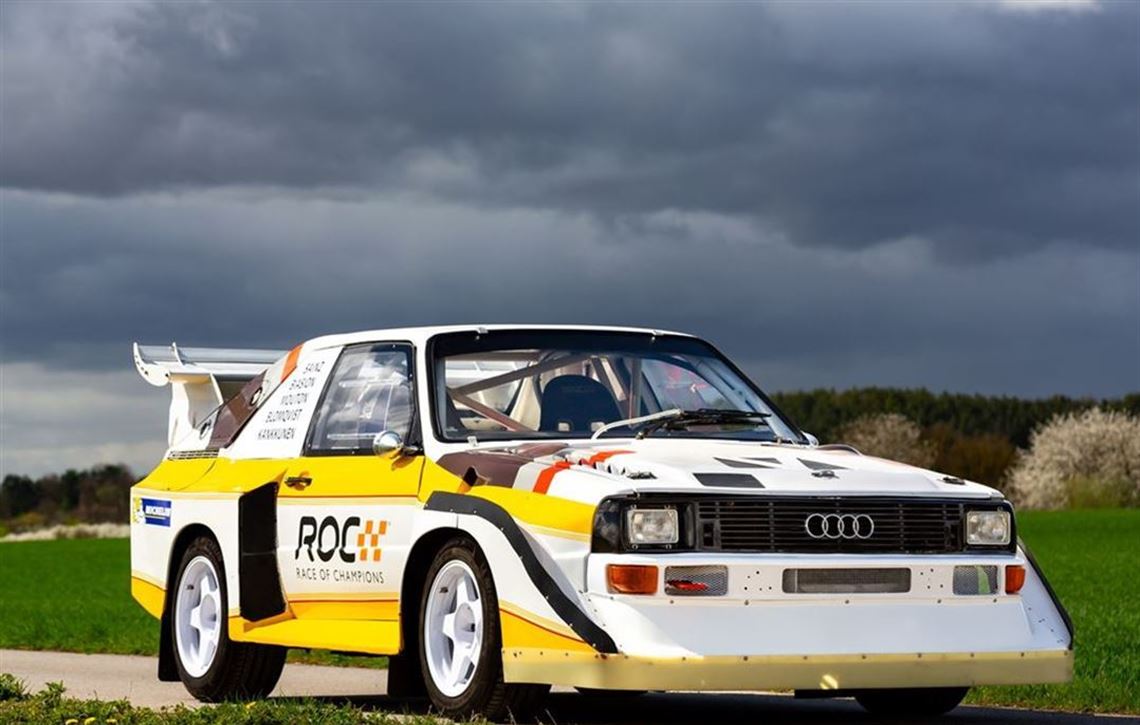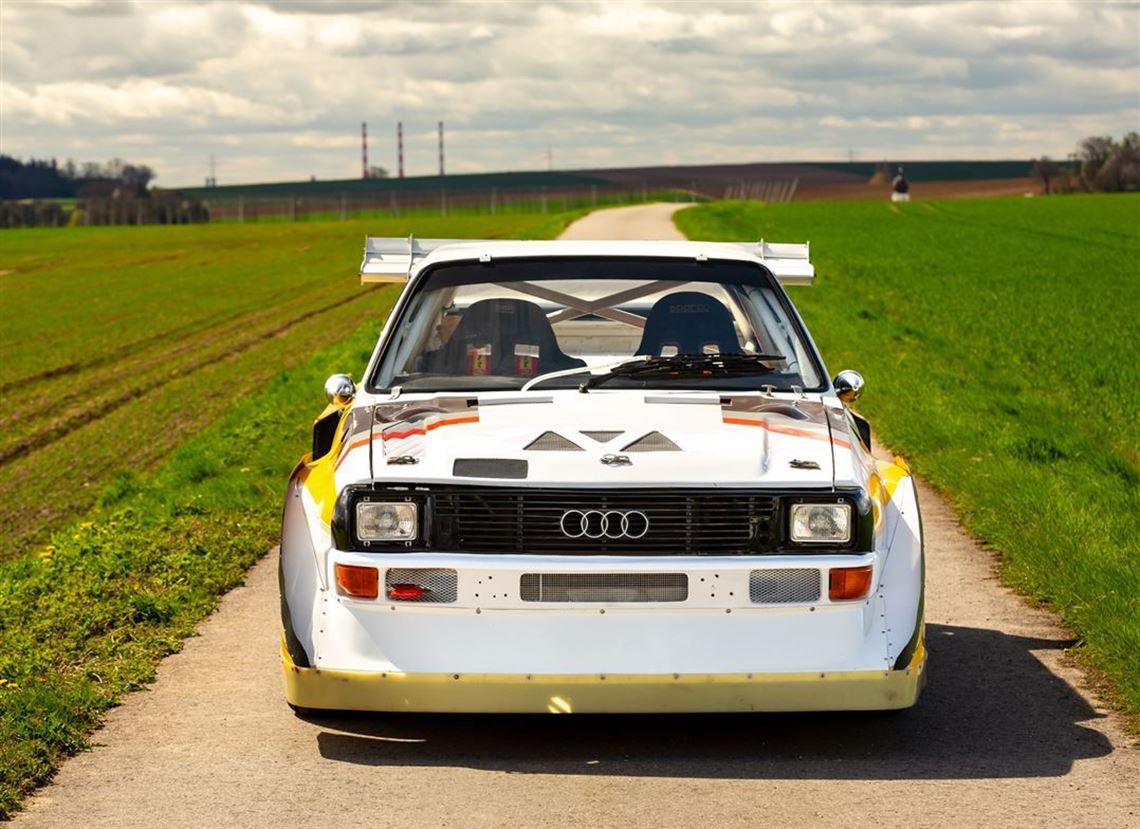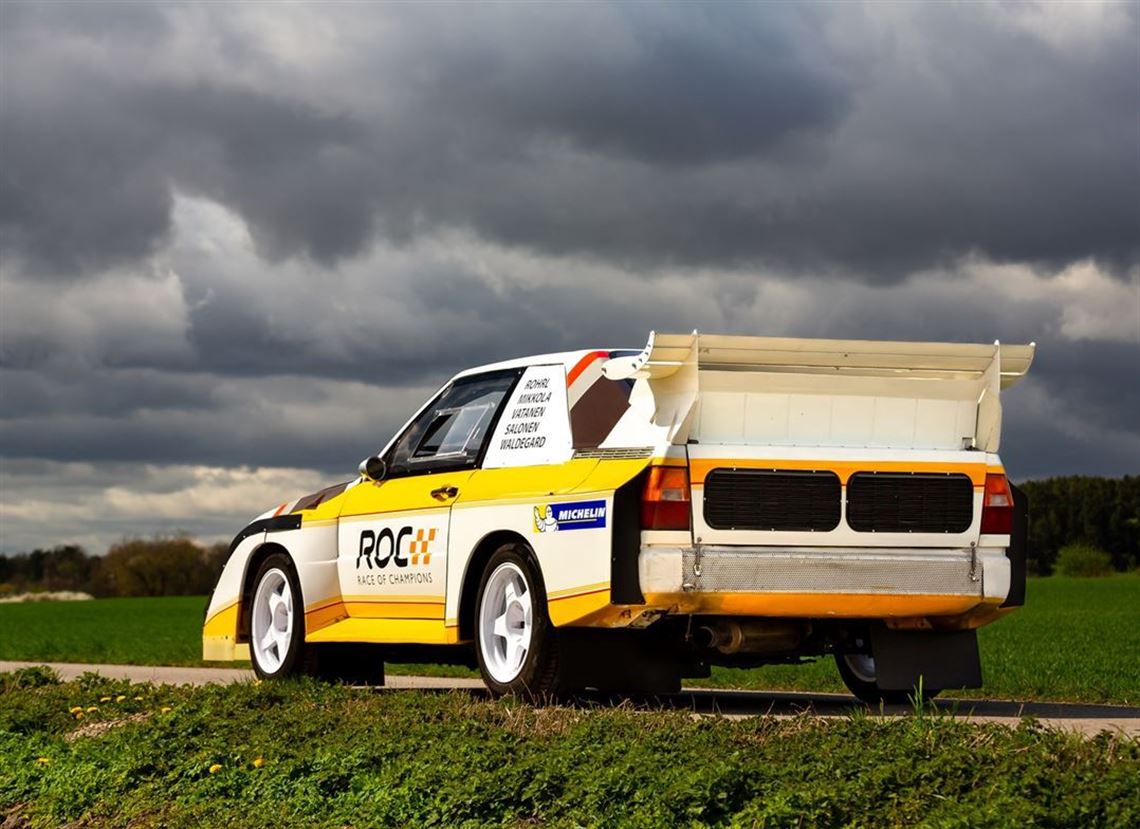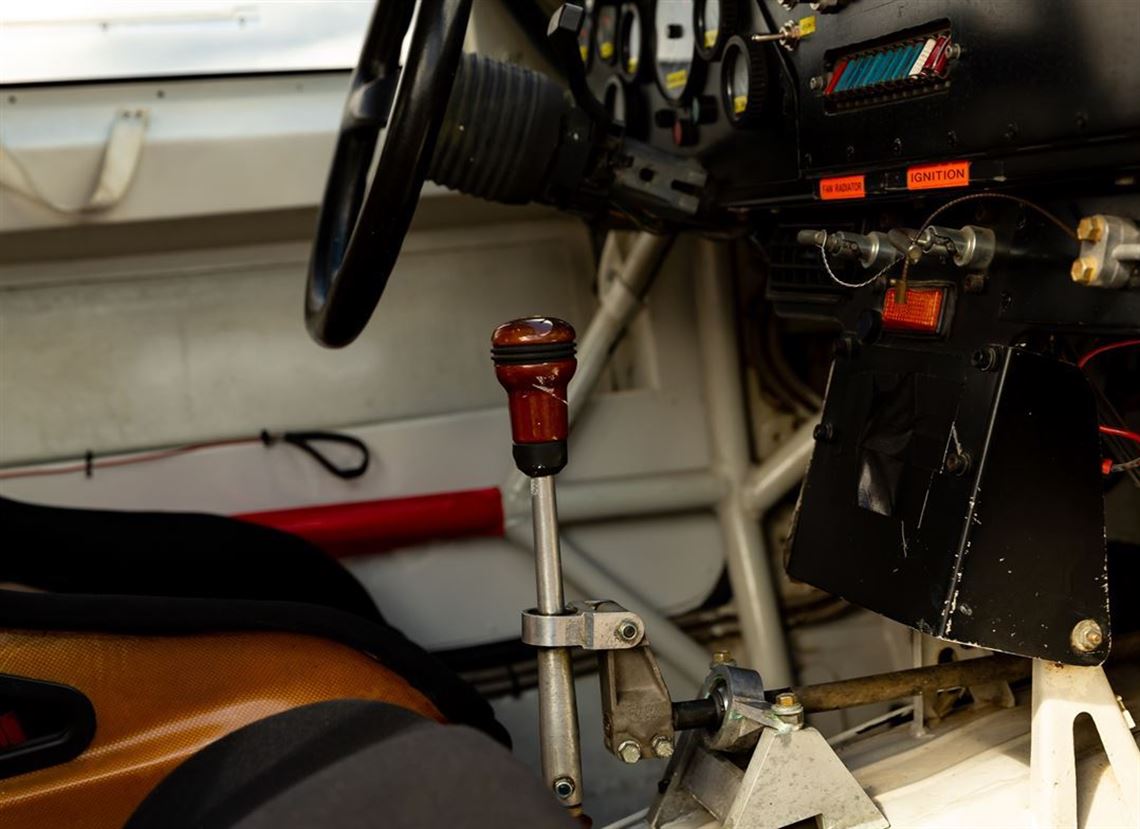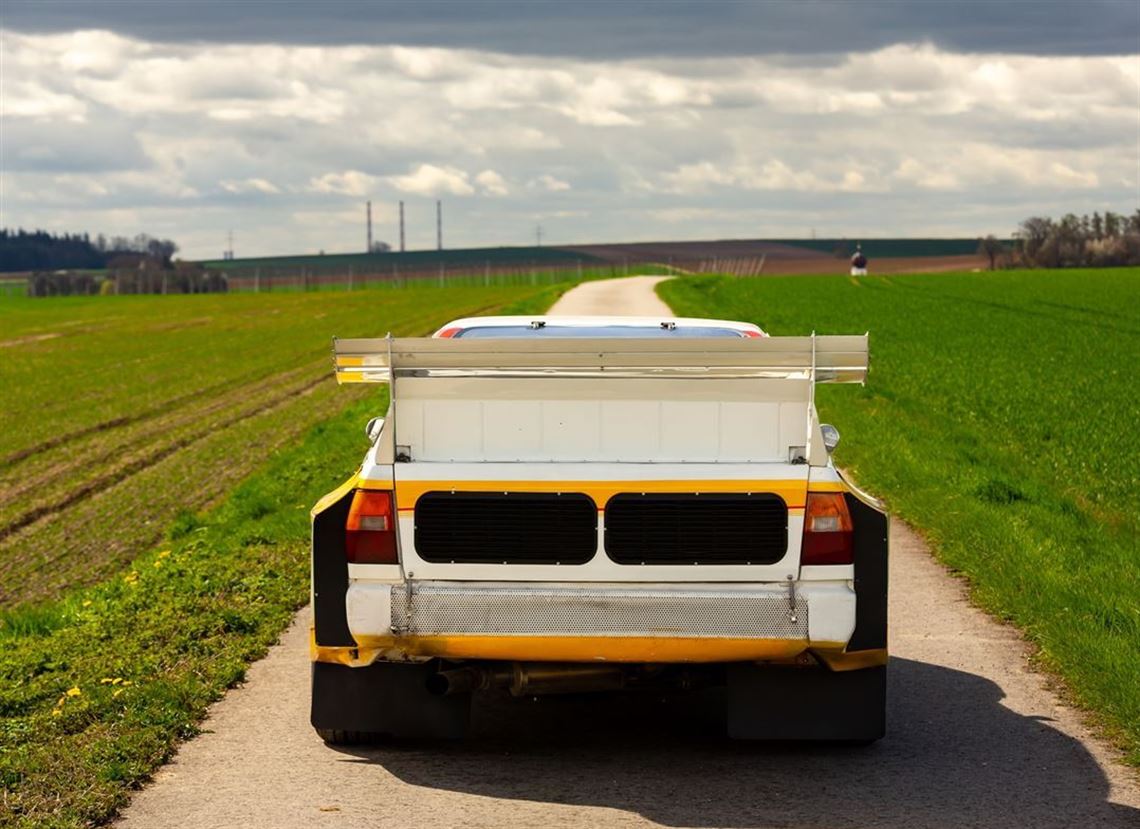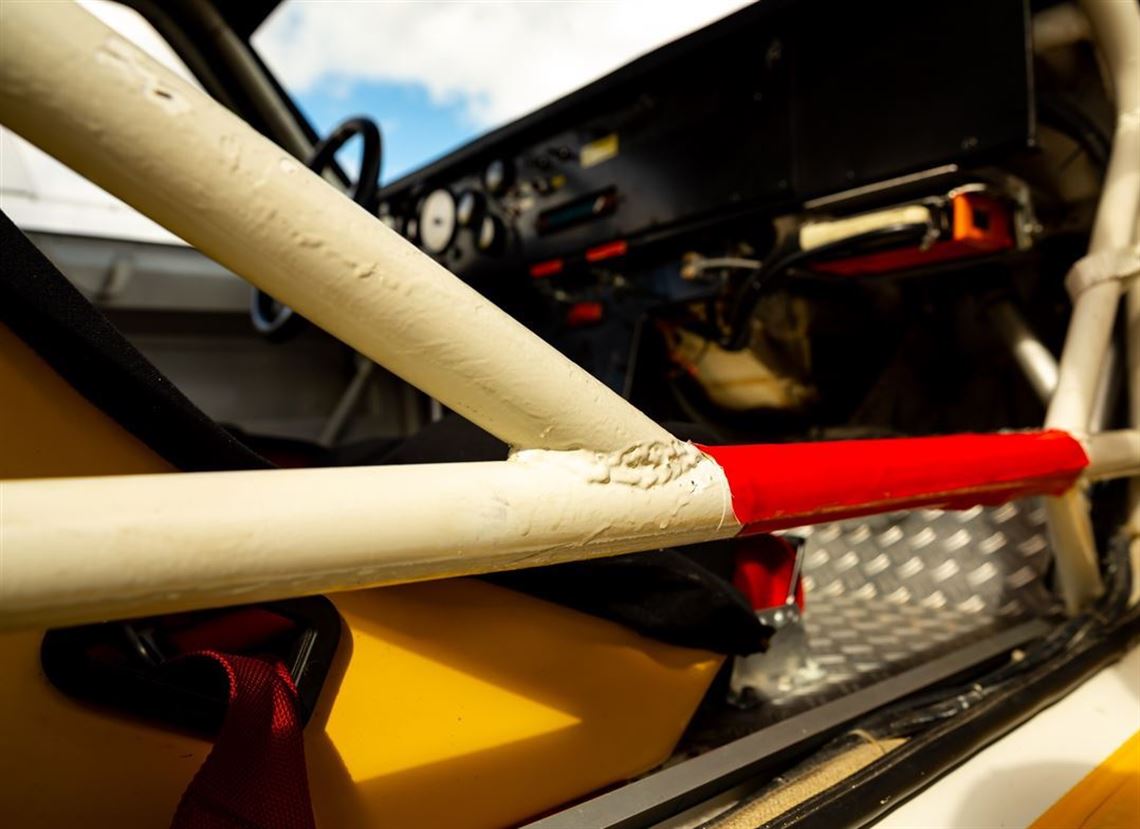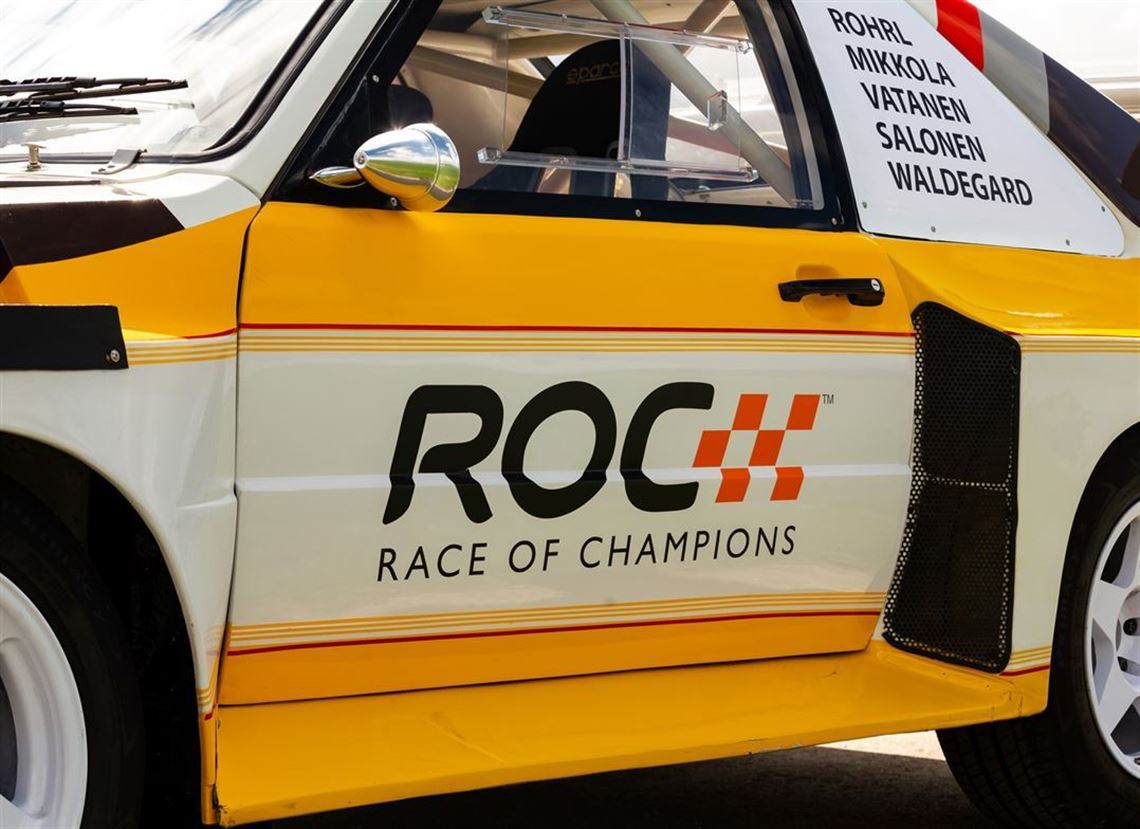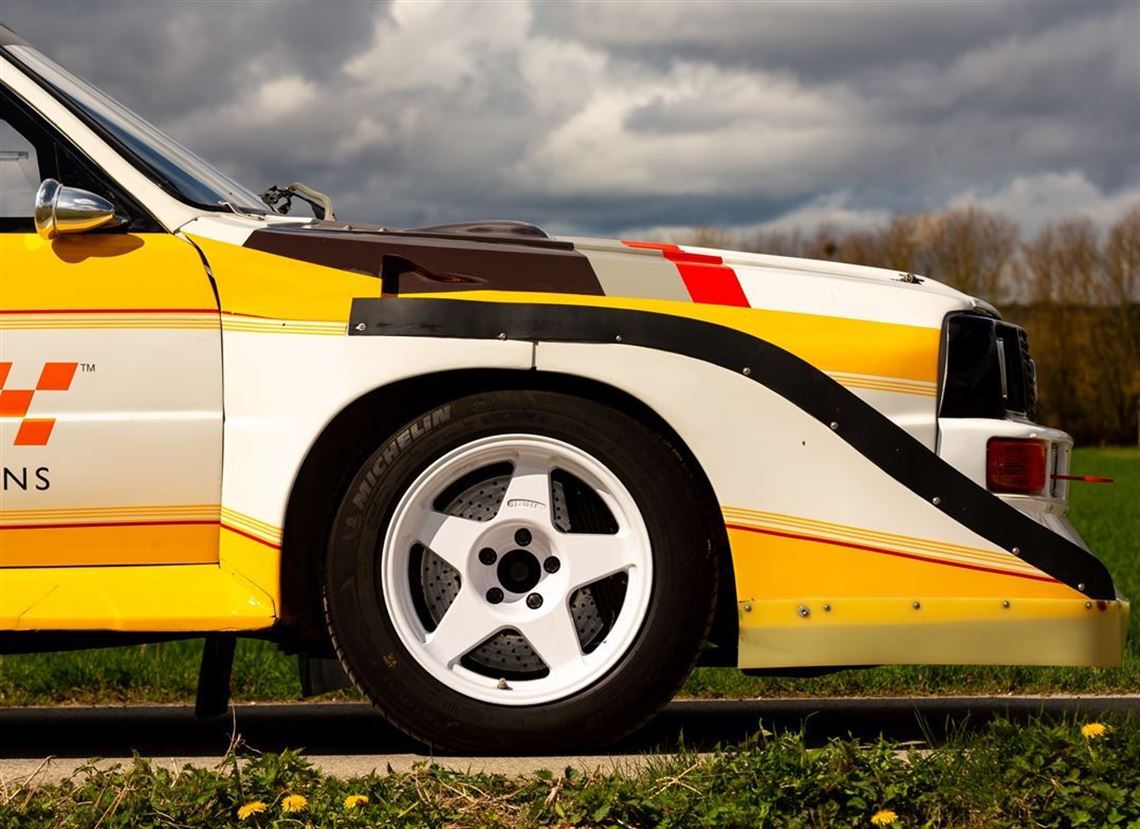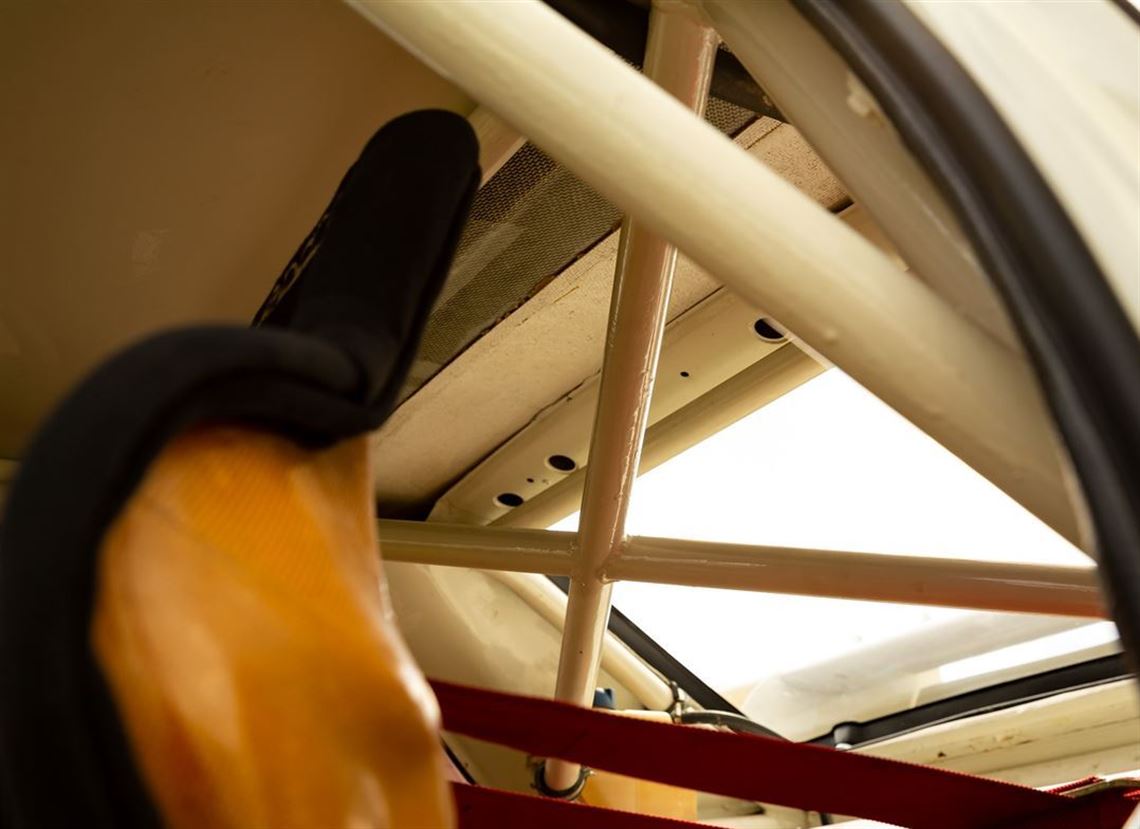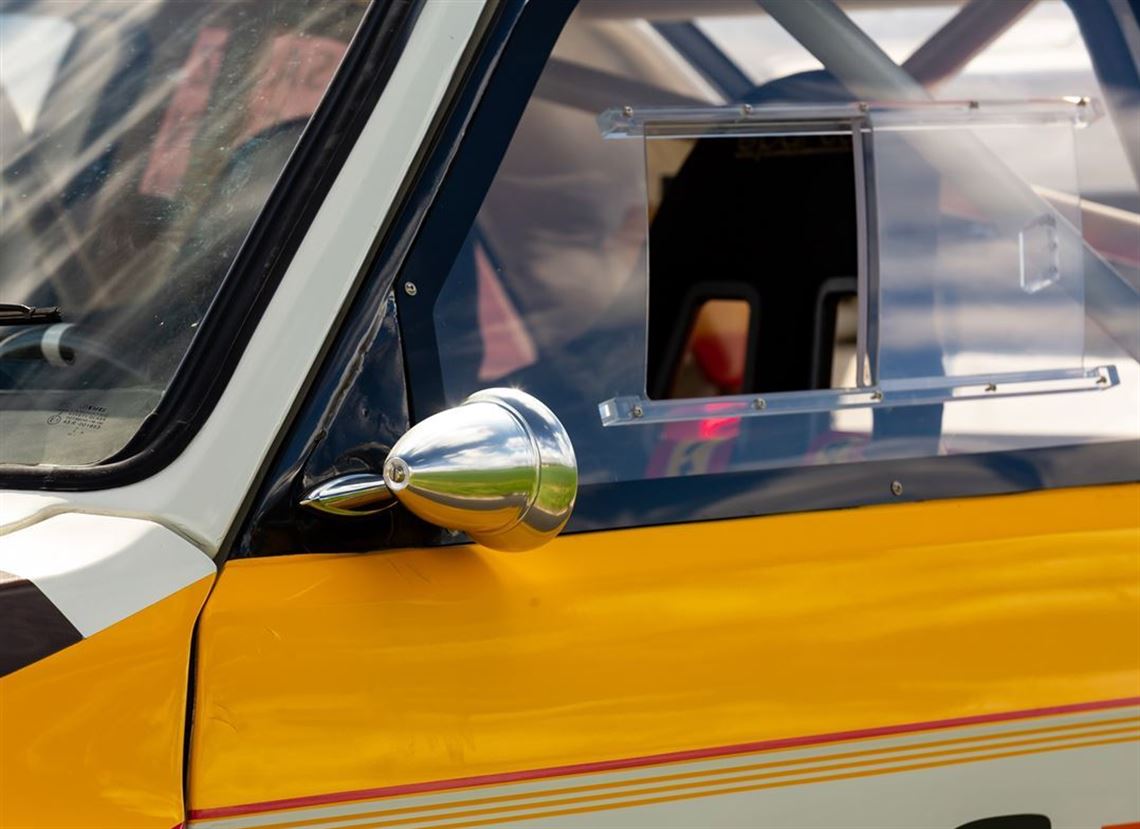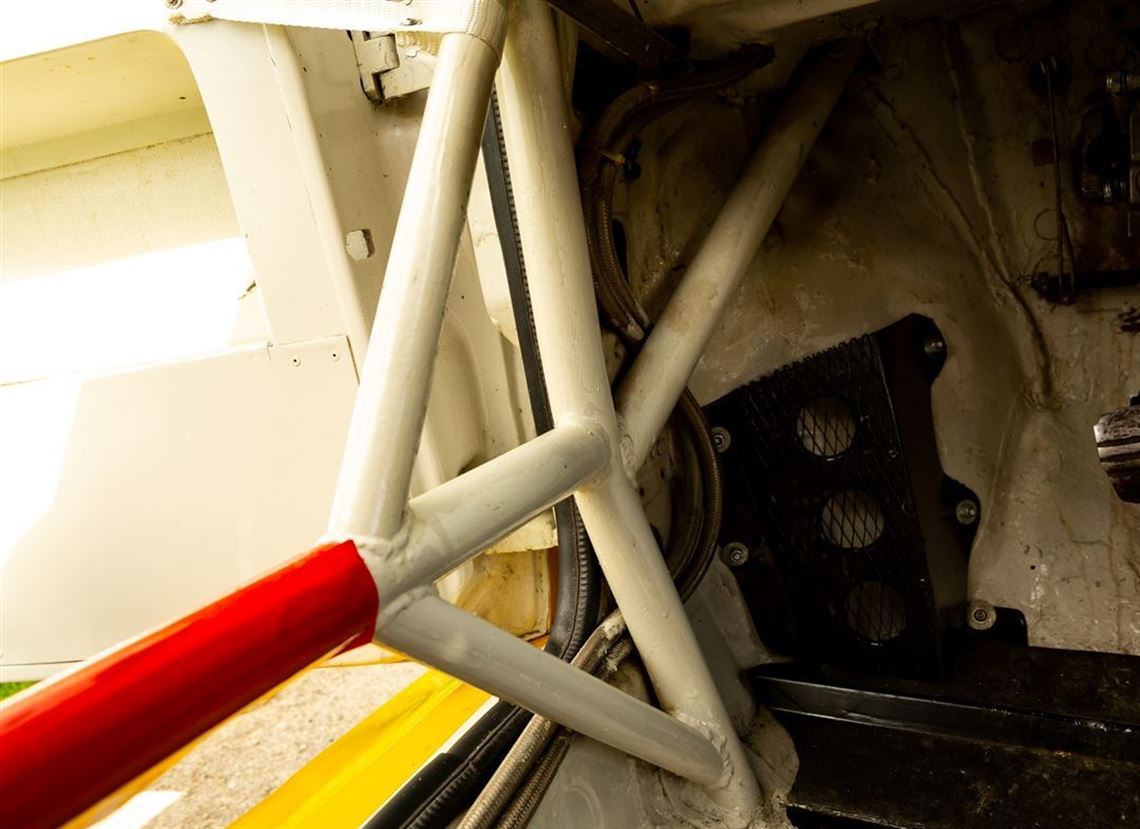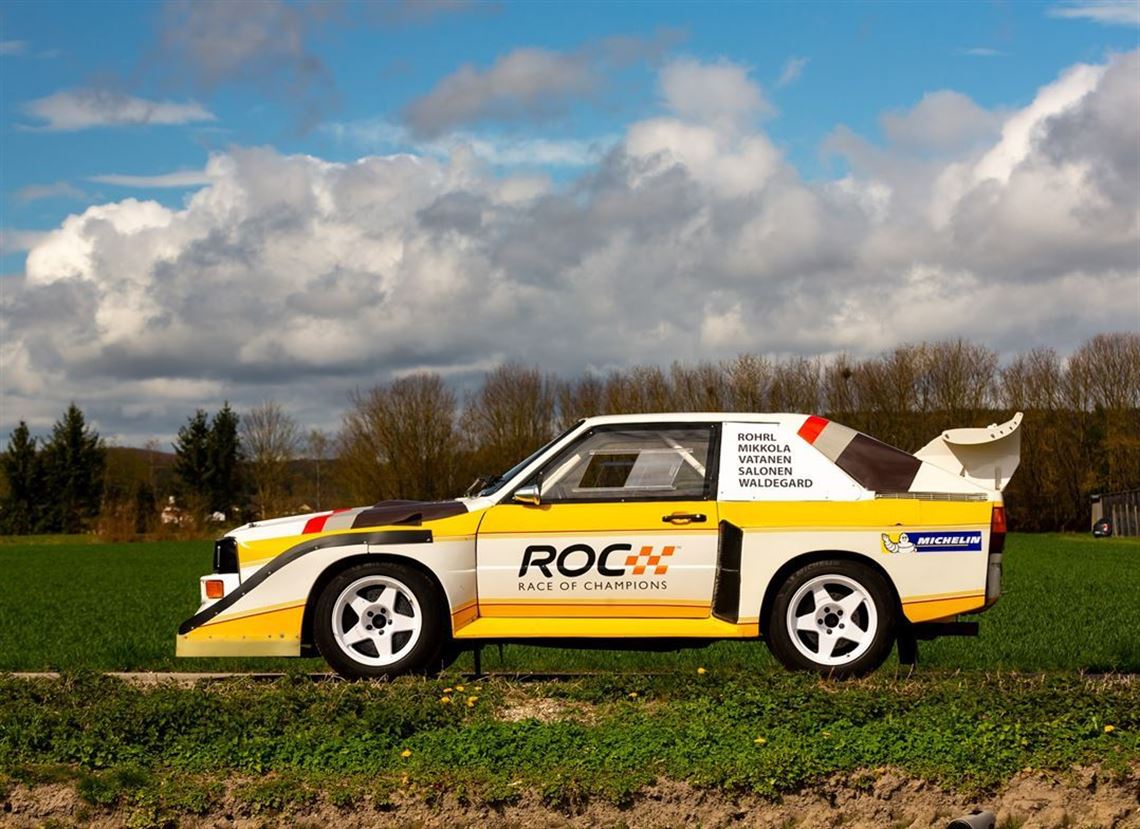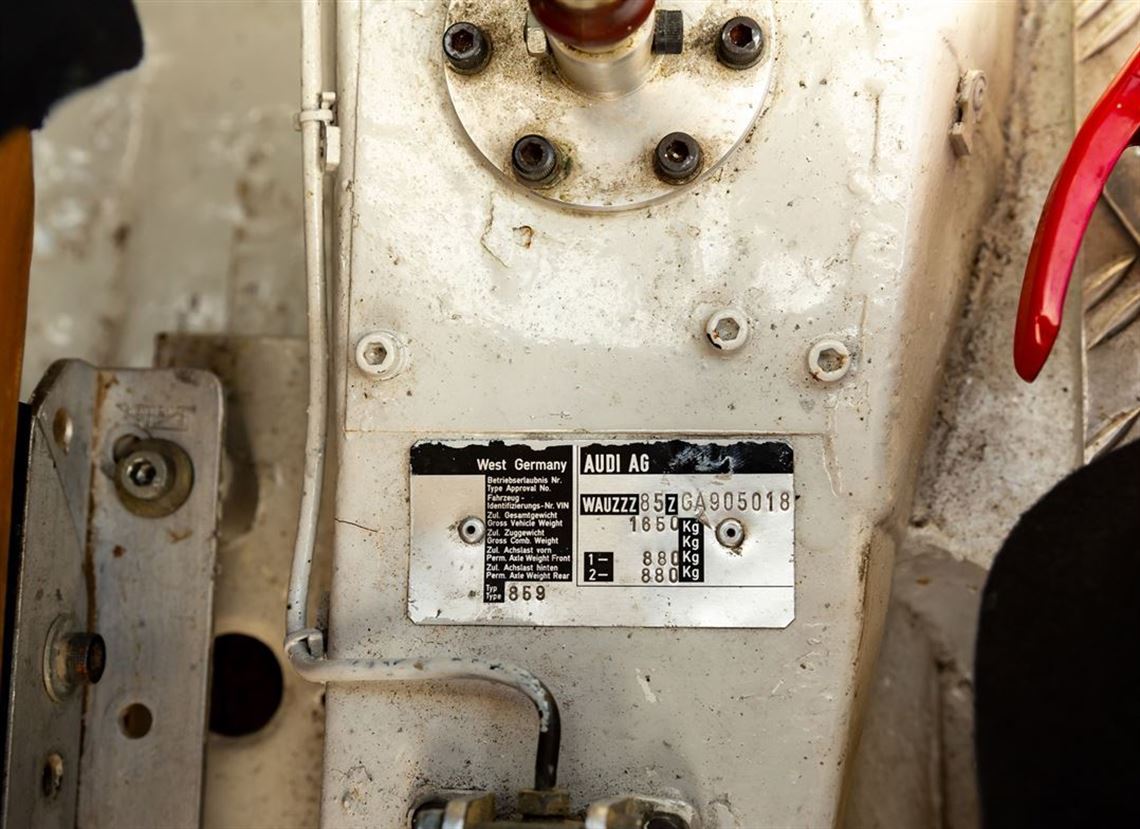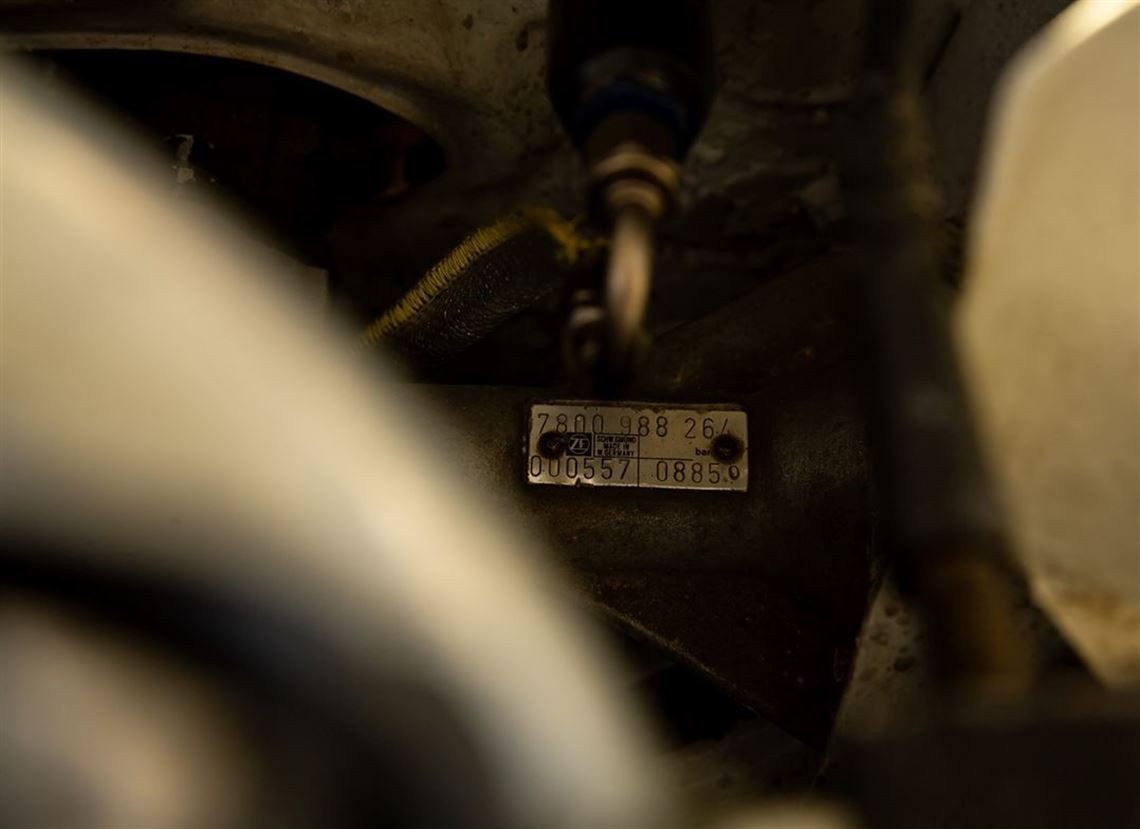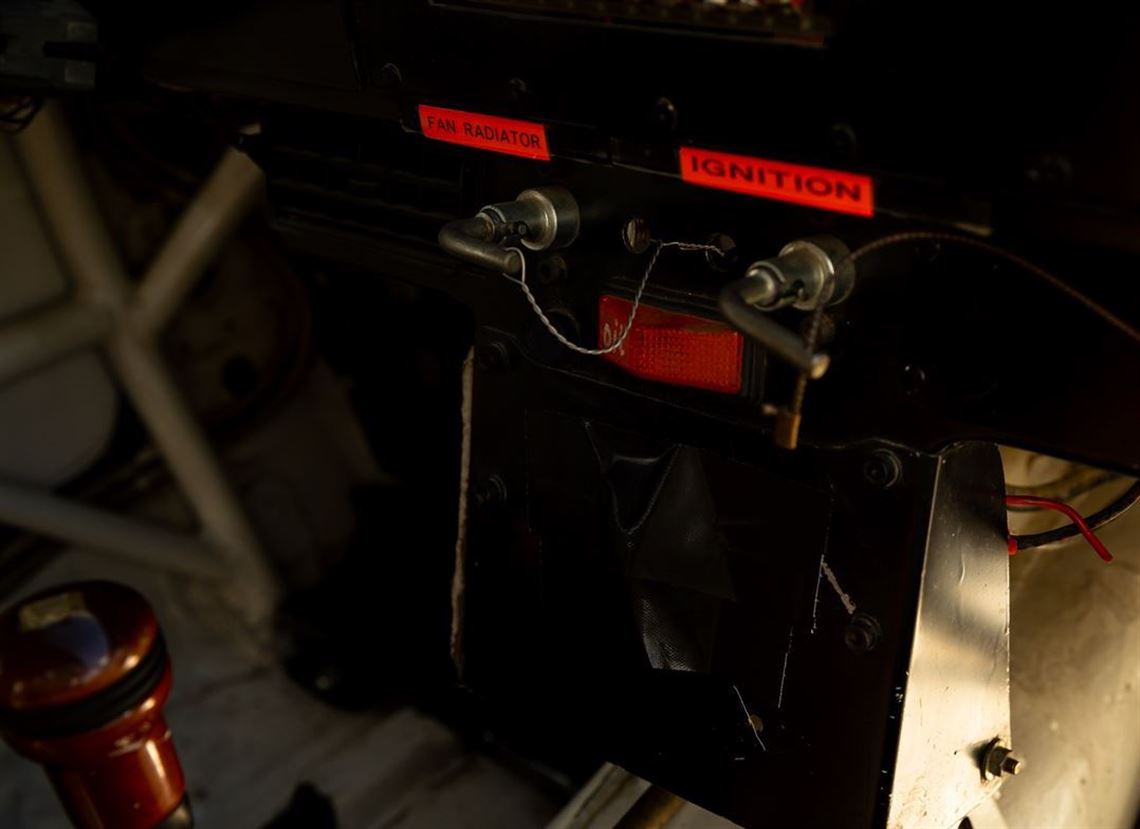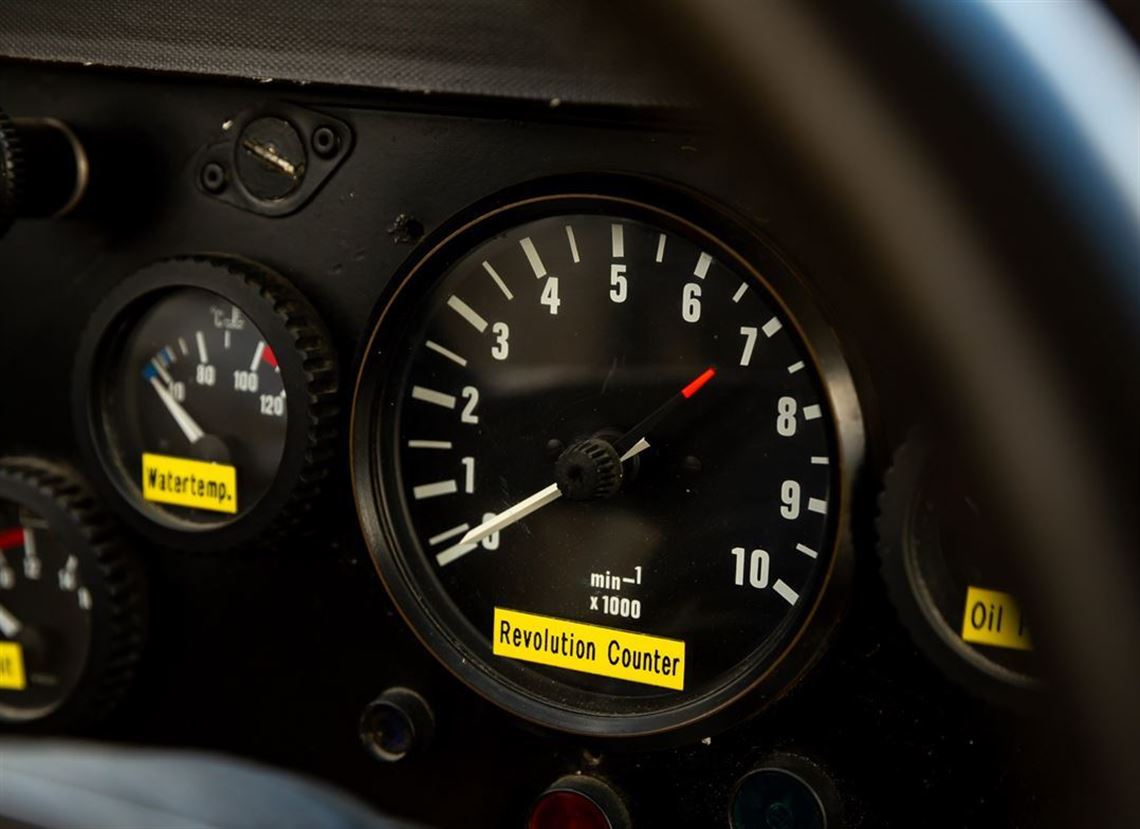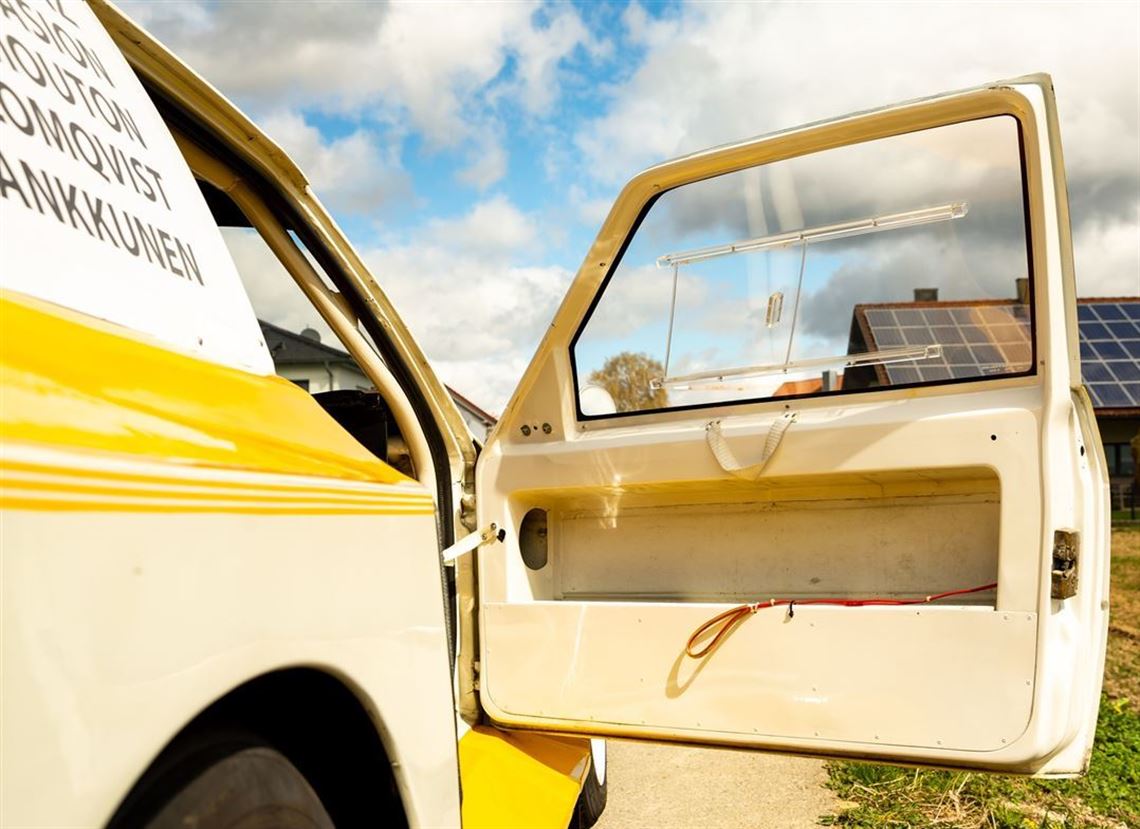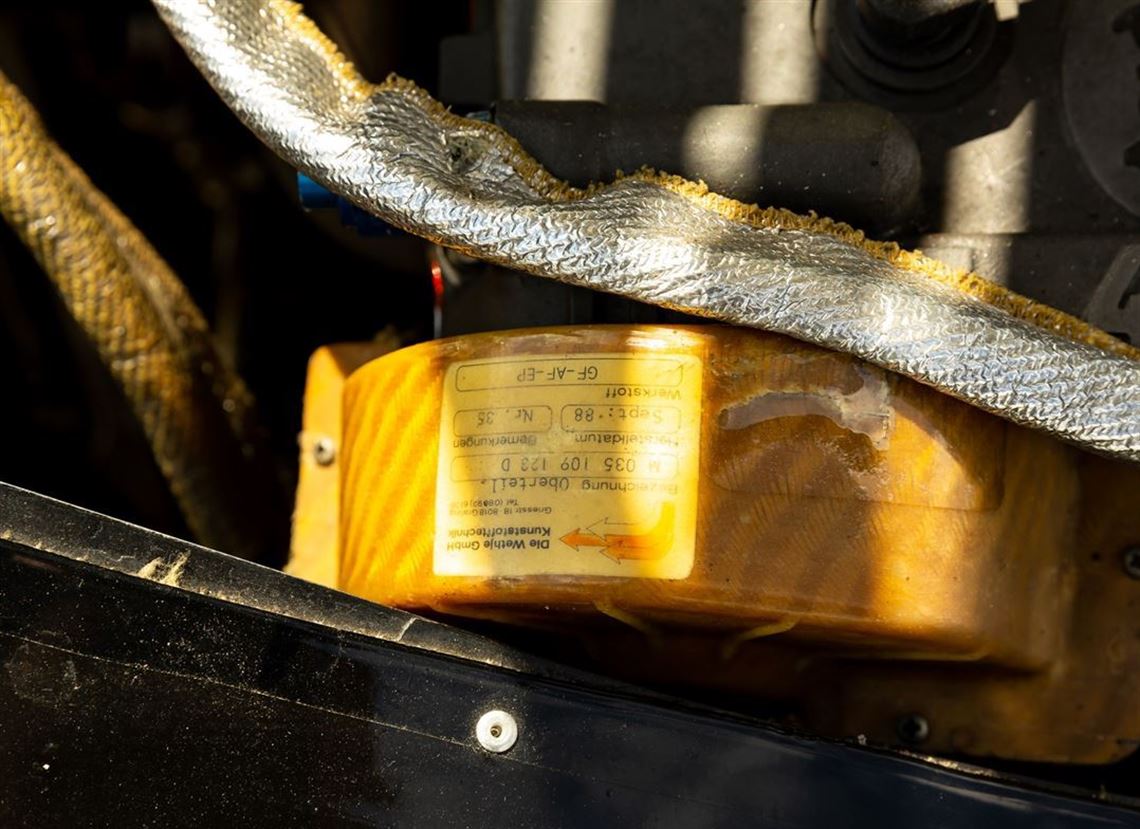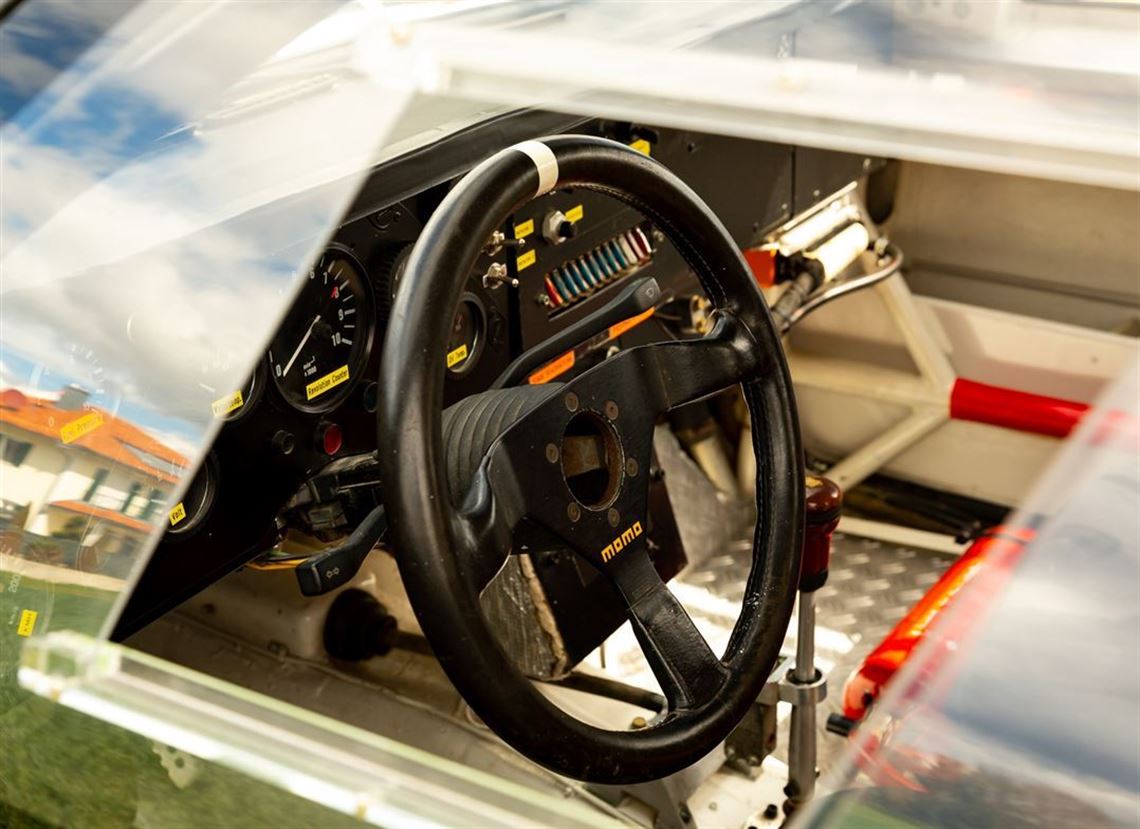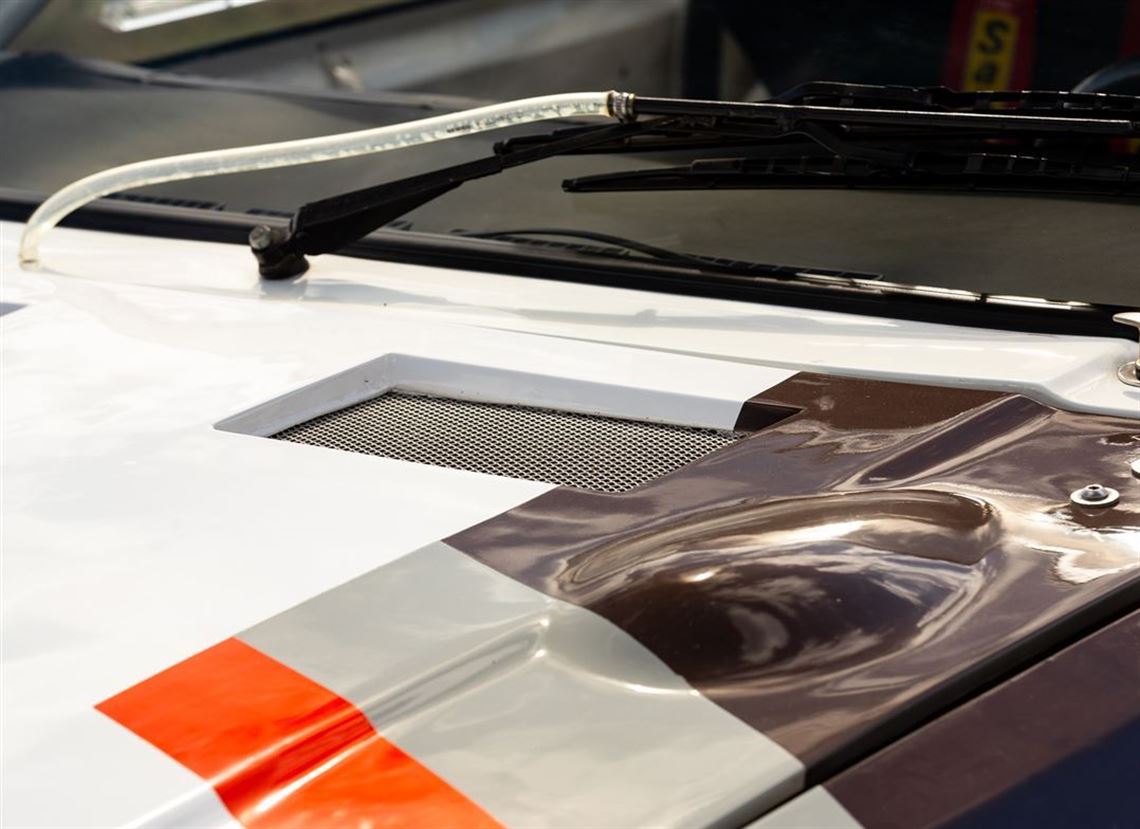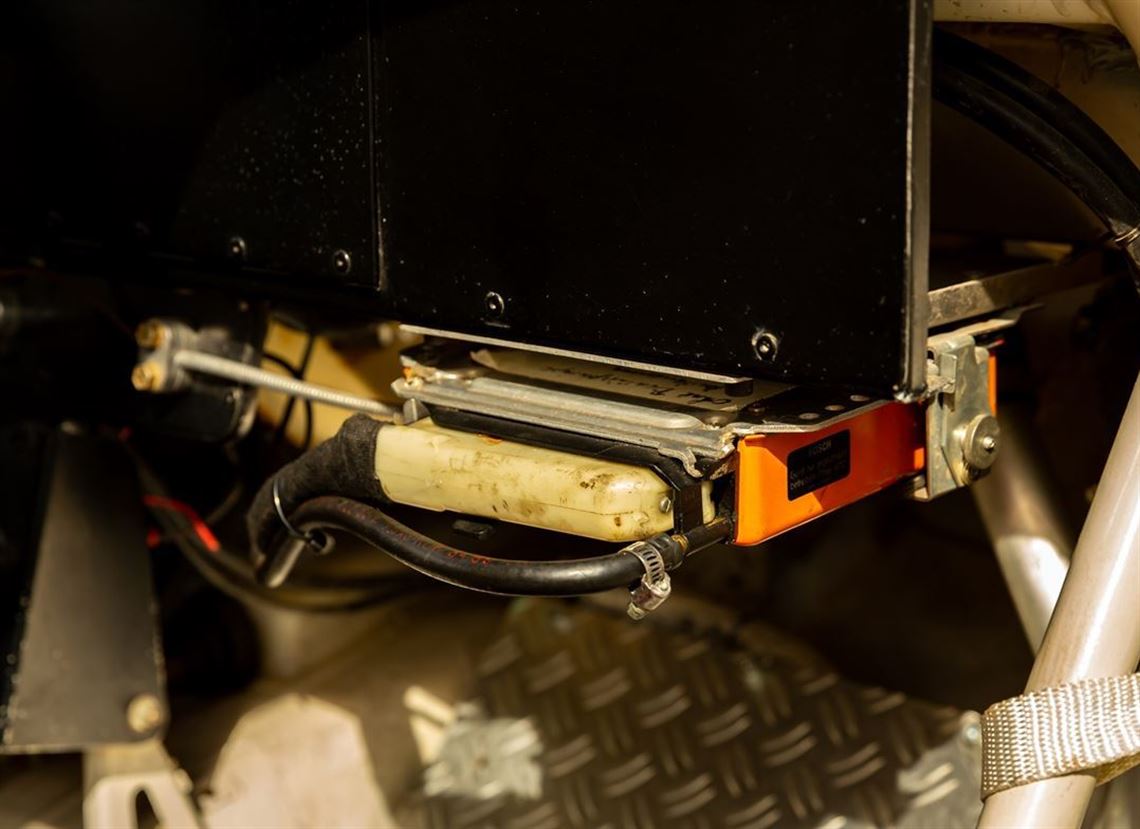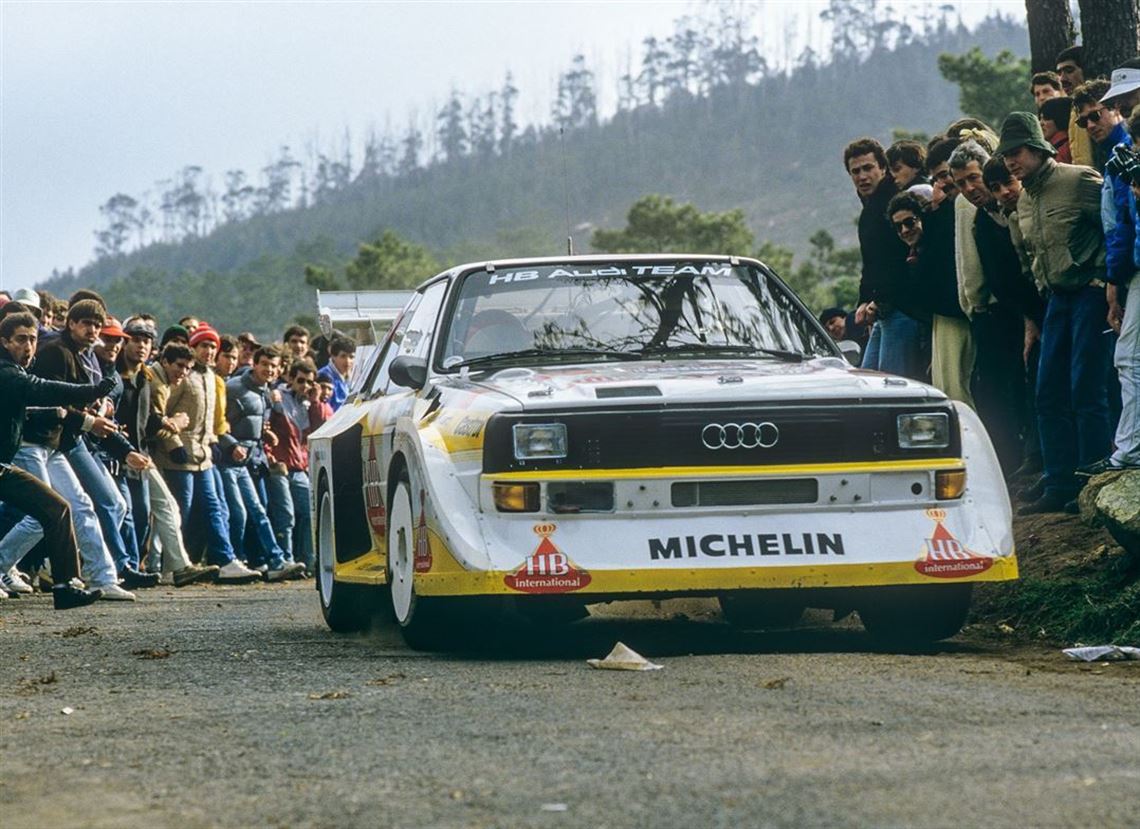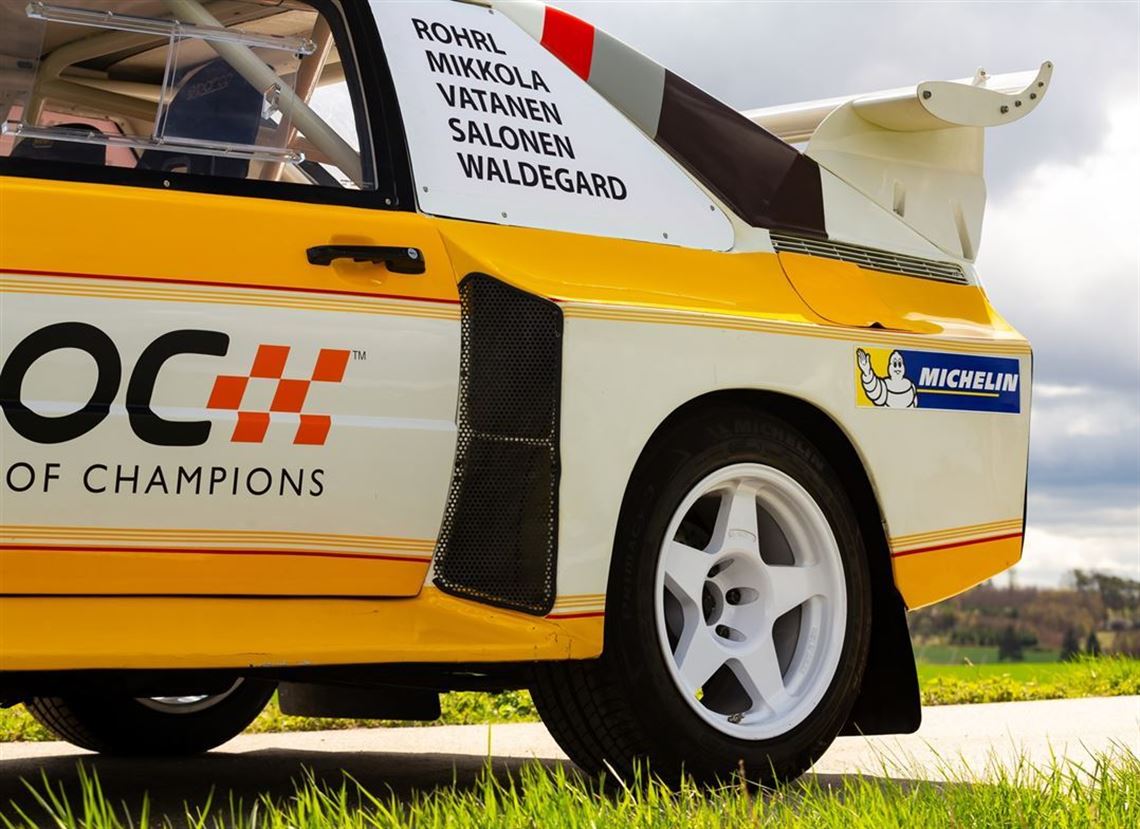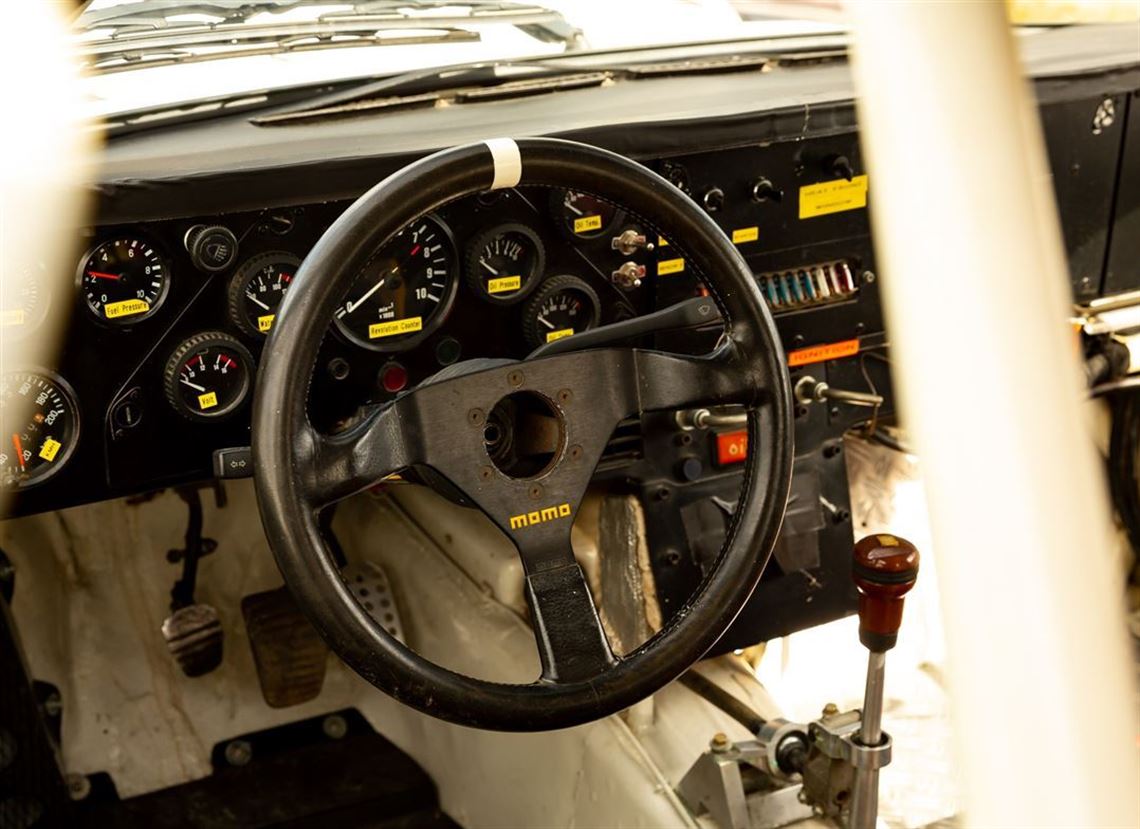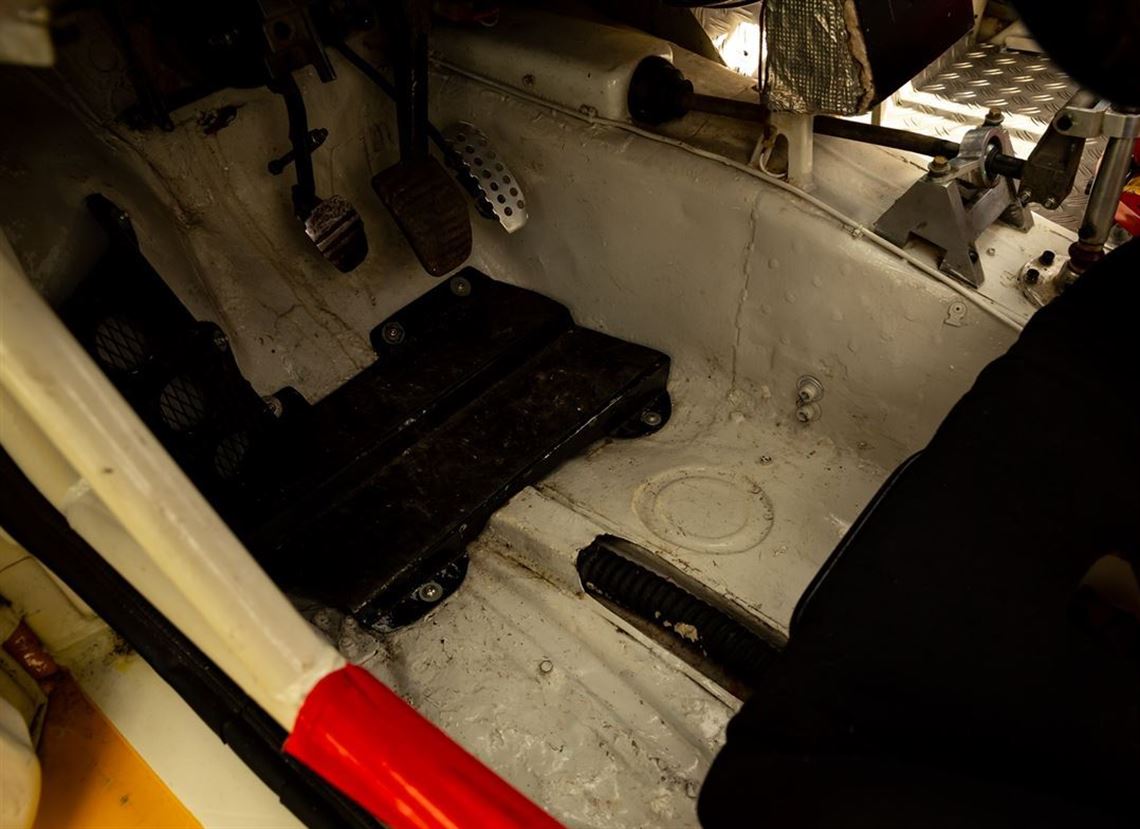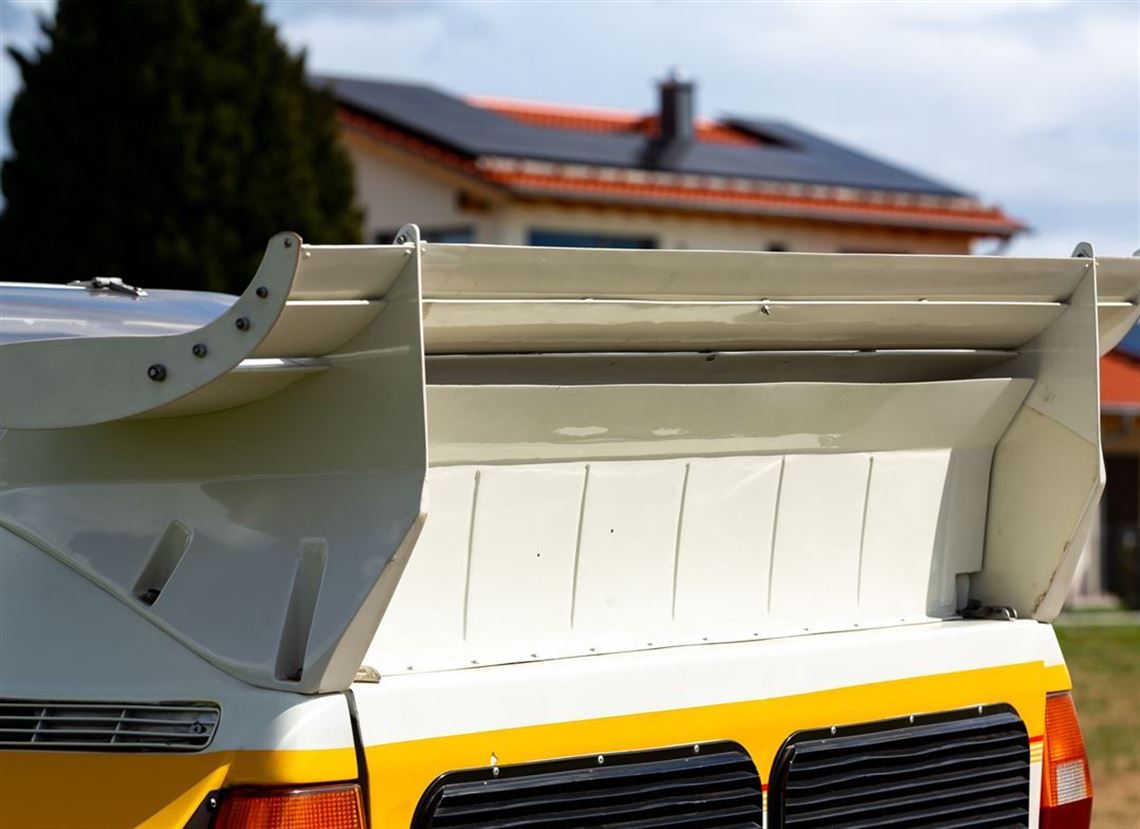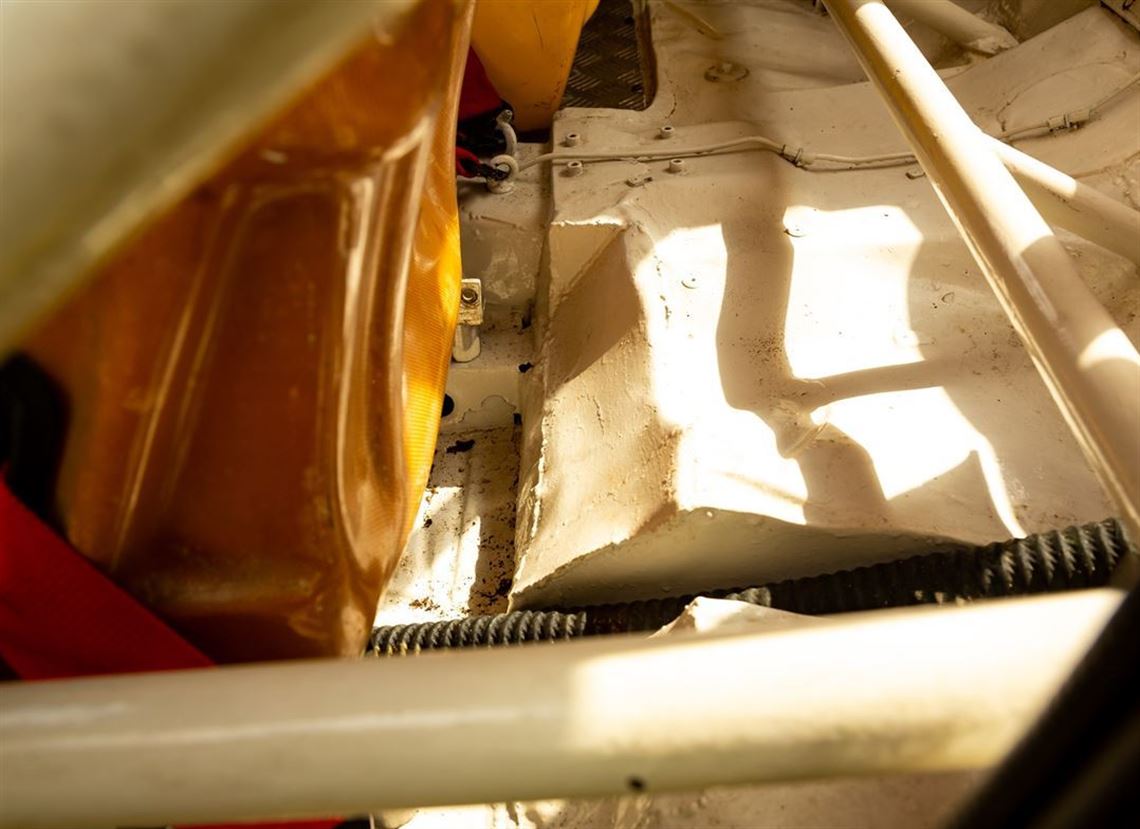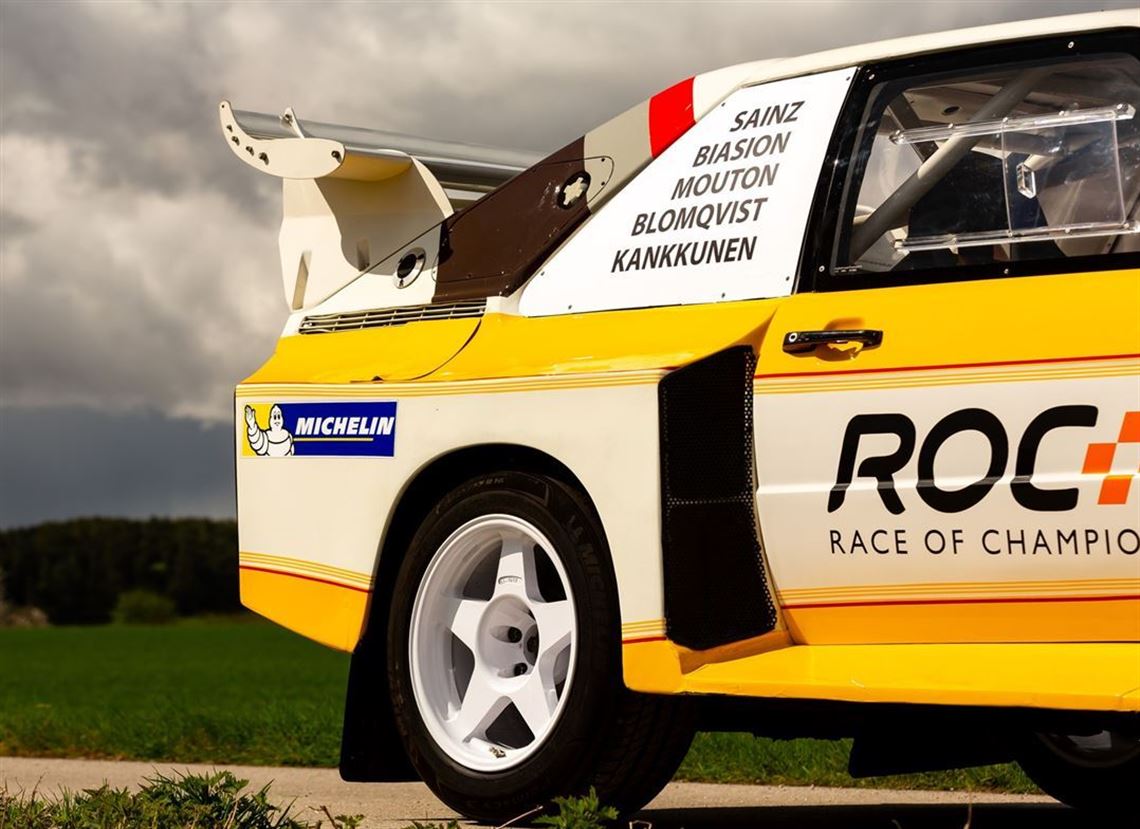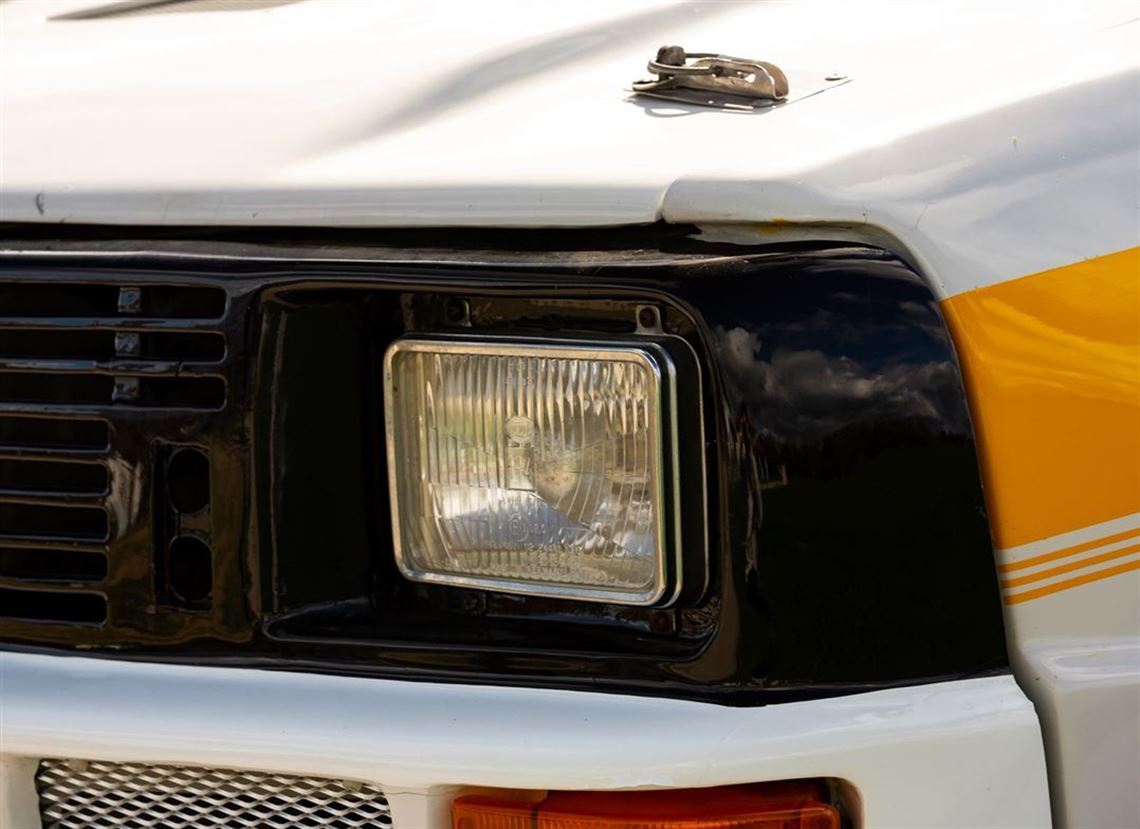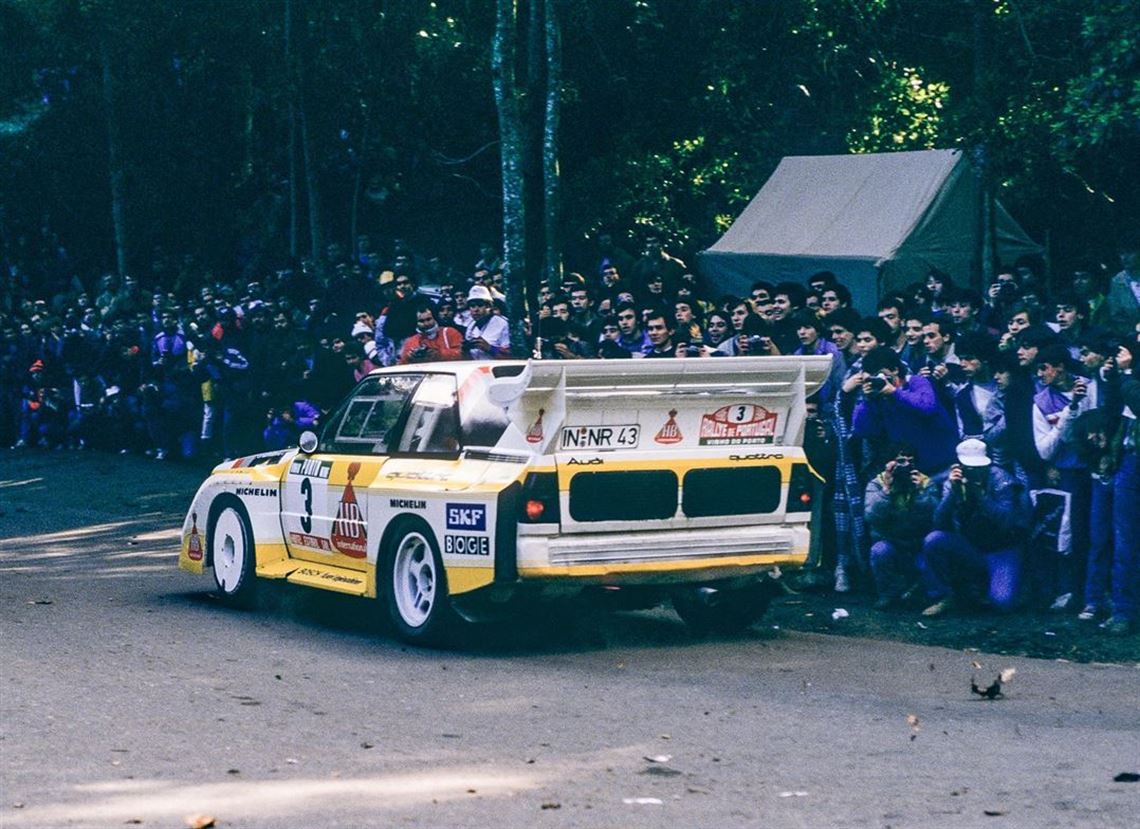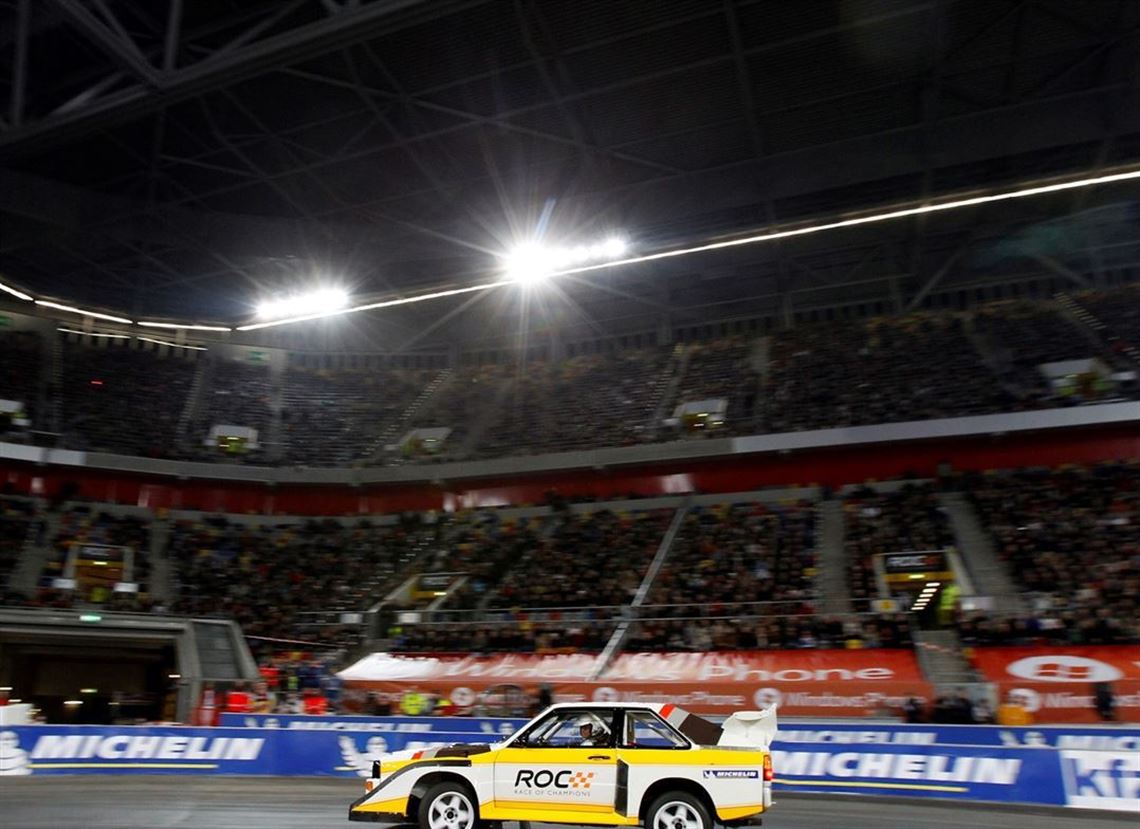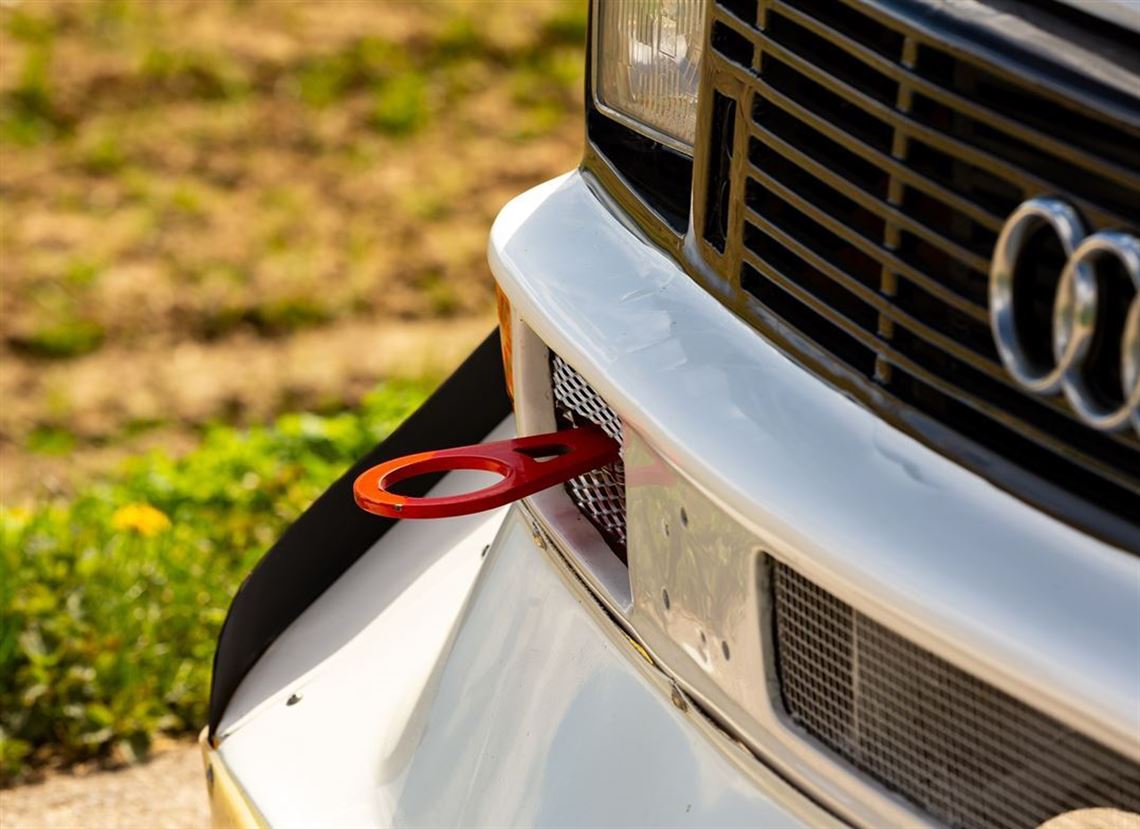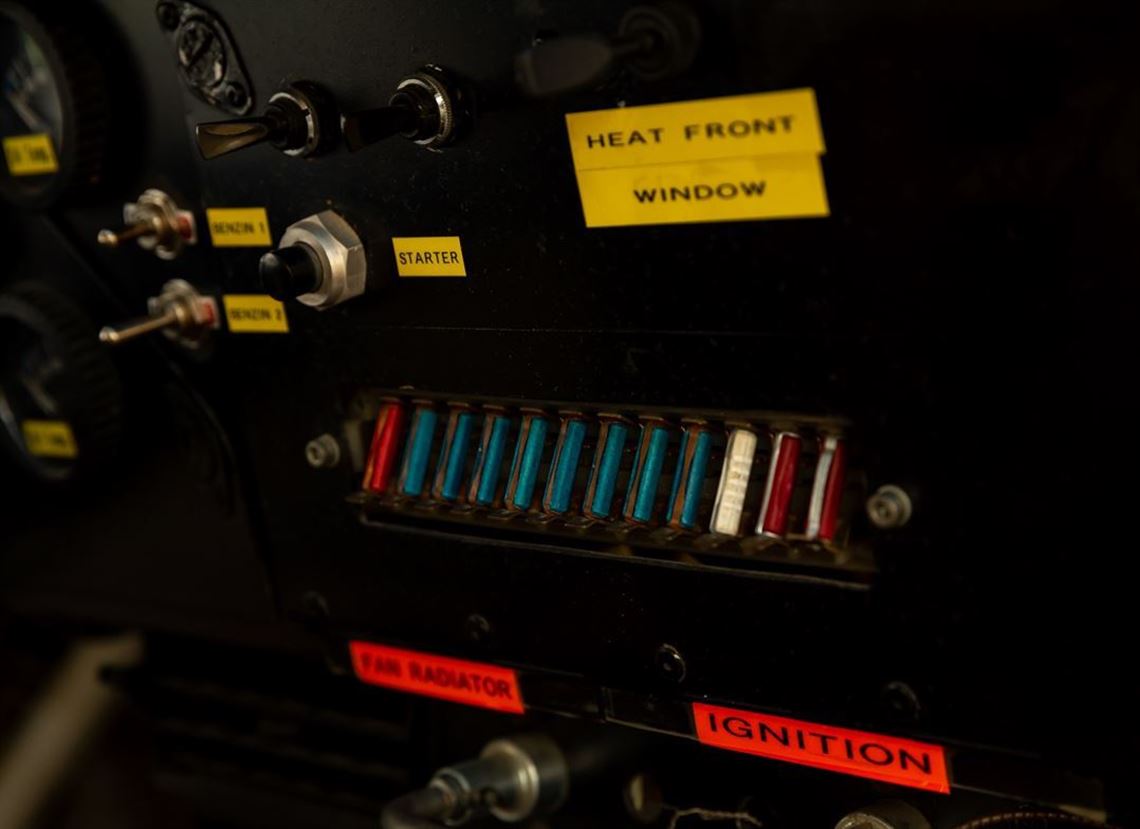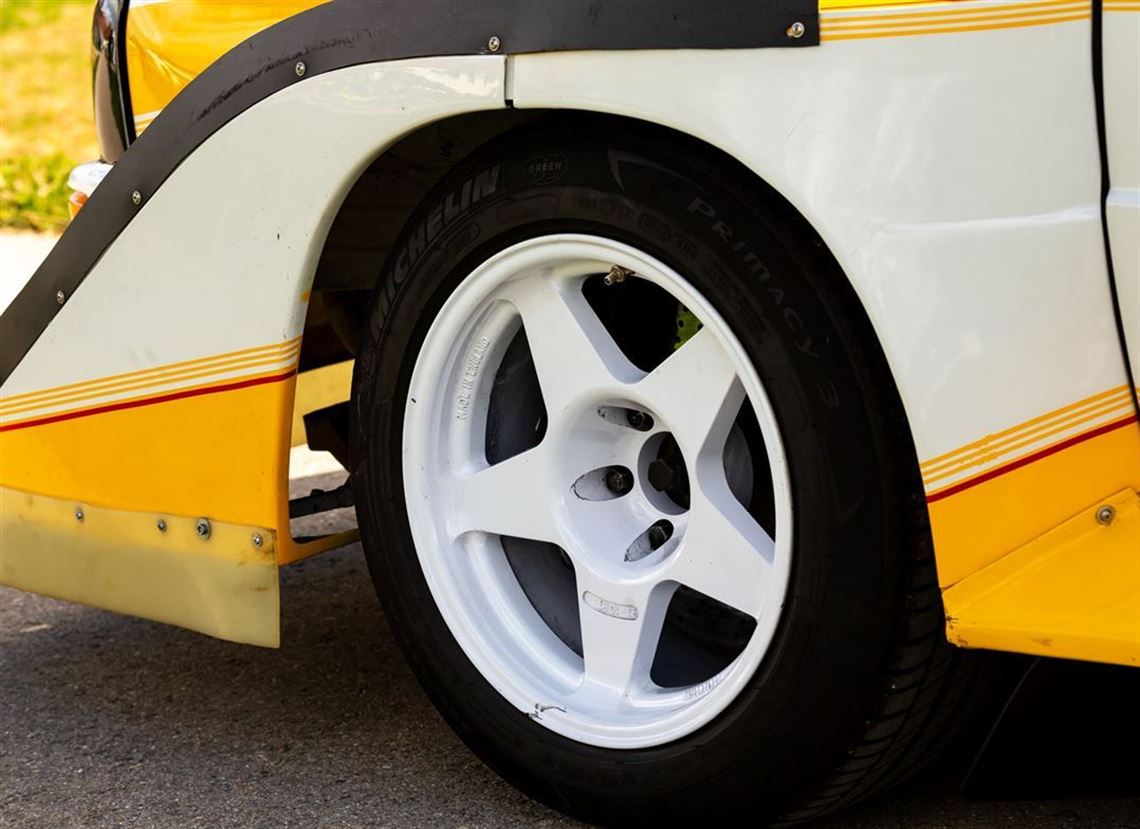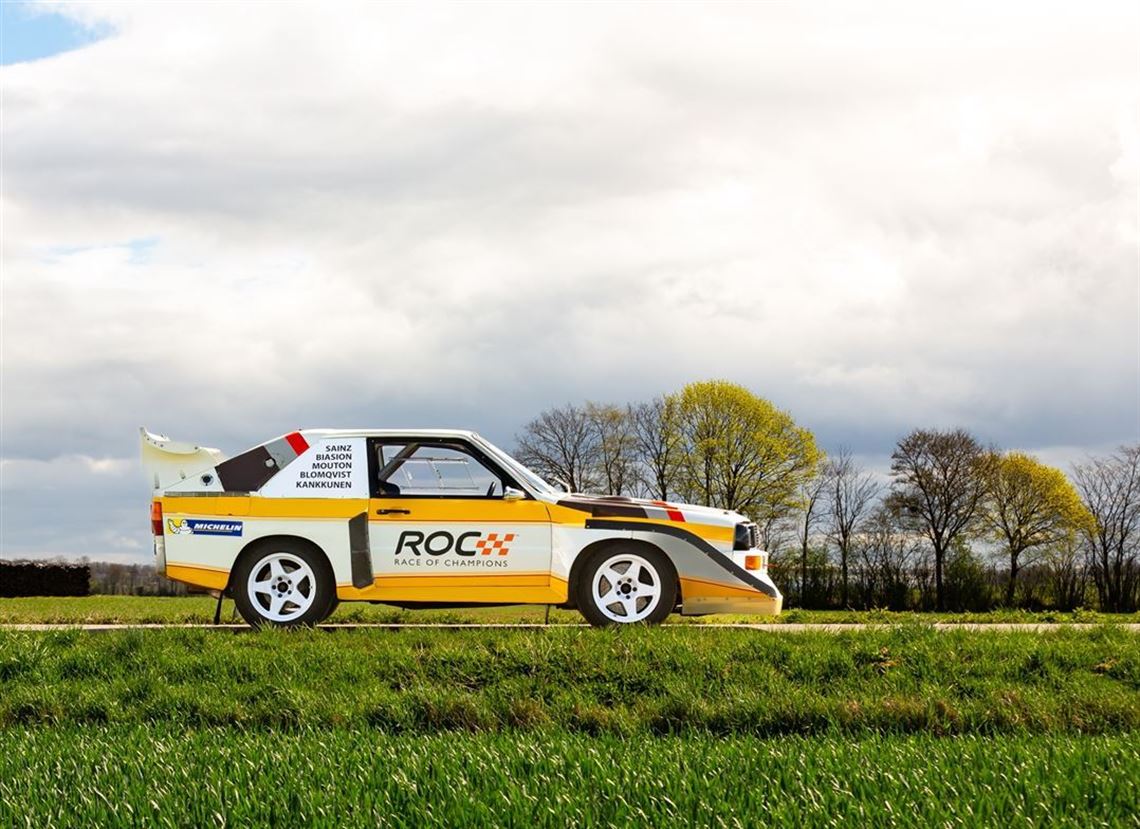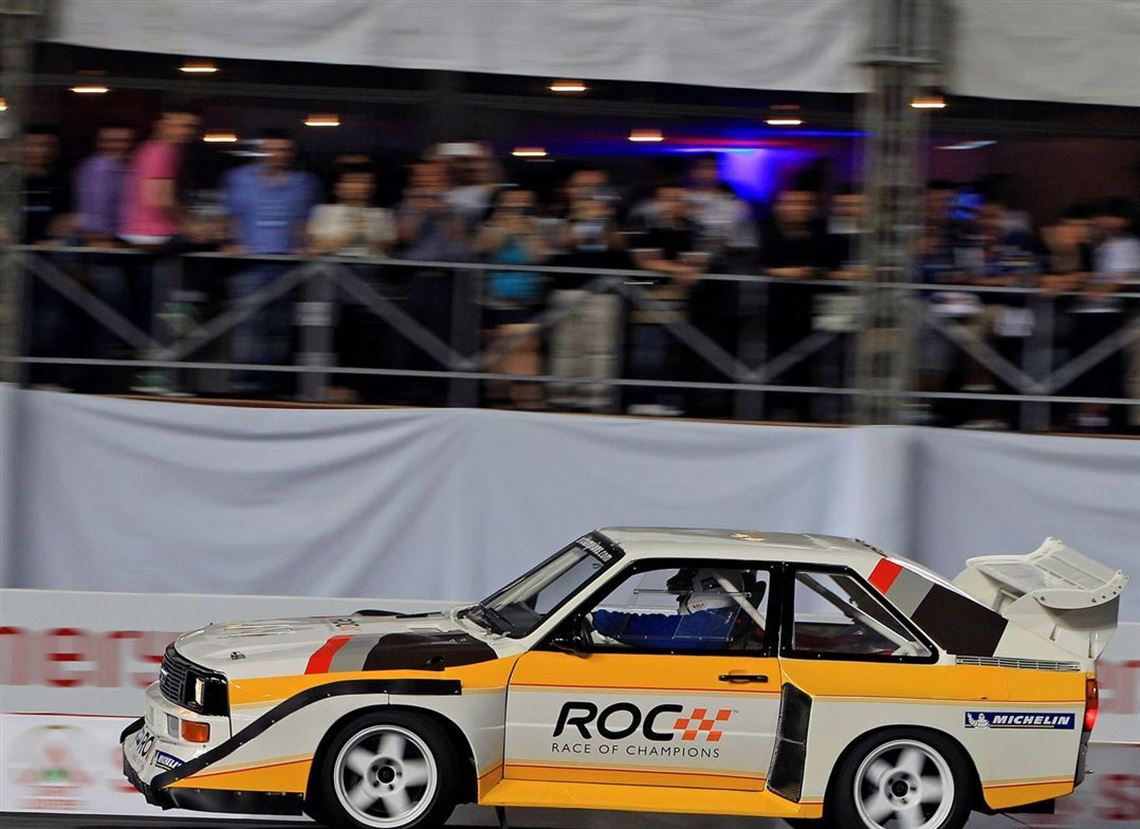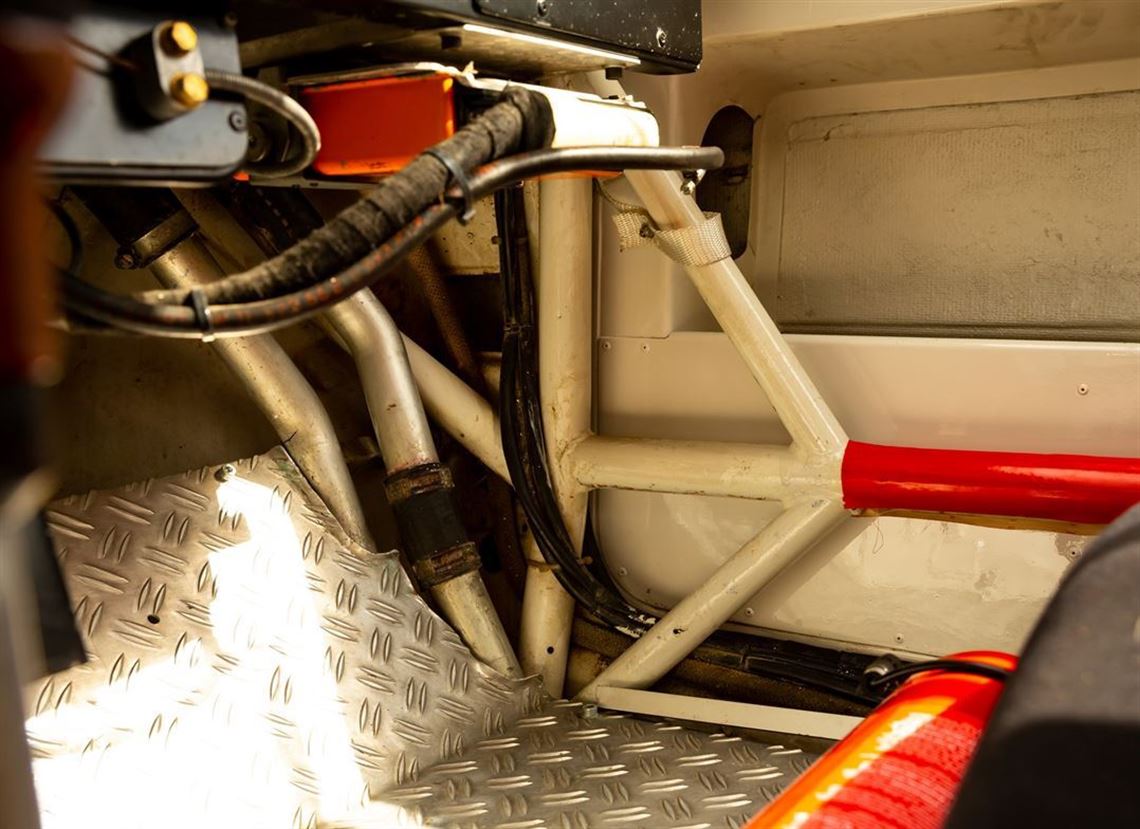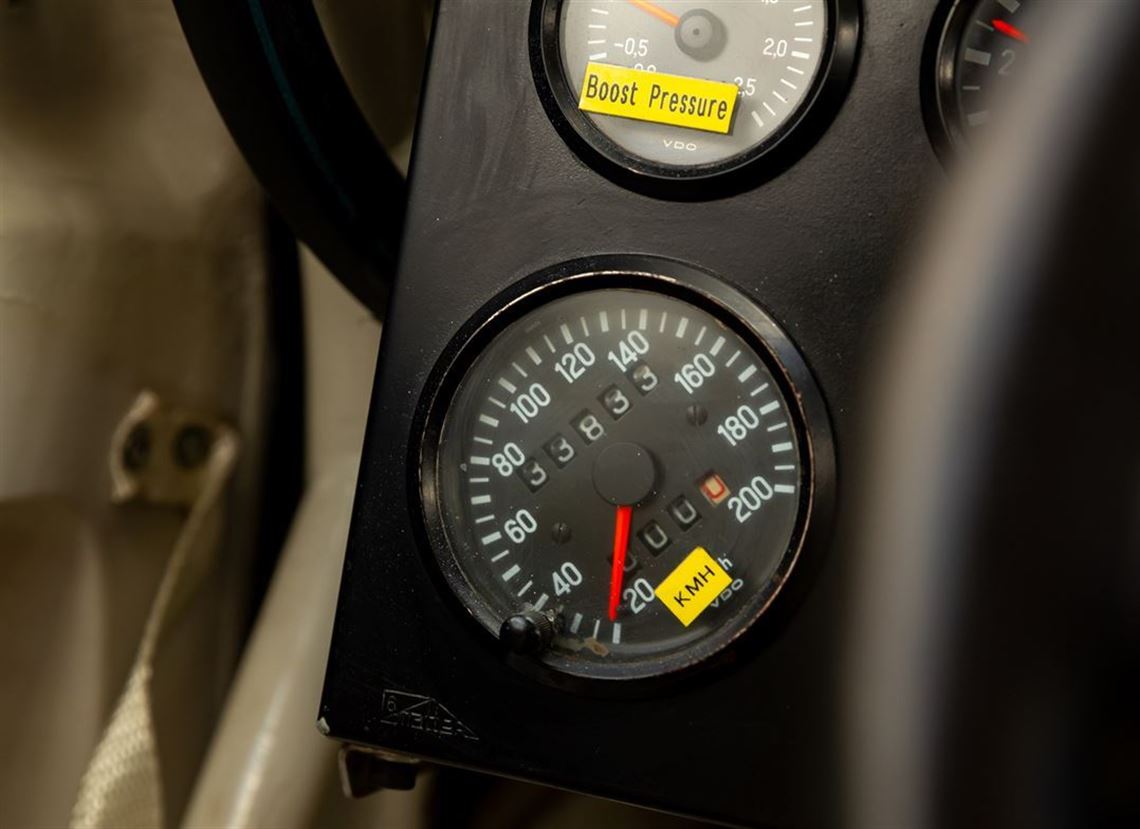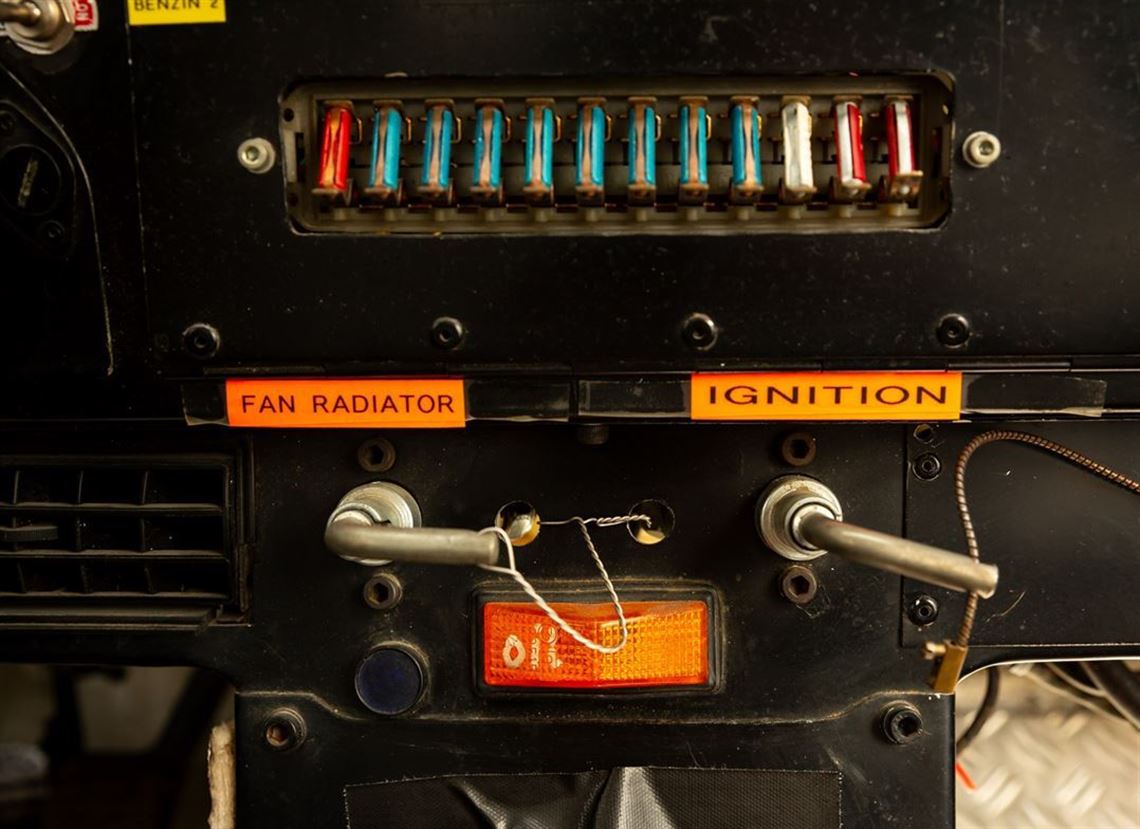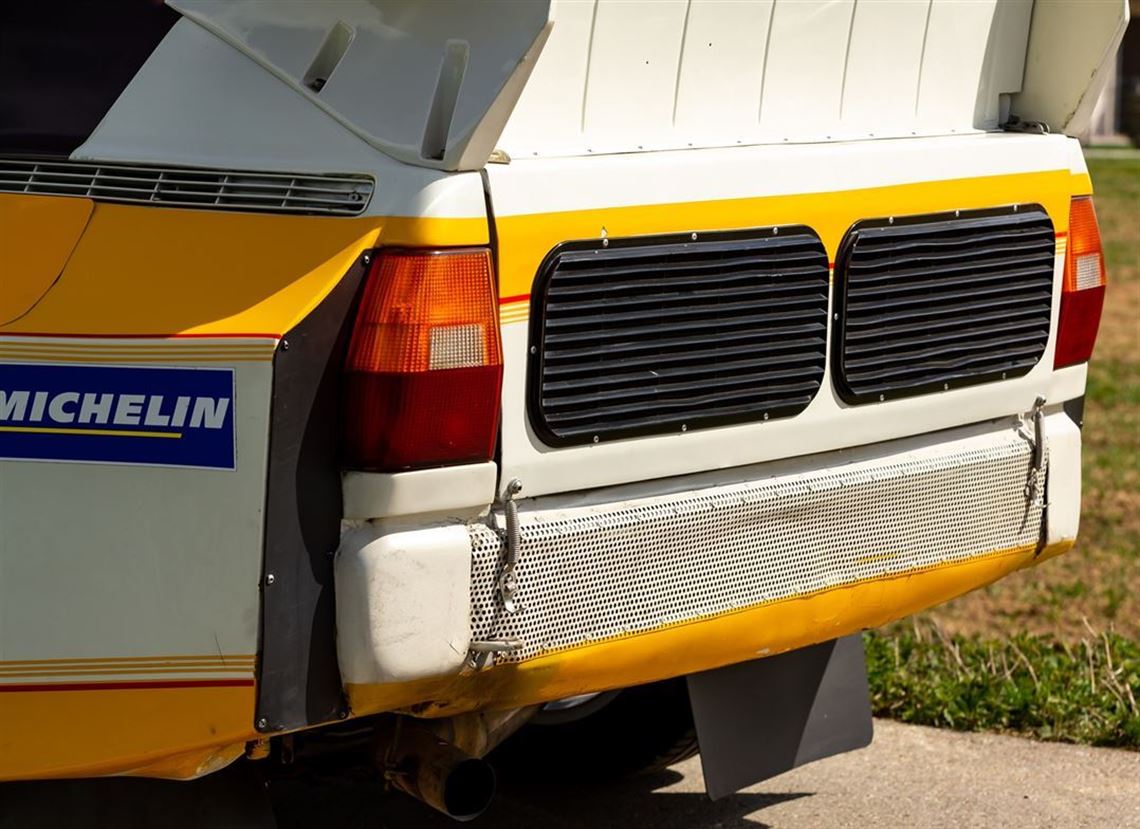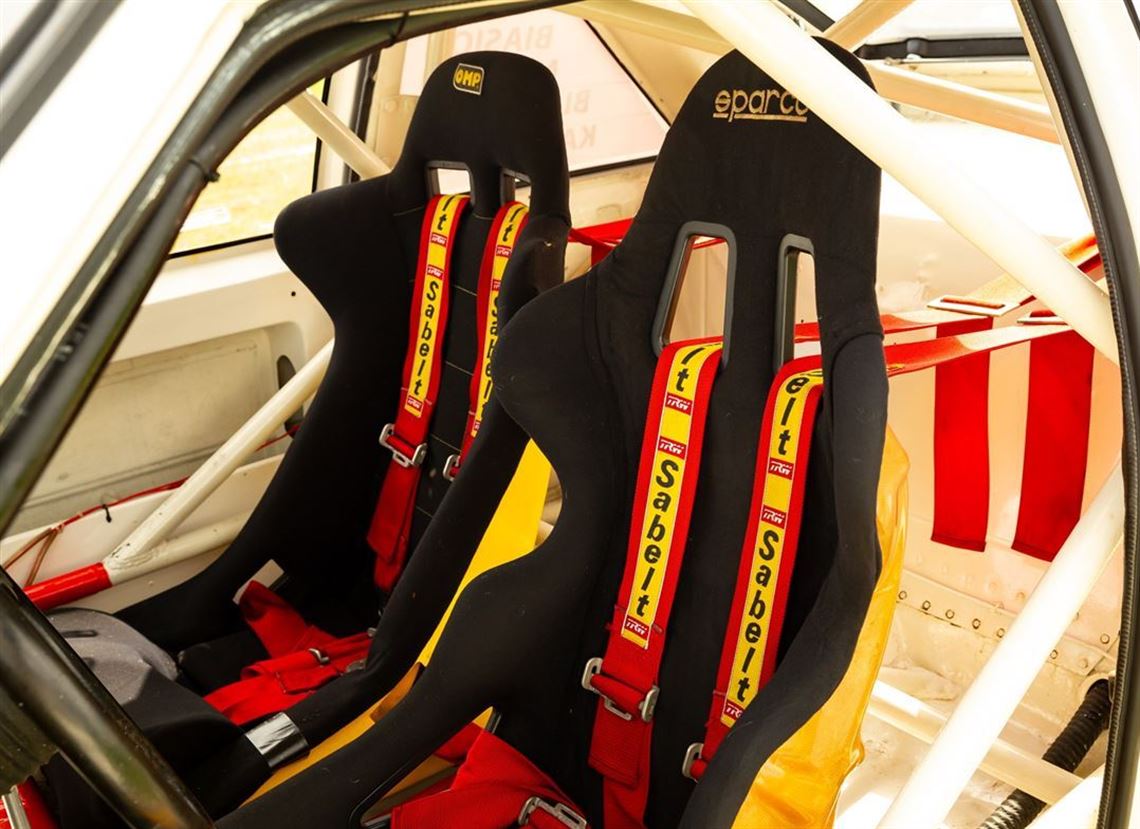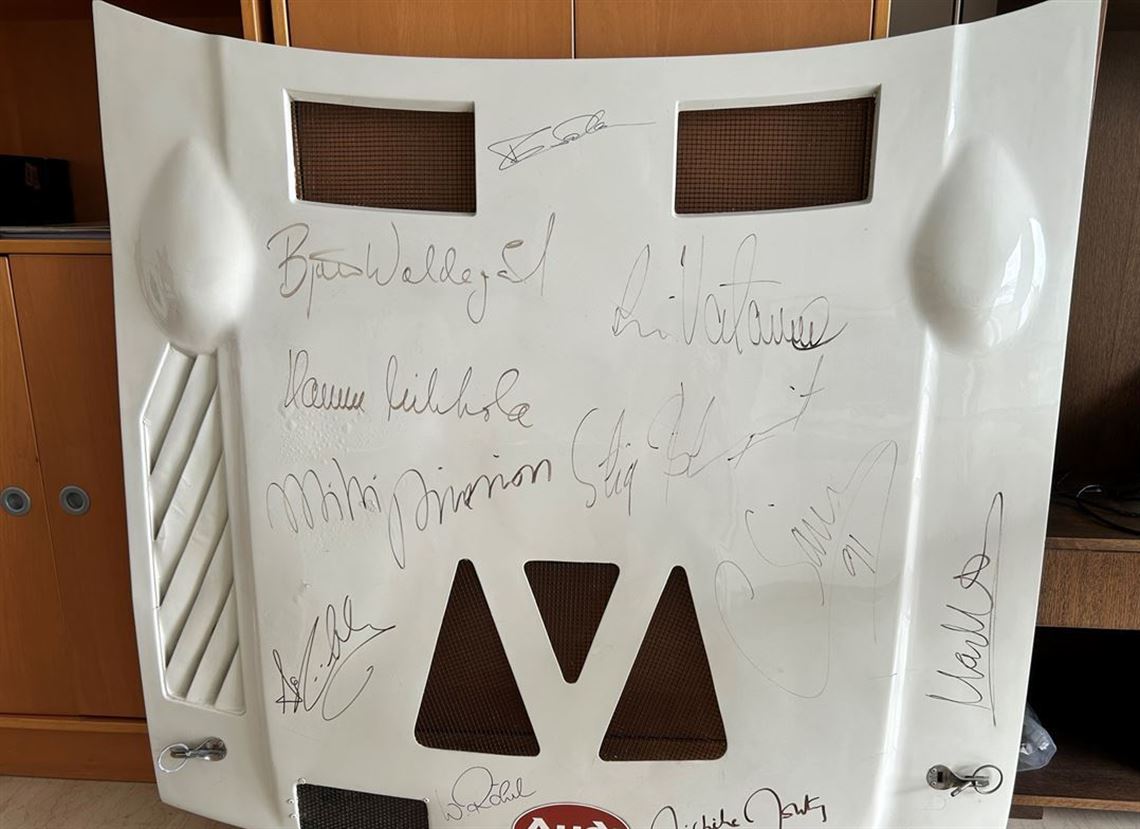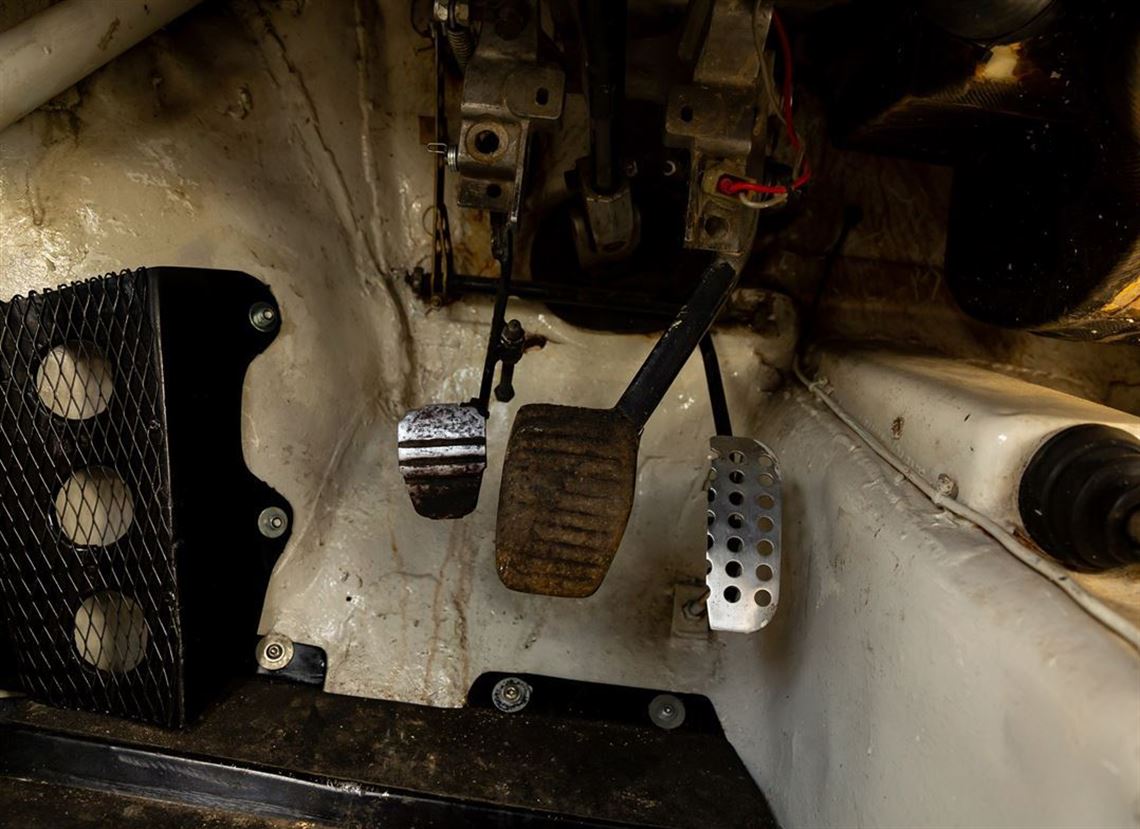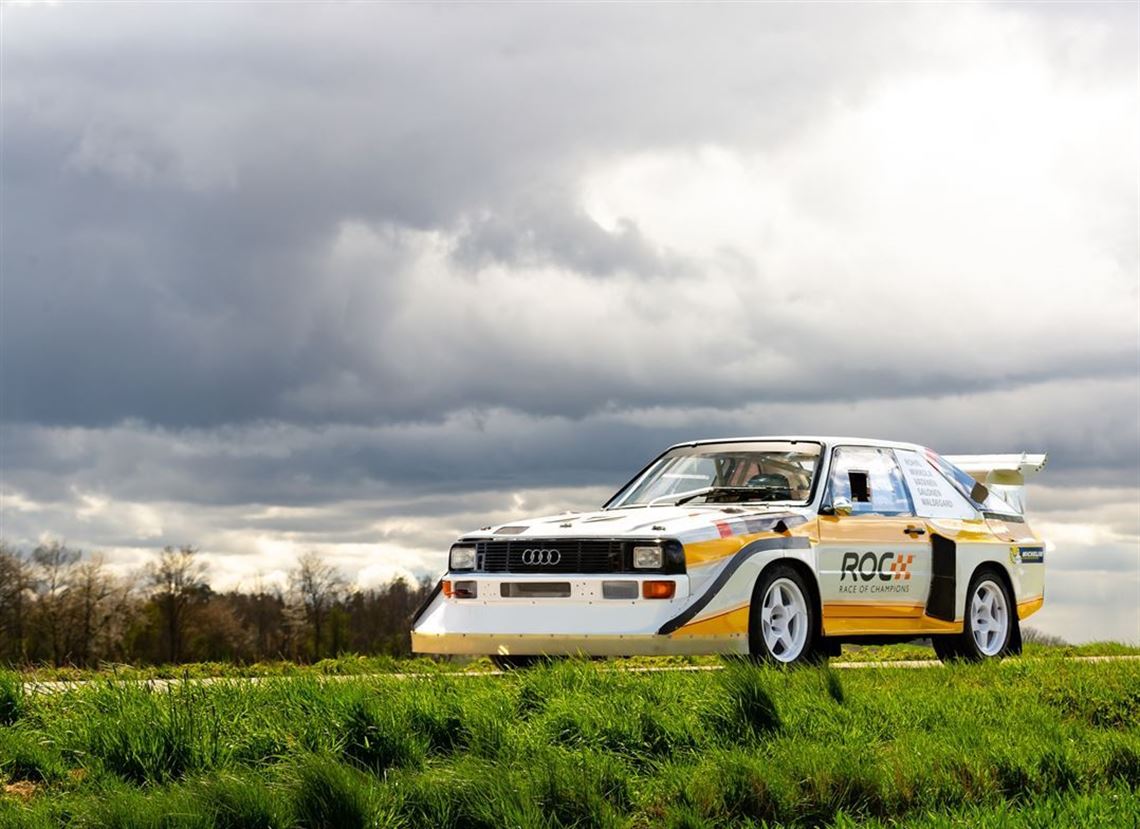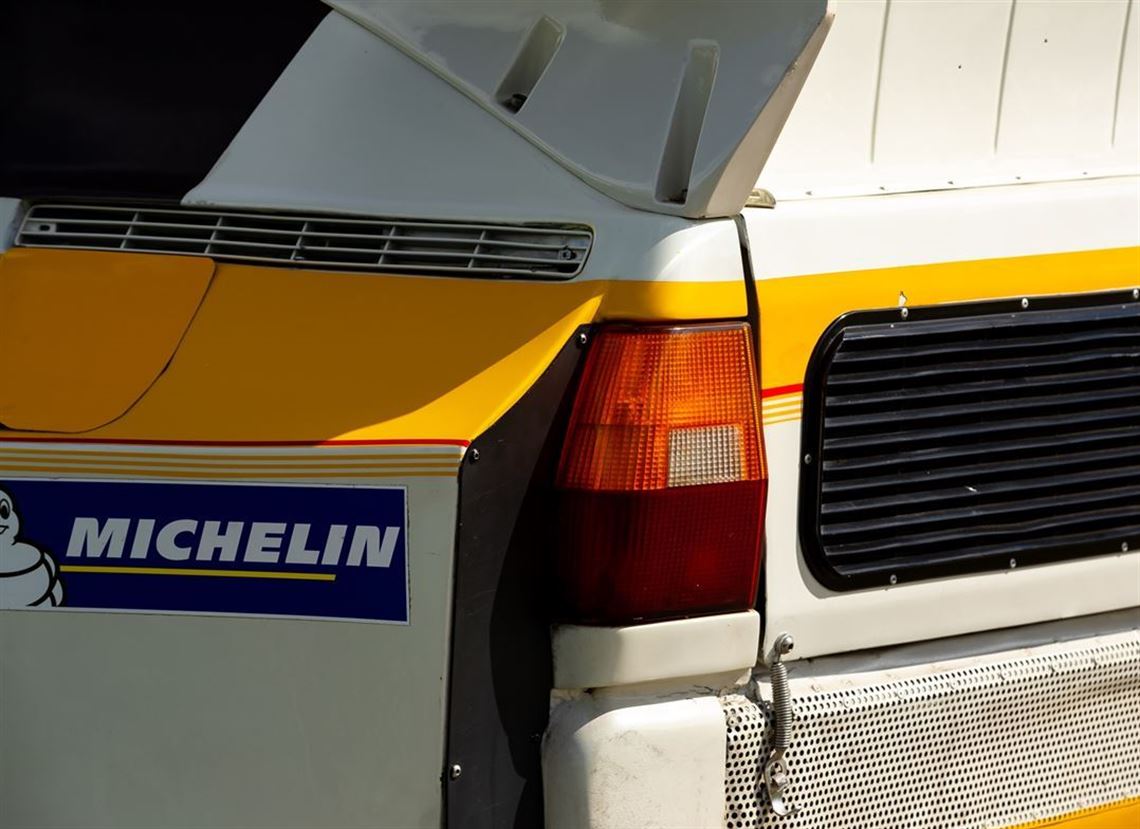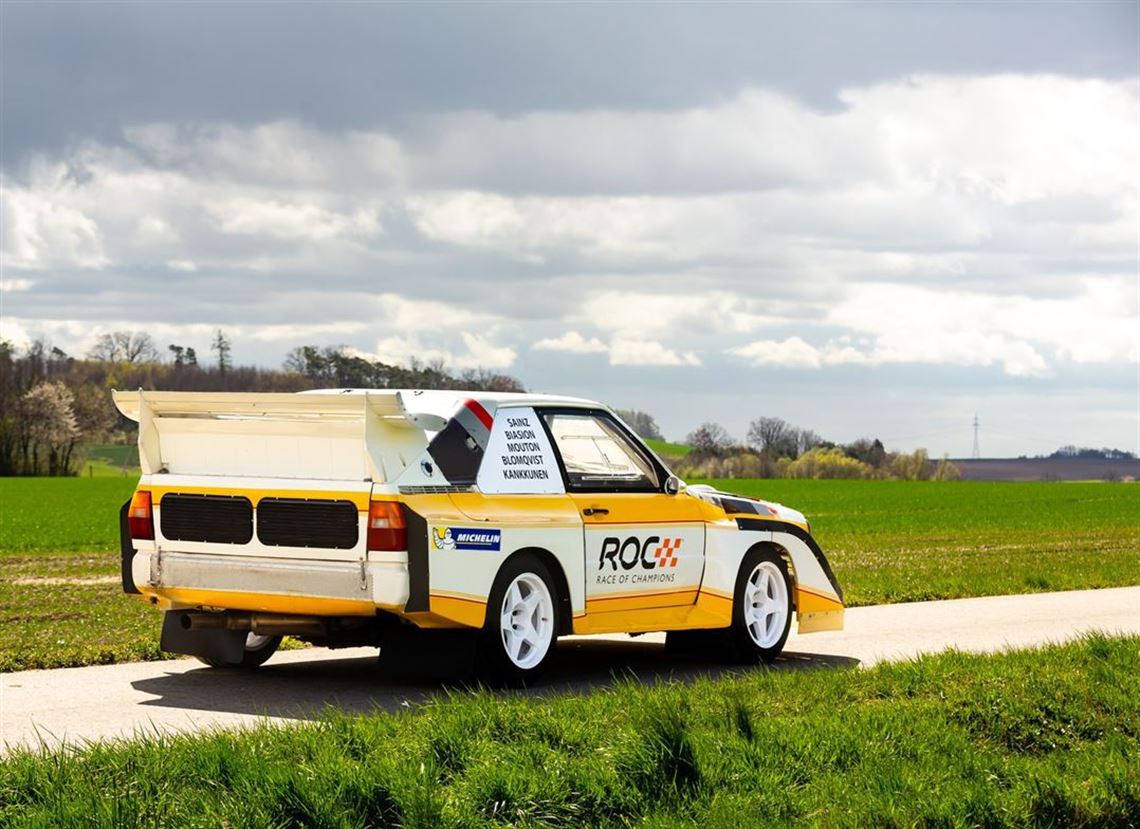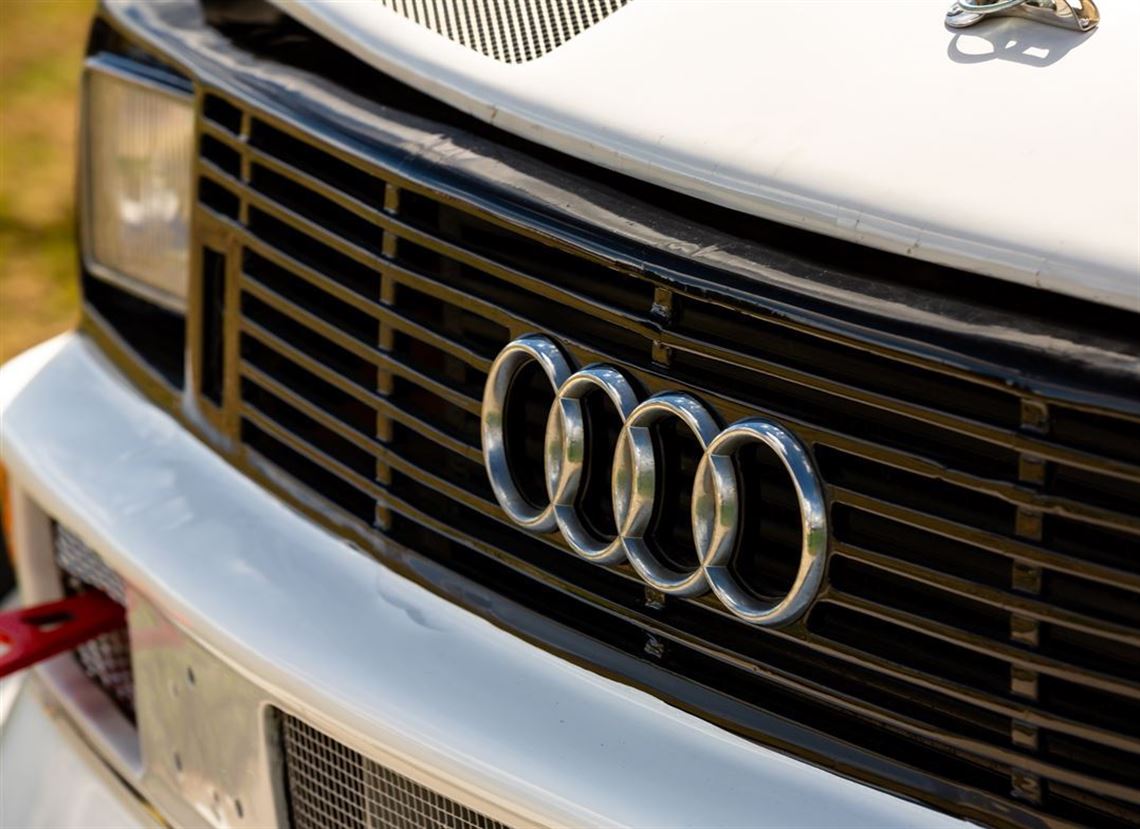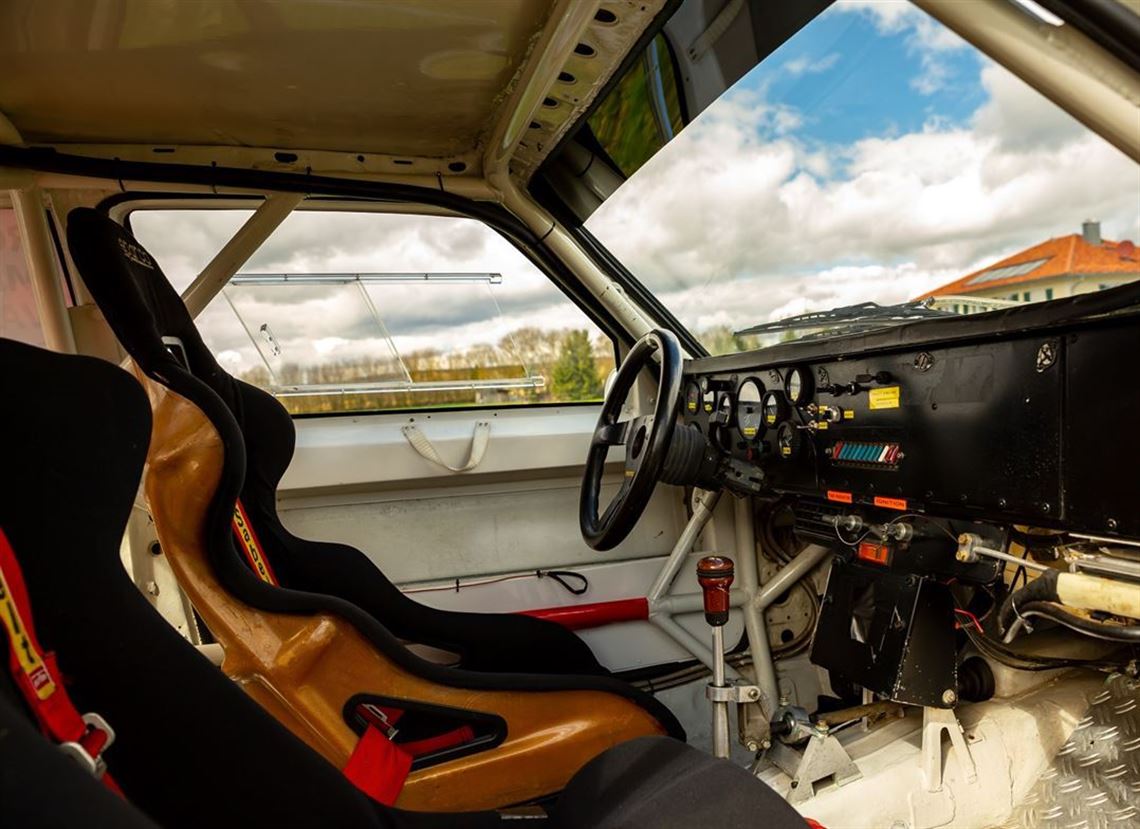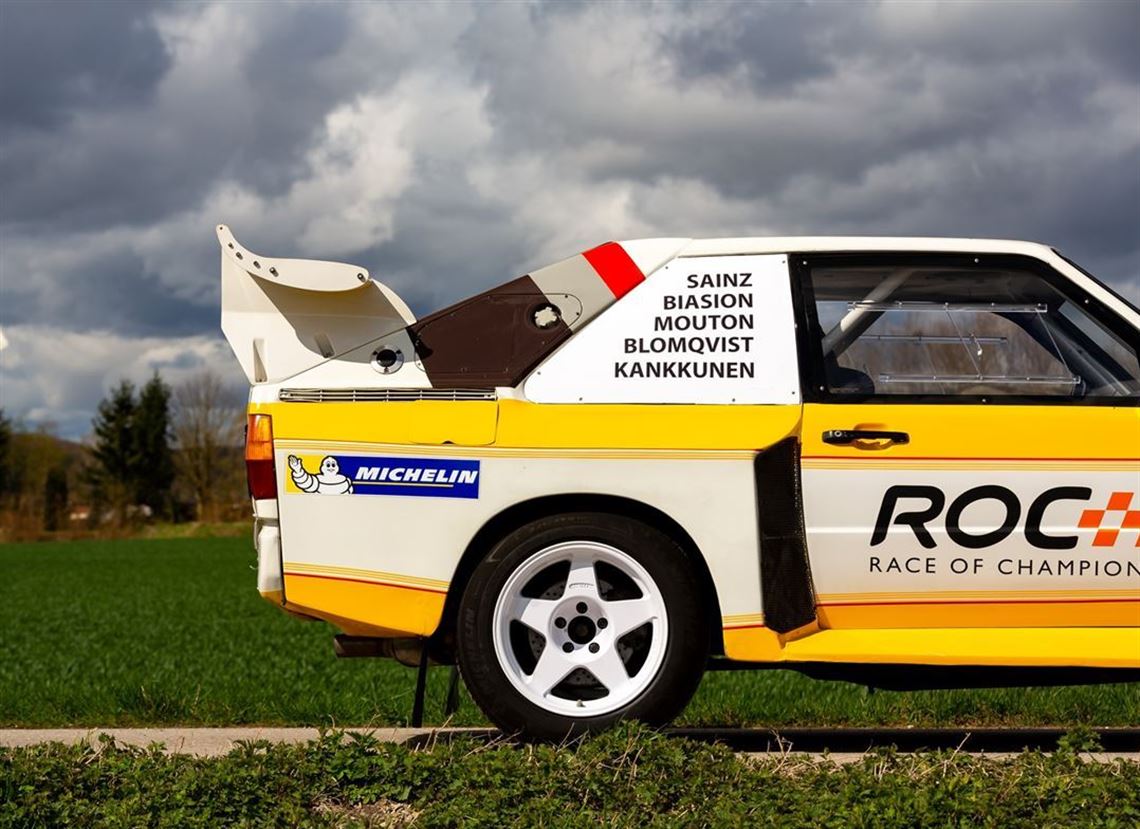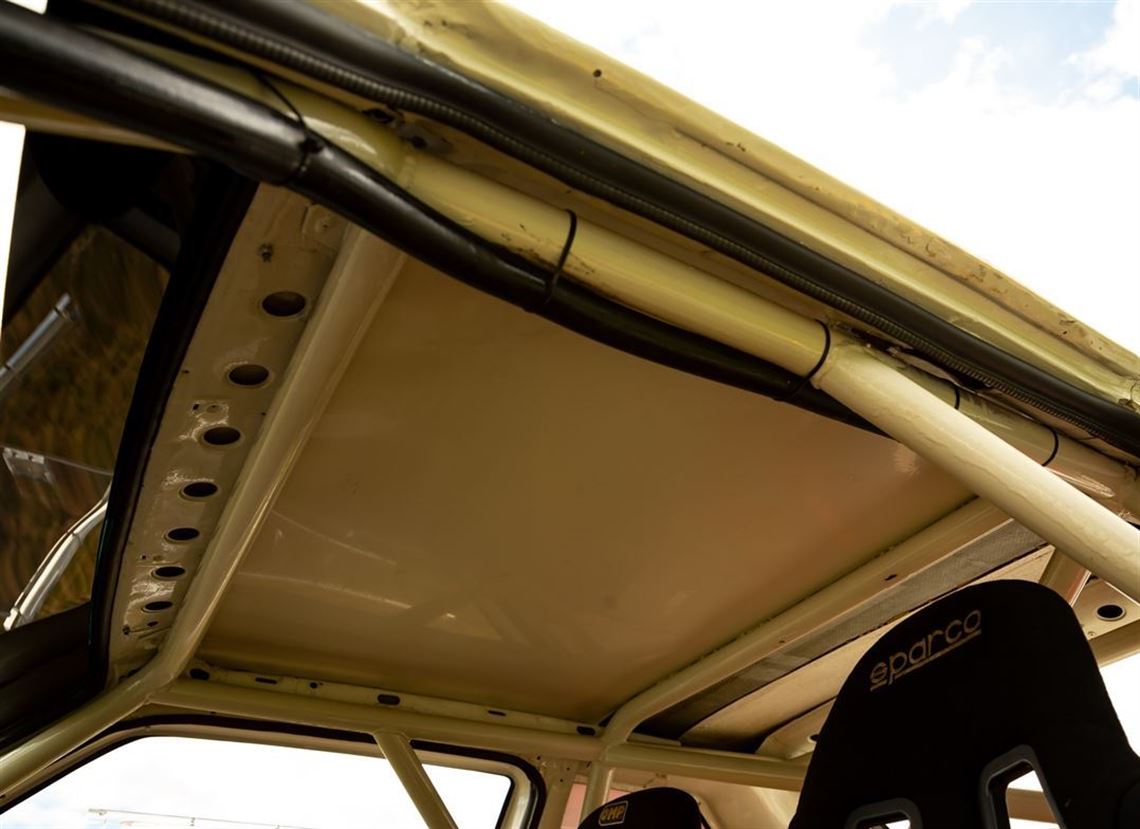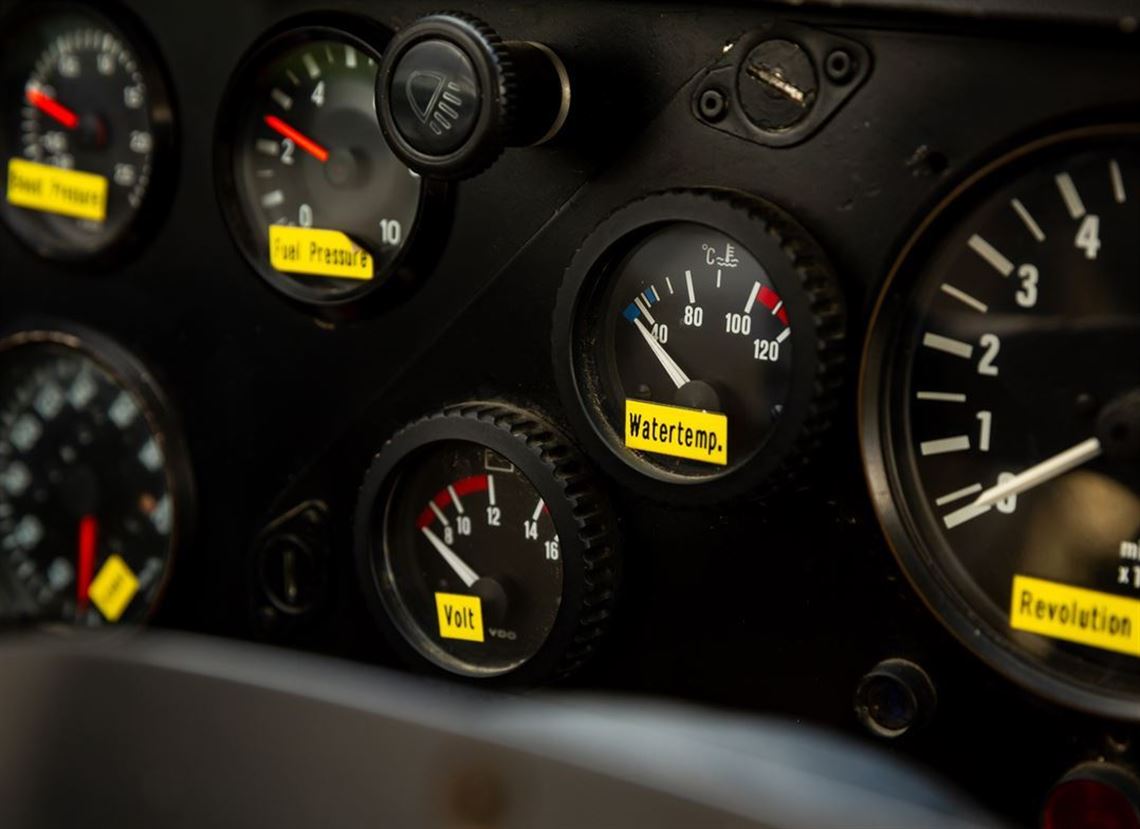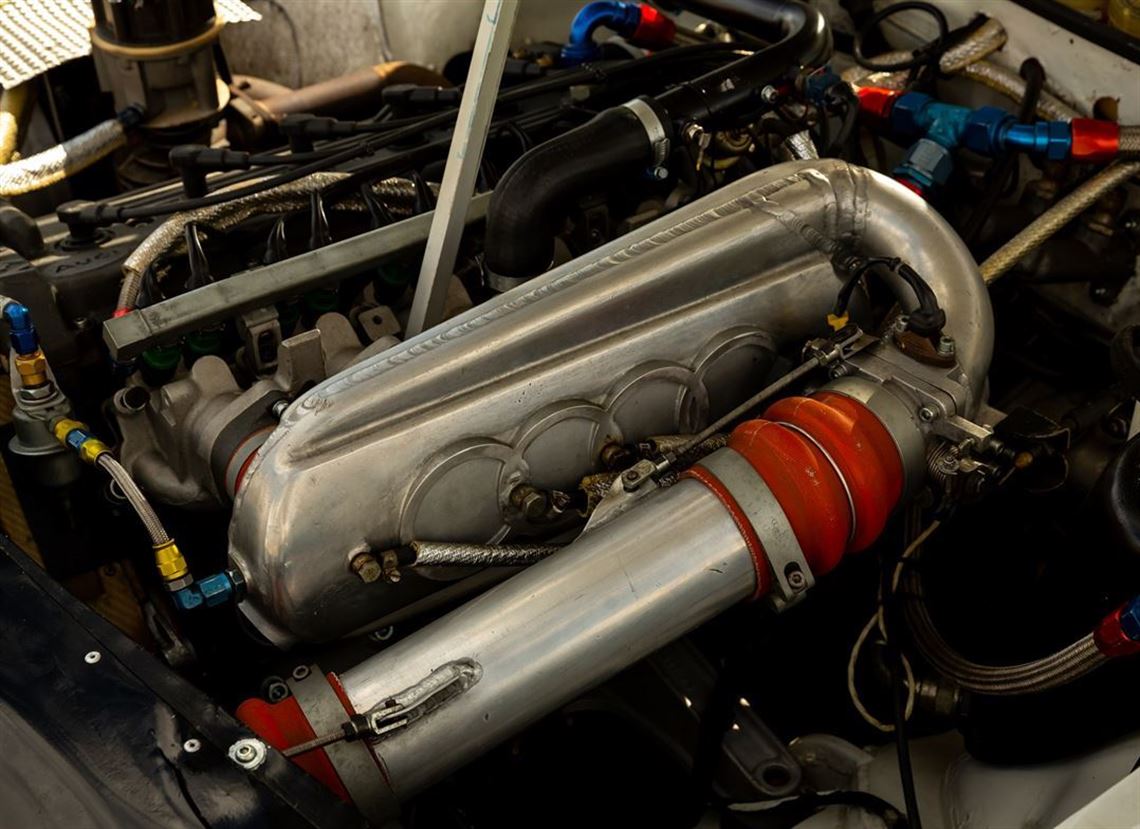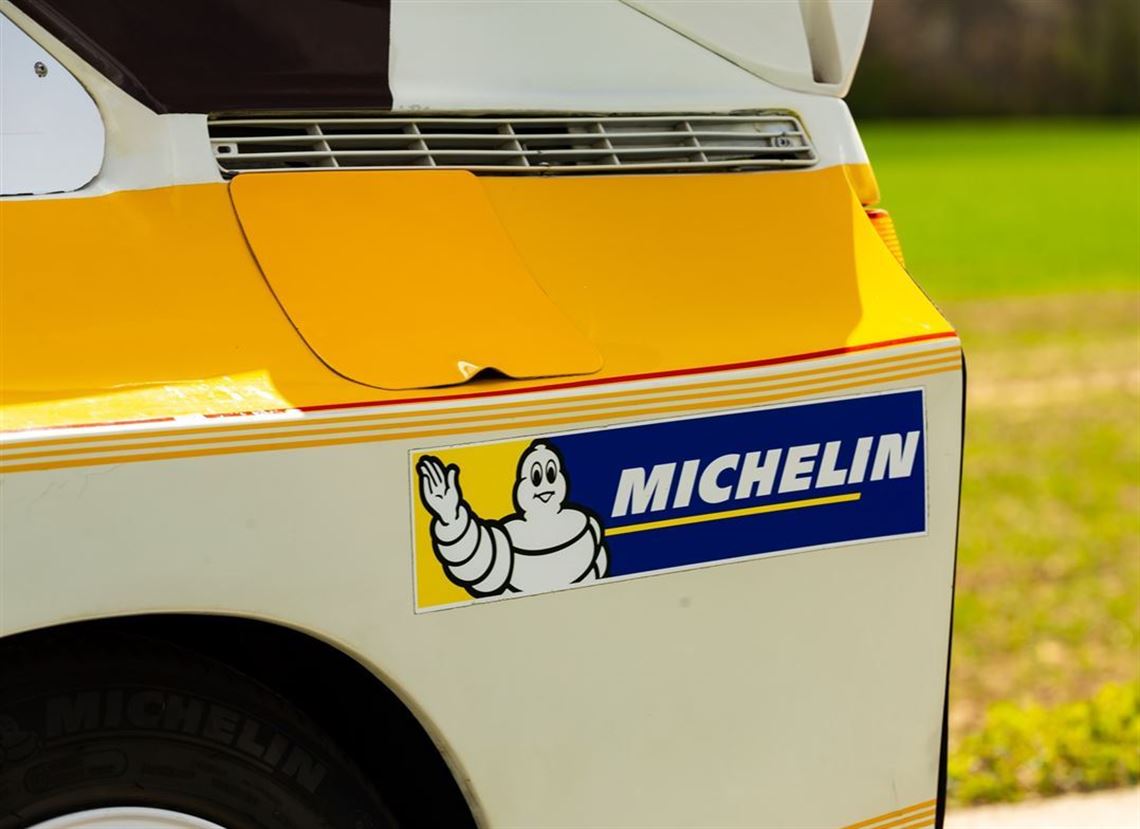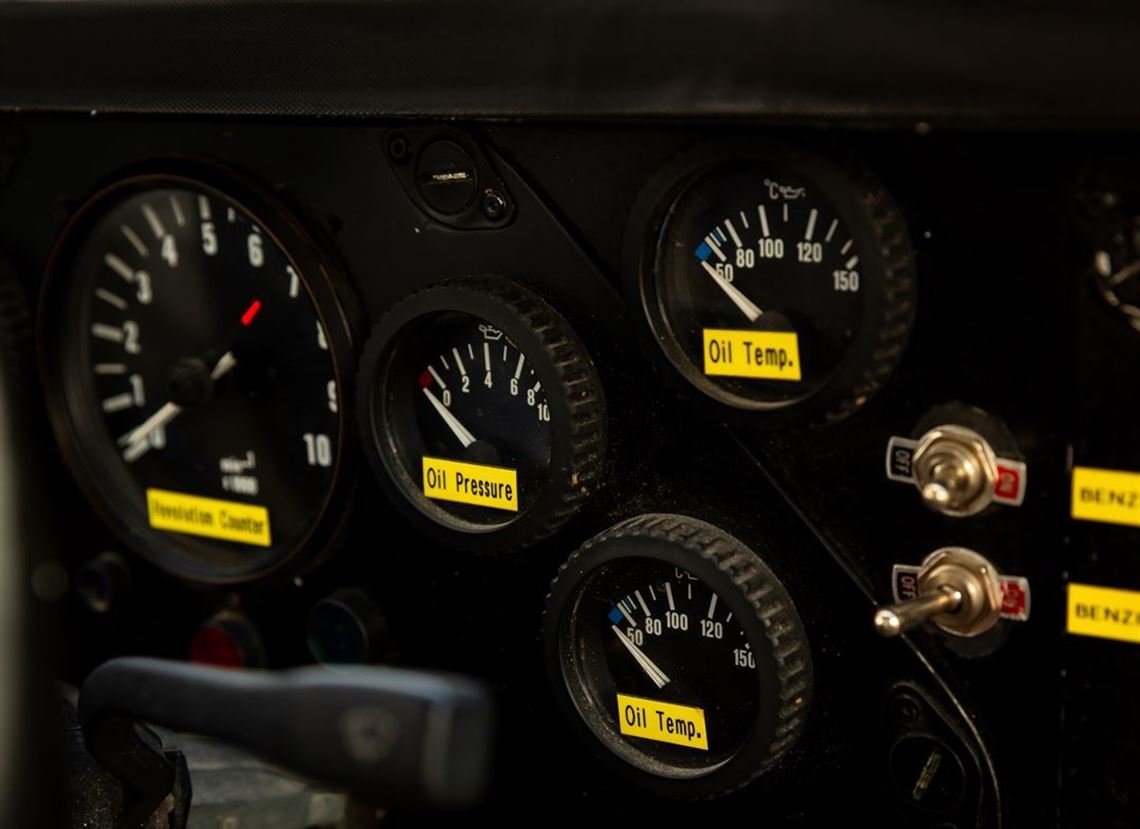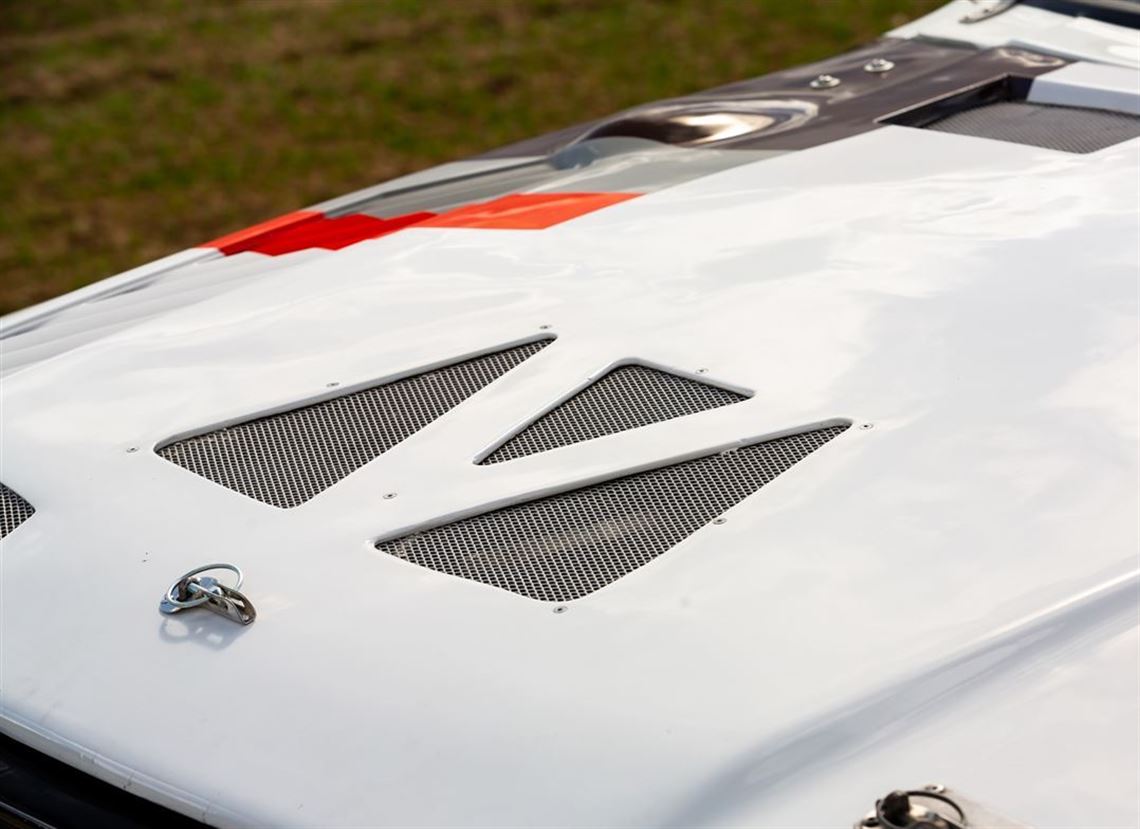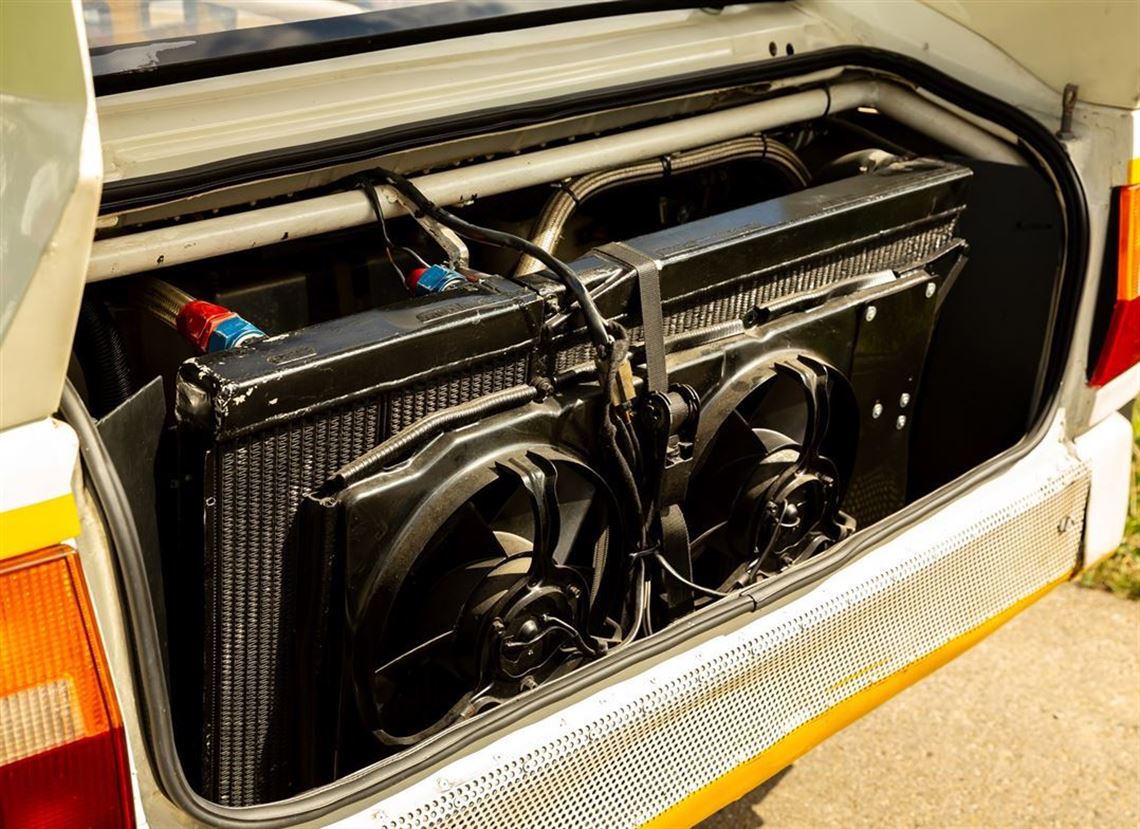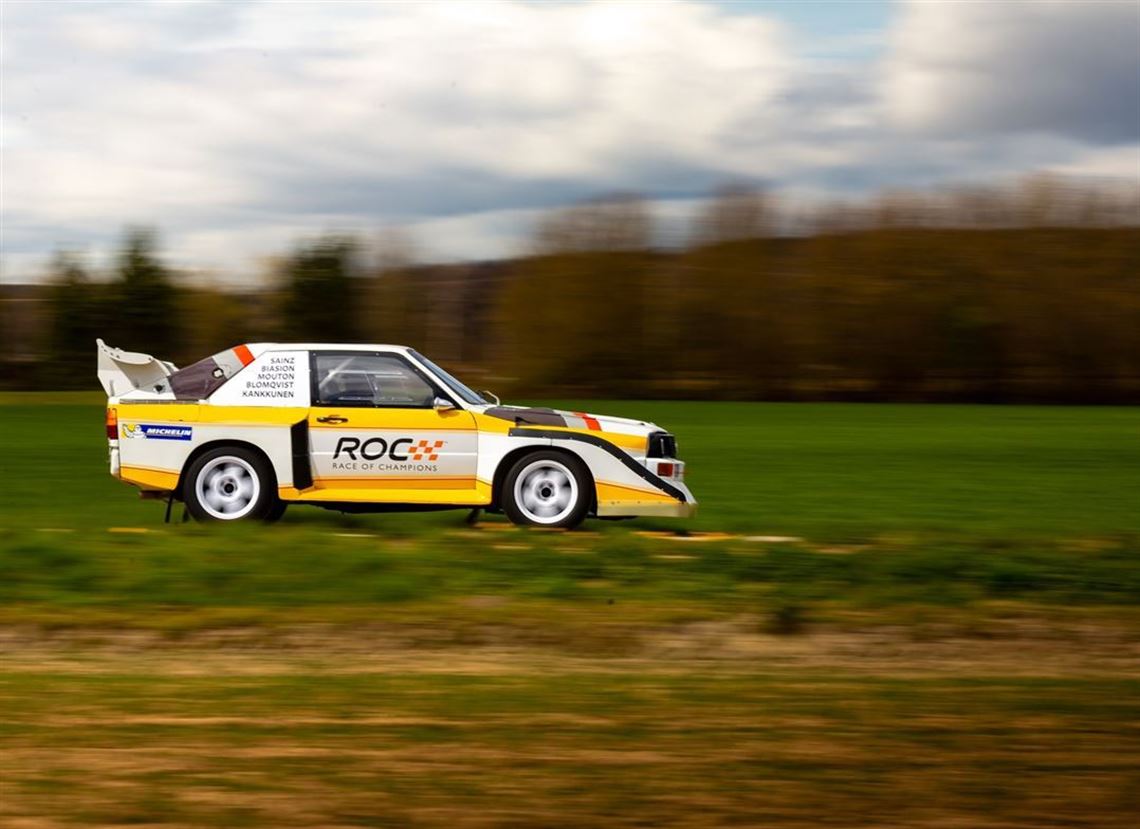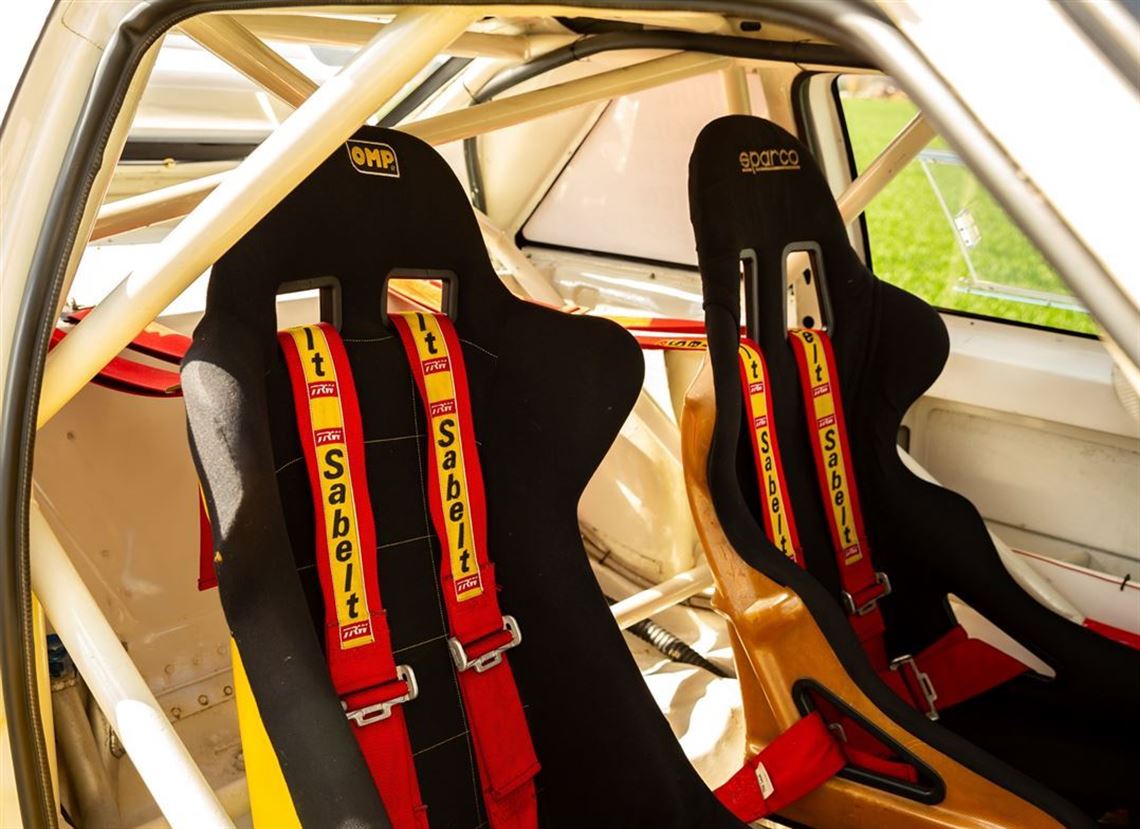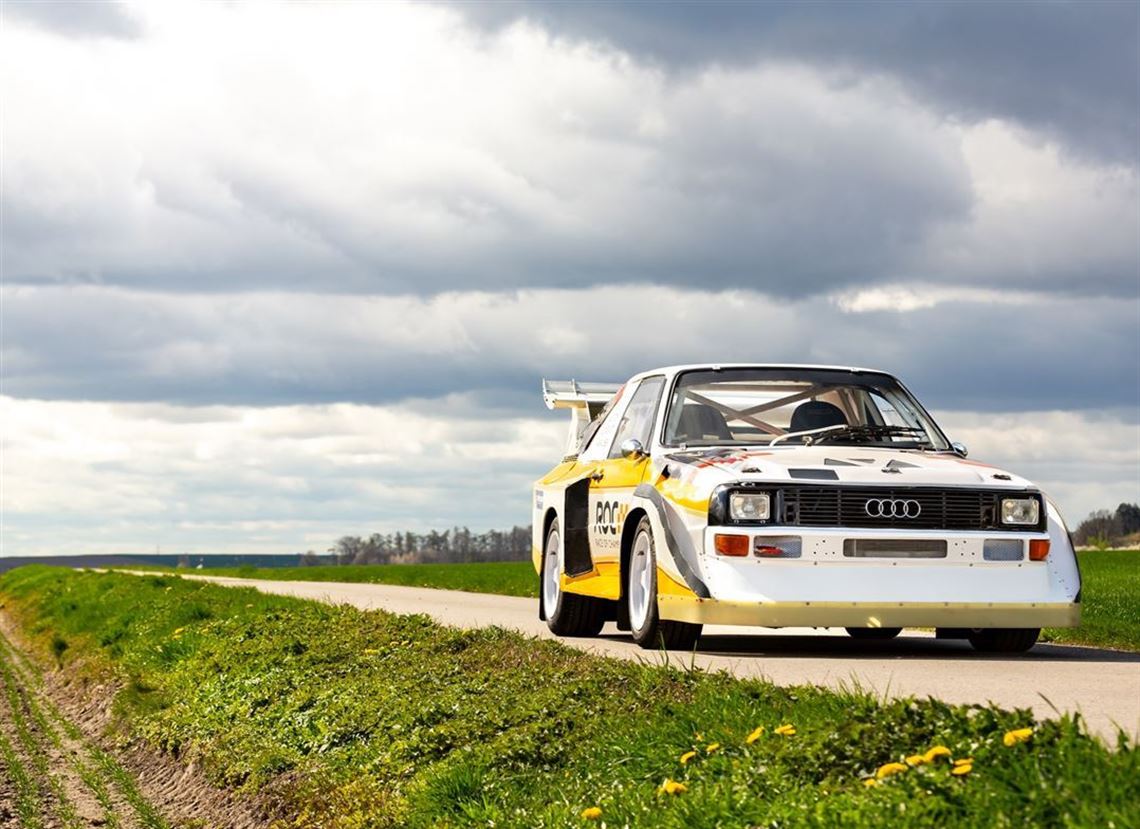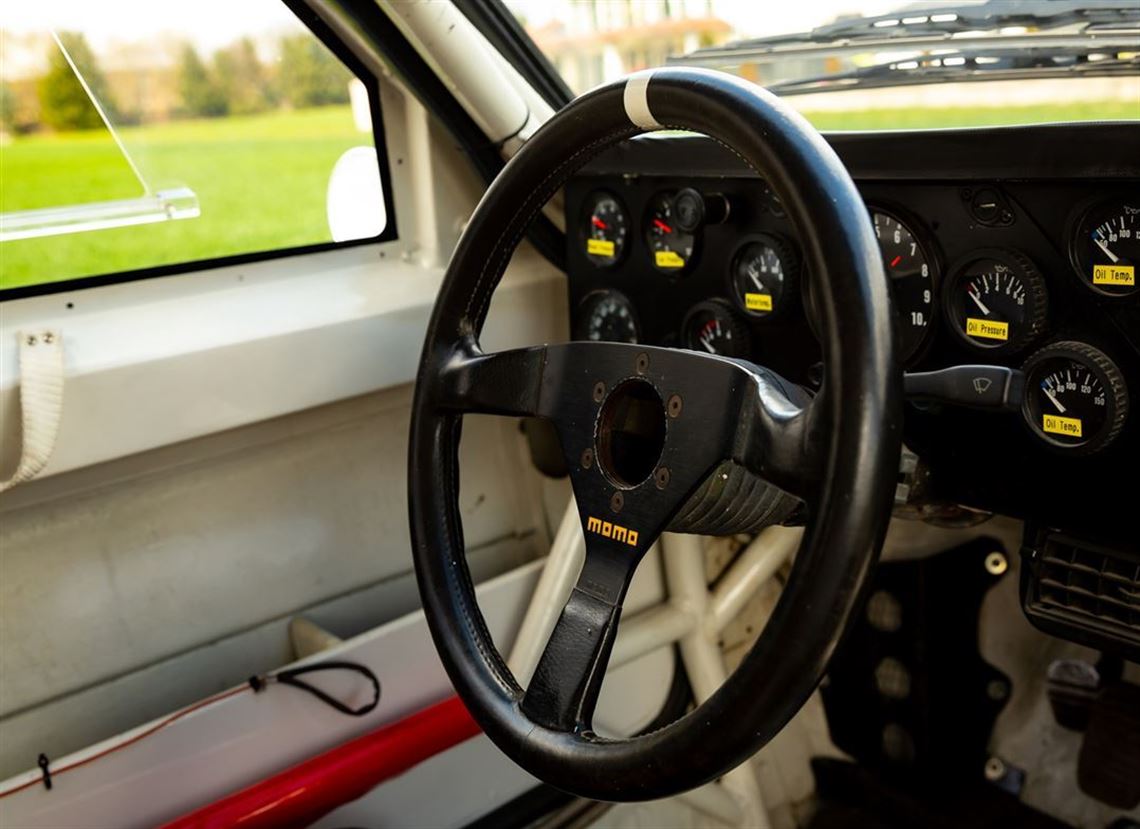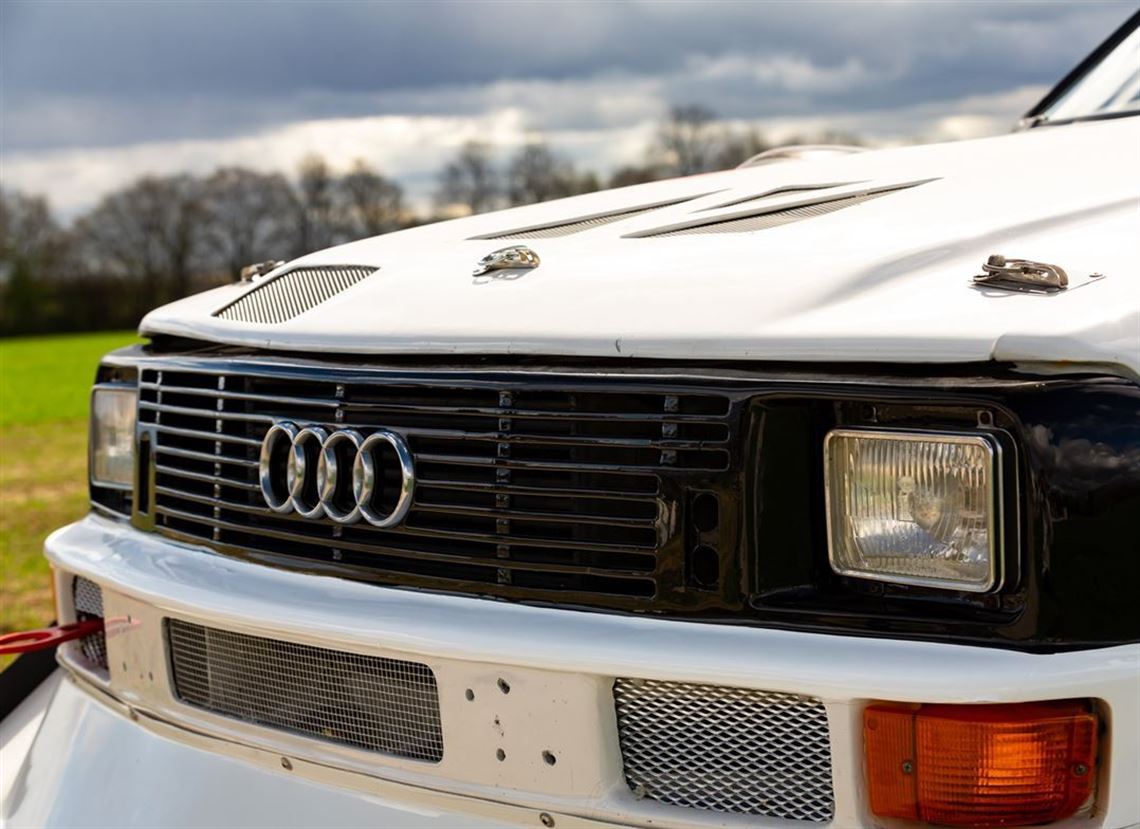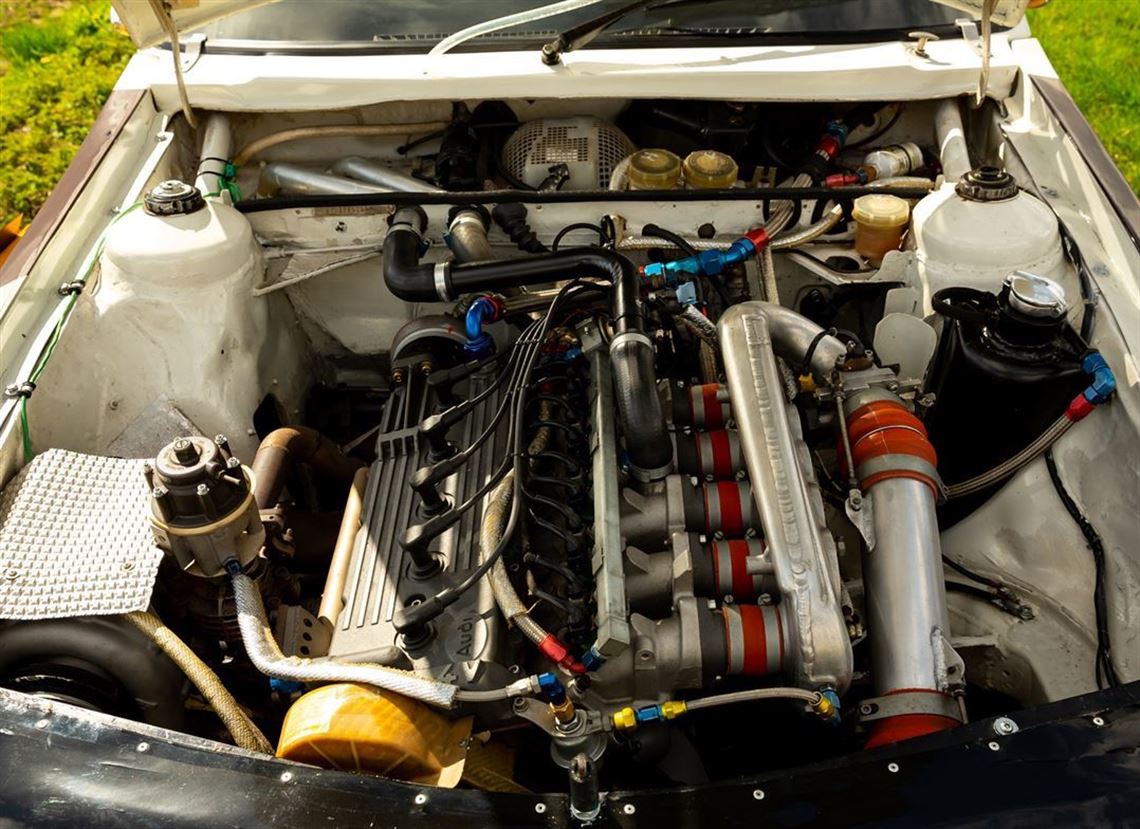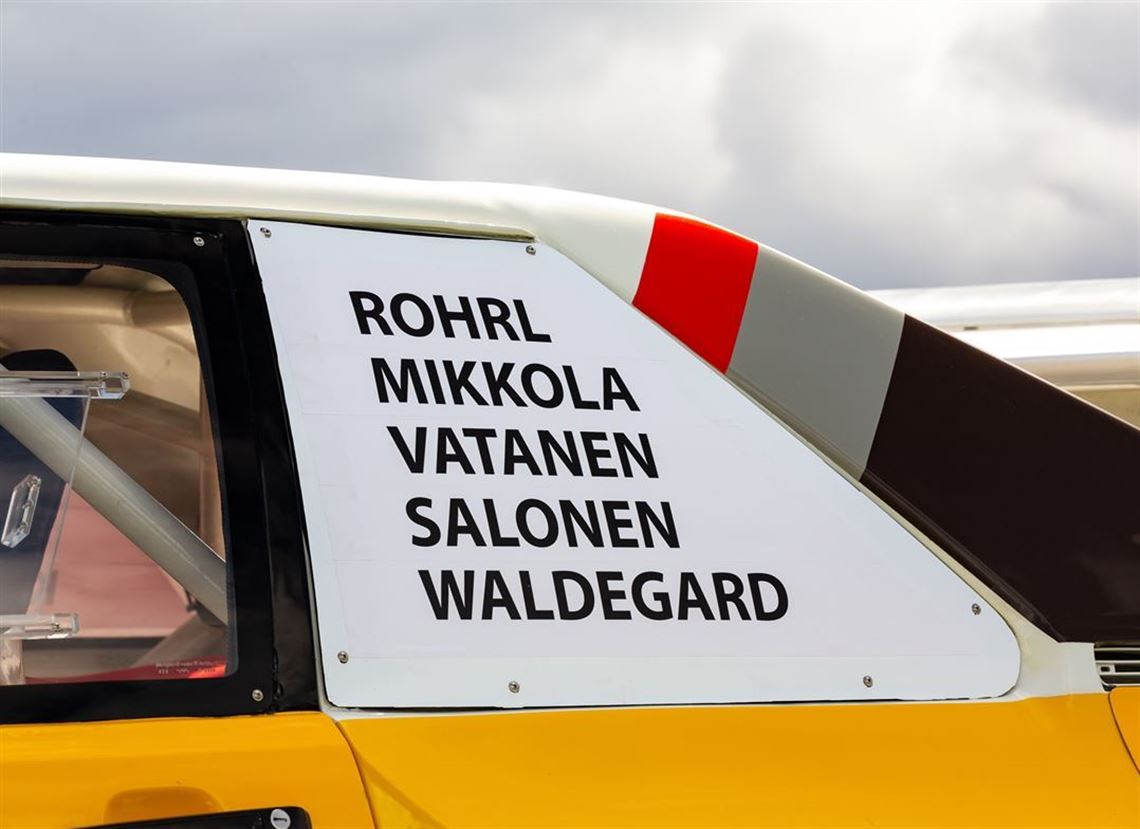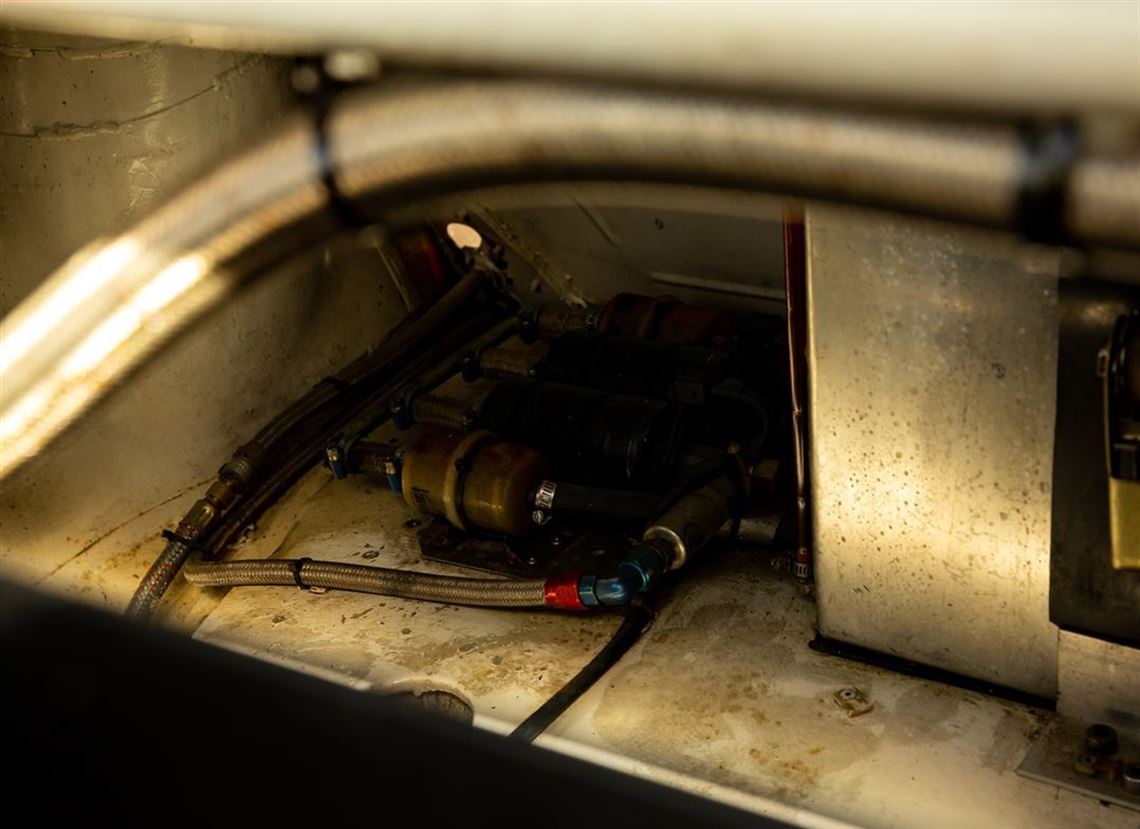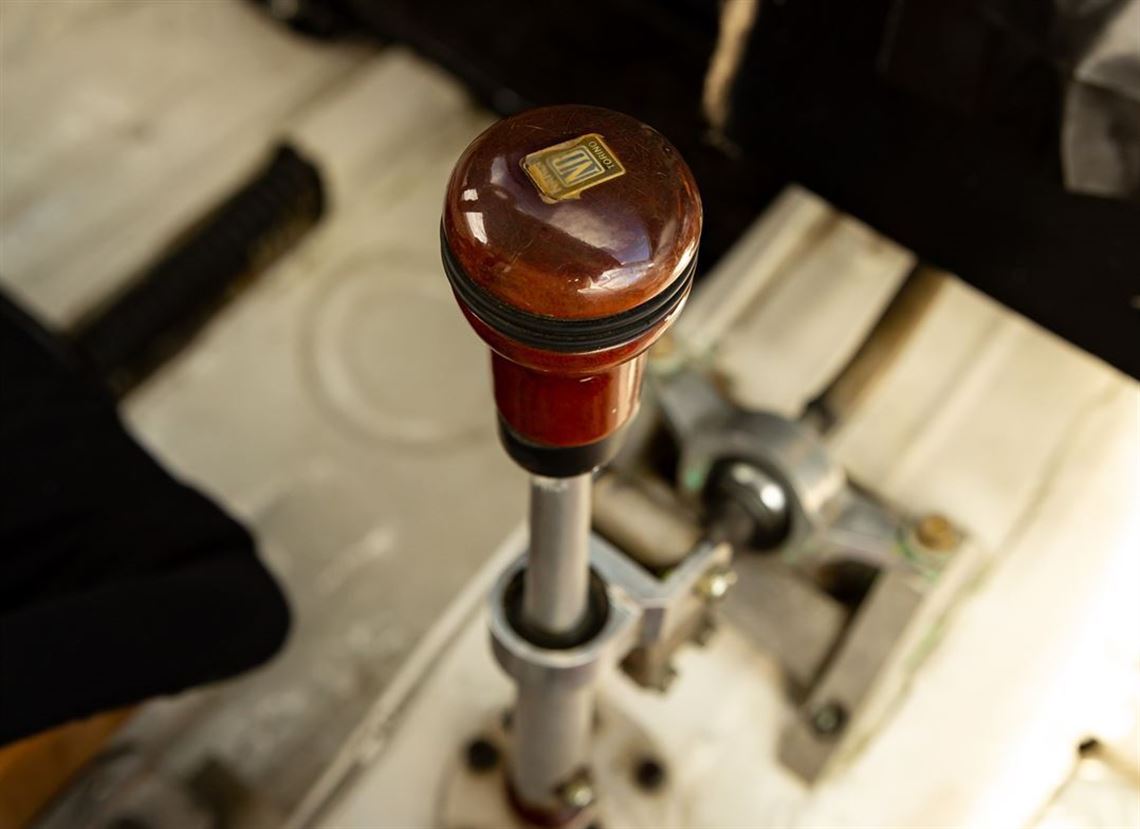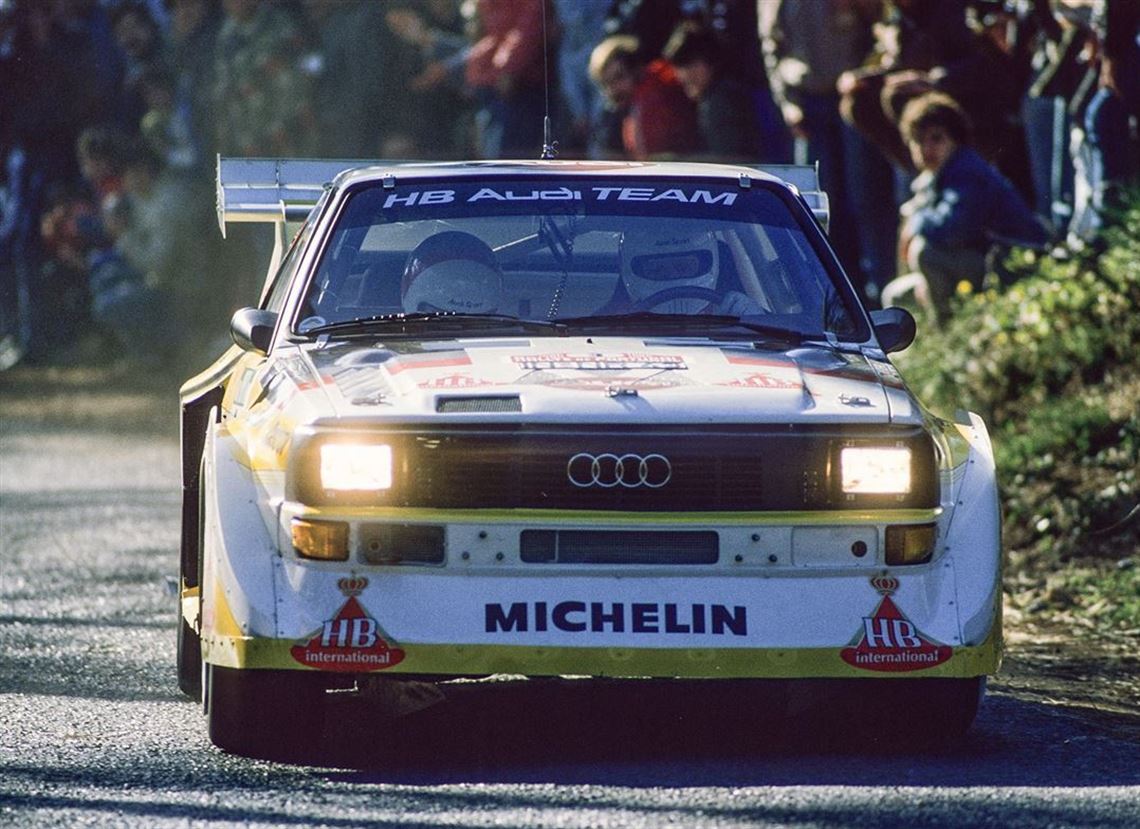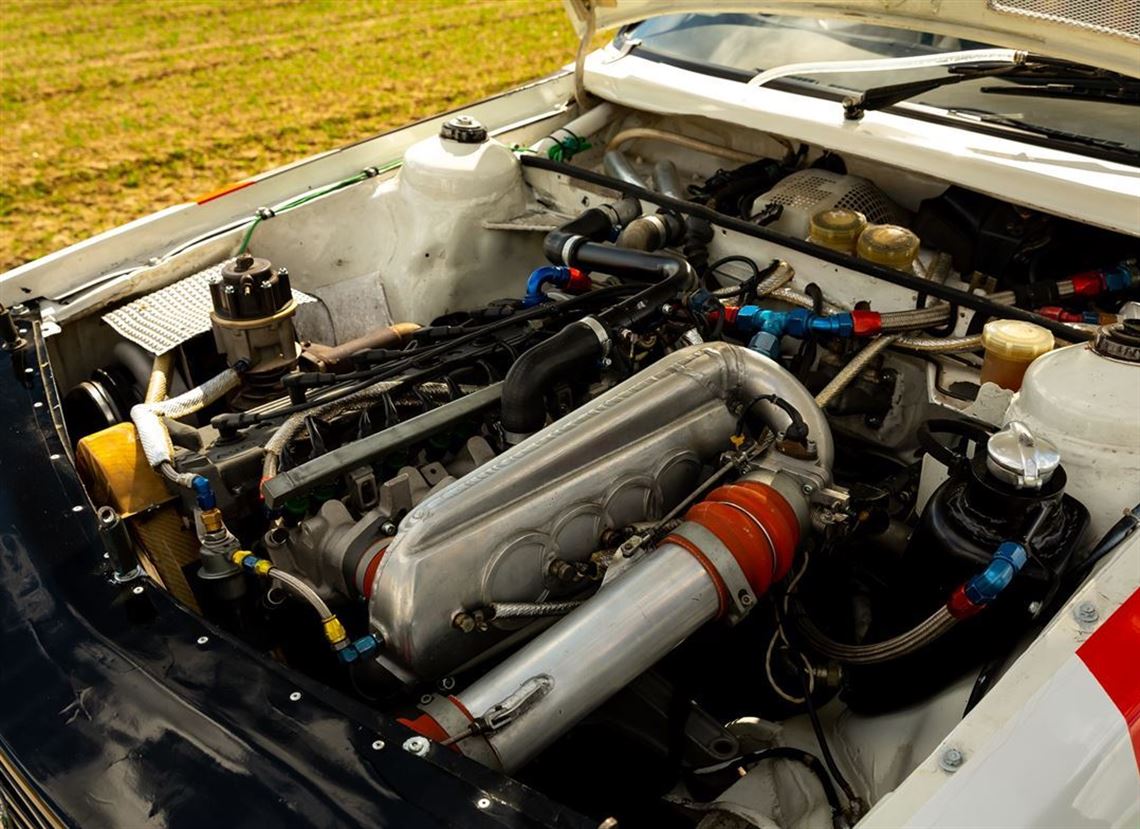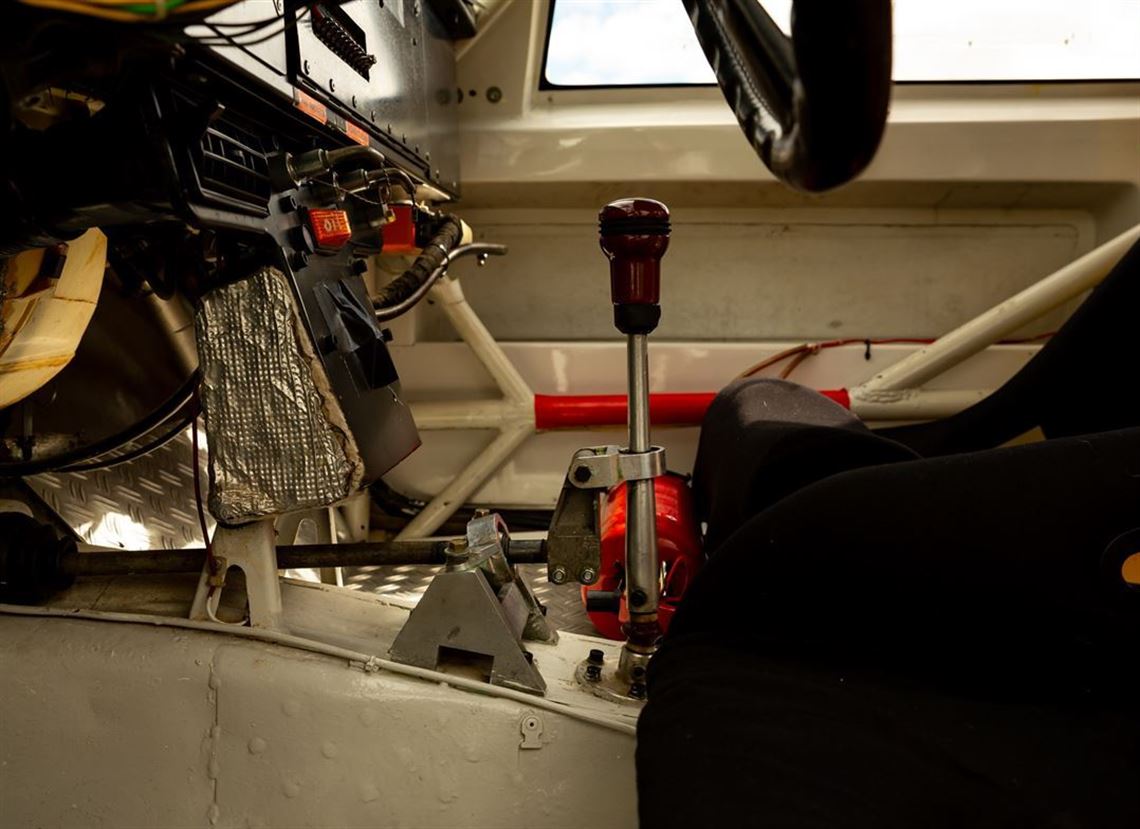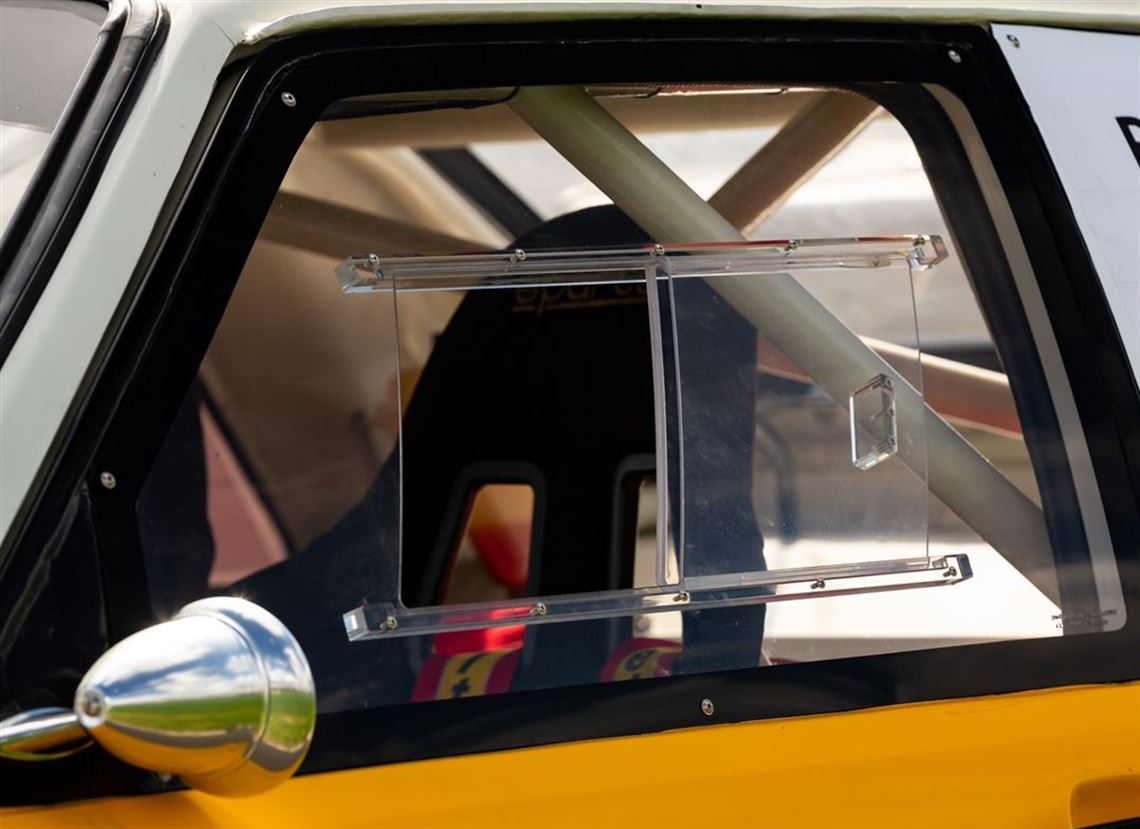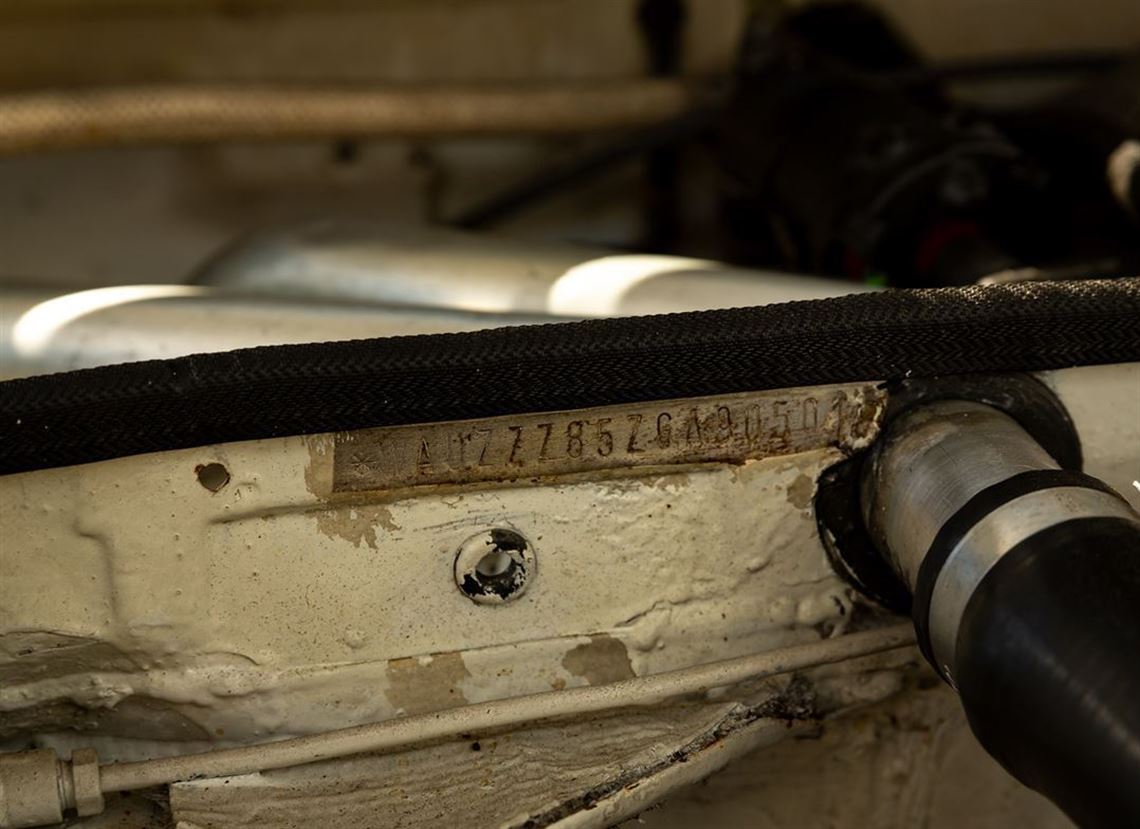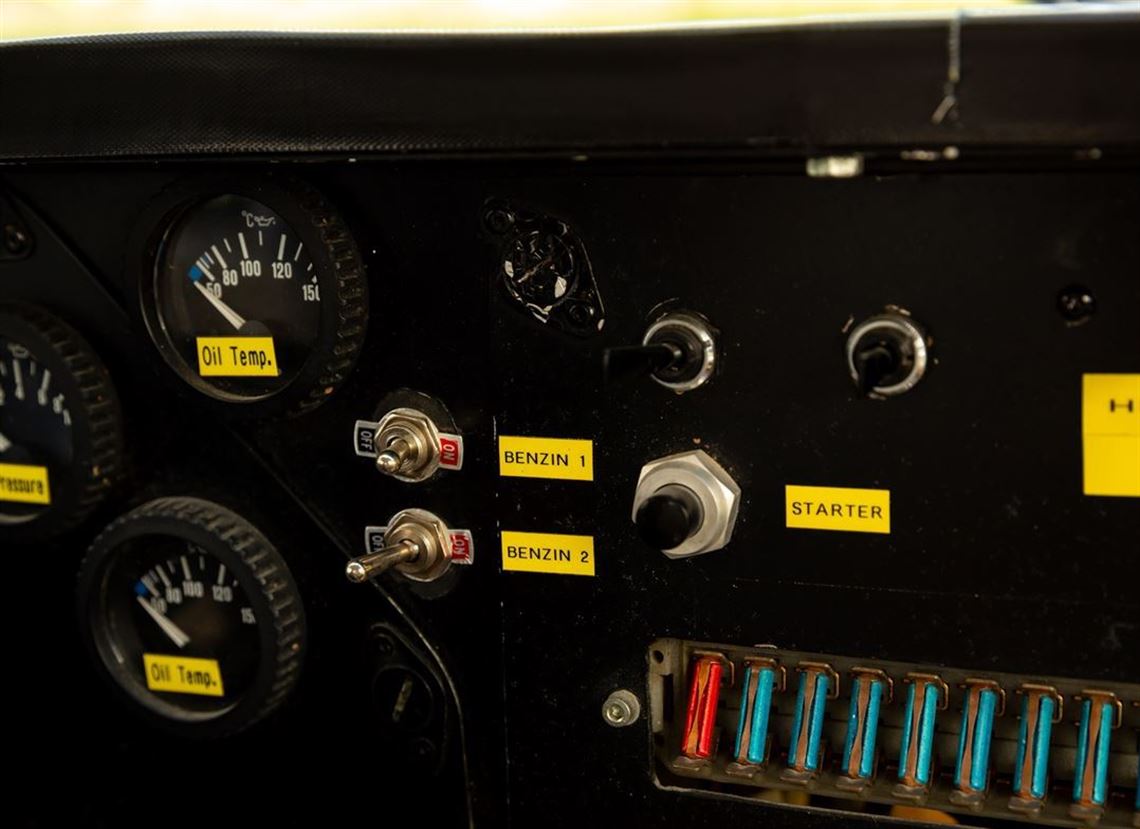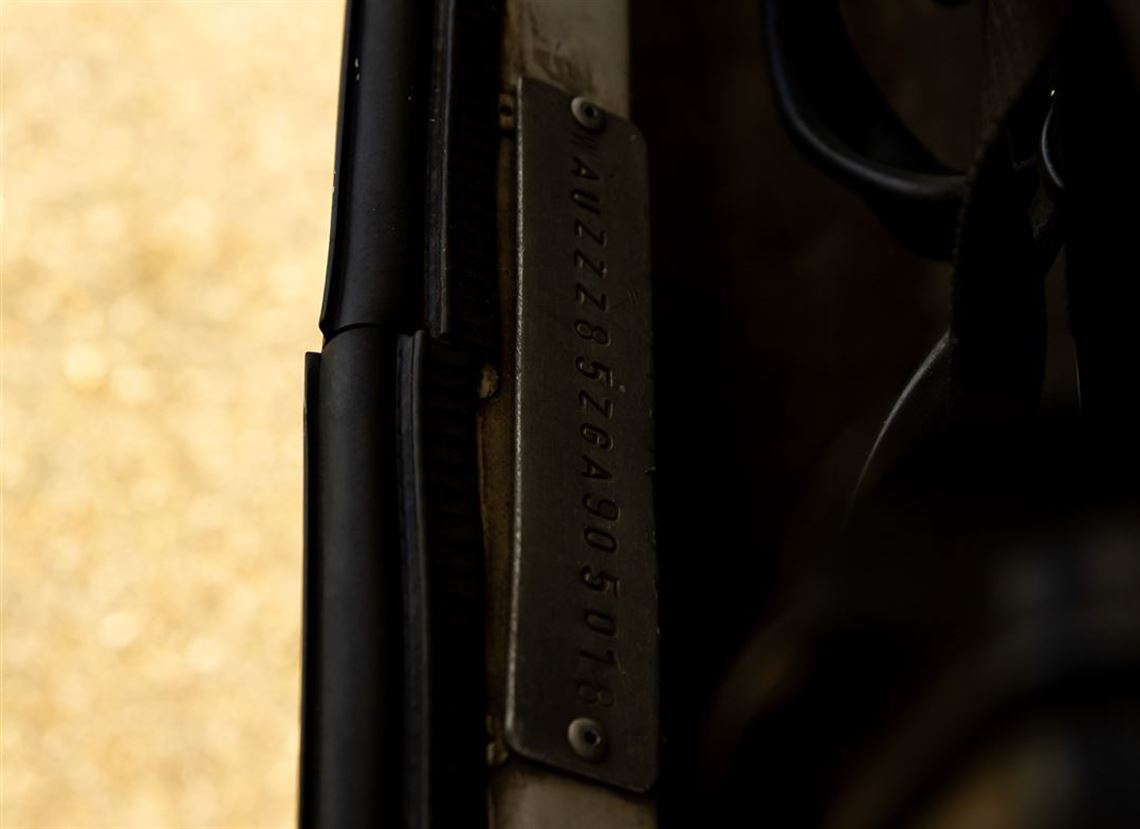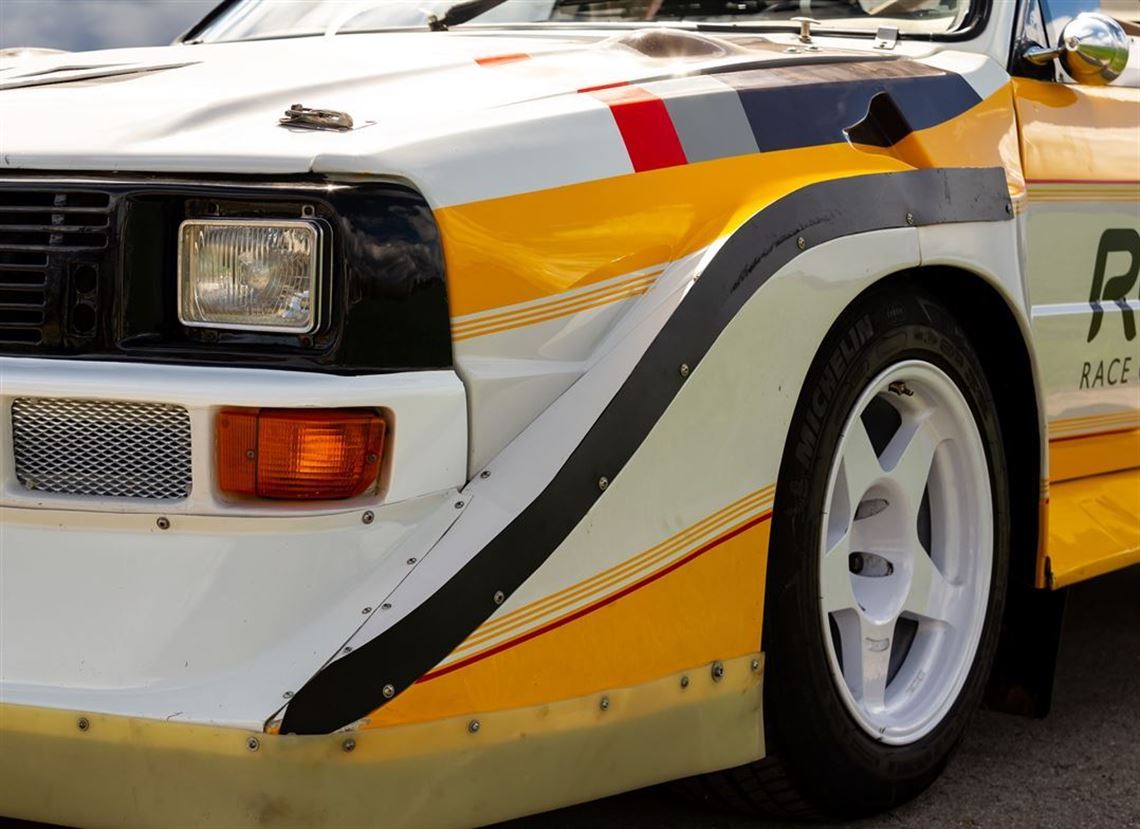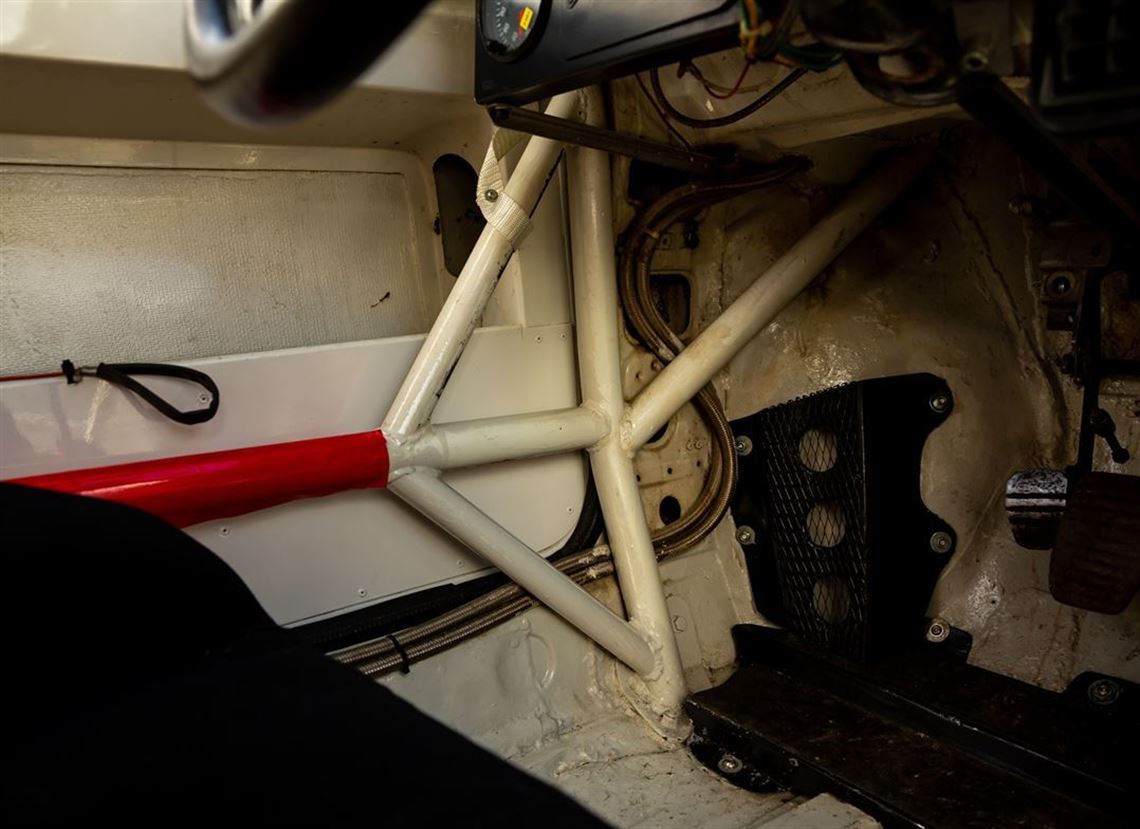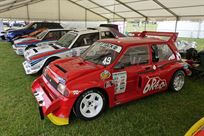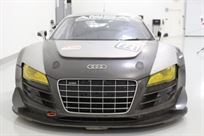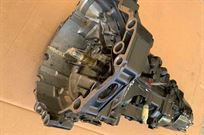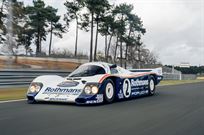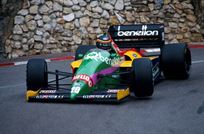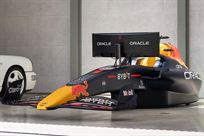Race Cars

£ POR
1985 Audi Sport quattro S1 E2 ex Walter Röhrl
Description:
1985 Audi Sport quattro S1 E2
€500,000 - €700,000 EUR
- One of just 20 Audi Sport quattro S1 E2s ever built
- Entered in the 1986 Rallye de Portugal by two-time WRC champion Walter Röhrl
- Contested in the 1989 and 1990 Race Of Champions (ROC); demonstrated at a further 11 ROC events
- Driven by WRC Champions Björn Waldegård, Walter Röhrl, Ari Vatanen, Hannu Mikkola, Stig Blomqvist, Timo Salonen, Juha Kankkunen, Miki Biasion, and Carlos Sainz as well as WRC runner up Michèle Mouton
- Accompanied by a bonnet signed by many of its former drivers
- Competed in Swedish hill climb events and Rallycross Championships in 1990
- In current ownership since 1991; road registered in the principality of Monaco
- An exciting potential Group B restoration prospect
APEX PREDATOR
Group B is often hailed as the golden era of rallying, producing some of the most powerful rally cars to ever take to a special stage and fostering a previously unheard-of level of development and innovation. No car or manufacturer exemplified that better than Audi and its game-changing quattro.
The Ingolstadt outfit is credited with bringing four-wheel drive to the rally stage, and its revolutionary design delivered no fewer than three Drivers’ and Manufacturers’ World Championships by 1984. But while it held the advantage over rear-drive competition, the car was also overweight and nose heavy. In an effort to stay ahead of its rivals—development of Lancia’s S4 having begun in 1983—Audi introduced the Sport quattro in 1984. Despite its prodigious power output, the shorter-wheelbase car was difficult to handle and drivers struggled. Eventual 1984 World Champion Stig Blomqvist even avoided using the new car until he had one hand on the trophy. The situation led to the development of what is widely accepted to be one of the most fearsomely powerful and ferociously quick rally cars of the golden era: the Audi quattro S1 E2.
The new car made use of the same fIve-cylinder 2,110-cc alloy block with a 20-valve aluminium head mated to a single vast KKK turbocharger and was capable of producing a colossal 550 horsepower—among the highest of any Group B rally car. Coupled with lightweight carbon-Kevlar composite bodywork and four-wheel drive, the quattro S1 E2 could hit 160 km/h in a blistering 8.9 seconds. In the words of Walter Röhrl: “the engine was always blowing off pressure and banging explosions into the countryside. No car was like that”.
Power aside, the E2’s greatest achievement was much improved weight distribution and a slimming regimen that saw it tip the scales at around 1,100 kilograms. Engineers moved many of the heavier components—including the radiator, fans, and even the alternator—to the rear of the car, while the wild bodywork and vast front and rear wings that became the car’s trademark were shaped by wind tunnel testing and greatly improved total downforce. In total, just 20 examples of this legendary rally weapon would leave Audi’s Ingolstadt works.
ON THE LOOSE
Chassis 018 was the 18th of 20 Audi Sport quattro S1 E2s built and is recorded on an Audi Sport document (on file) as being registered “IN-NR-43” in Ingolstadt on 12 February 1986 with a note that it was built specifically for the Greek (Acropolis) rally.. As documented in Reinhard Klein’s definitive Group B – The Owner’s Edition, IN-NR-43 was entered in the 1986 Rallye de Portugal, driven by two-time WRC (World Rally Championship) champion Walter Röhrl. Excitement for the event was tempered by concern at the Sintra stage—previously a night-time section—being run in daylight, with huge crowds expected to line the course, and a usually reserved Markku Alén even appealed for people to steer clear of the danger. A more pragmatic Röhrl had been quizzed on the involvement of spectators a year earlier and had said: “They are only bushes to us—only trees; if we think these are people, we cannot drive”.
Röhrl found his pace from the off, leading the first stage on equal footing with Alén and his Lancia Delta S4 despite a chilling near miss in which a spectator ran across the road in front of the charging quattro. The second stage resulted in Röhrl losing ground to the Lancia S4s and Peugeot T-16s, and by the end of the much longer third stage he had consolidated his position running 5th overall behind the three Works Lancias and the Peugeot of Juha Kankkunen. The rally was cut short by Joaquim Santos’ tragic accident. In the immediate aftermath all Works teams withdrew from the event as a mark of respect for those lost. Audi withdrew from the entire Championship, with this outing for chassis 018 marking the manufacturer’s final competitive entry in Group B. It was subsequently sold to Sweden.
A PHOENIX RISING
The Group B era of rallying encouraged the development of some of the most exciting machines in motorsport and provided a spectacle that was never to be equalled—but this thrilling period of competition was all too brief. In many ways the series flew too close to the sun, the unchecked arms race of peak performance and spectator involvement proving a deadly combination. Some Group B machines, such as Audi’s all-conquering Sport quattro S1 E2, found themselves without a home when the formula was outlawed in 1986, while others, including the E2’s would-be successor, the quattro RS 002, would be abandoned during development and never turn a wheel in anger.
With the advent of Group A as the WRC’s primary category, the only other plausible places for these beasts to compete were hill climbs or the European Rallycross Championship, and scores of former Group B rally weapons—including chassis 018—were deployed into the fiercely competitive and crowd-pleasing formula. Fascinatingly, the rally exiles would be developed beyond even the extremes of Group B, such was the sprint-based formula in deference to the endurance format of rallying. Like many of its contemporaries, chassis 018 was refined and modified for Rallycross competition, where it was briefly campaigned by Anders Carlsson. Freed from the shackles of prior homologation, numerous cosmetic and mechanical modifications were made to tailor the car to the short and frenetic circuits that made up the championship.
Chasiss 018 then took part in the 1989 and 1990 Race Of Champions, before being acquired by the Race Of Champions co-founder in 1991. Conceived to showcase the very best rally talent and later expanded to include leading lights from all disciplines of motorsport, the event’s high-octane demonstrations have for more than 30 years delivered a spectacle that appeals to every true motorsport fan by pitting some of the world's best drivers from a variety of disciplines and nationalities against one another. This very Audi Sport quattro S1 E2 became an integral part of that vision, playing a headline role at the 1989 Race Of Champions, held at the Nürburgring, and the 1990 Race Of Champions event in Barcelona. During those two events chassis 018 was driven by Björn Waldegård, Walter Röhrl, Ari Vatanen, Hannu Mikkola, Stig Blomqvist, Timo Salonen, Juha Kankkunen, Miki Biasion, and Carlos Sainz—in short, every World Rally Champion from 1979 to 1990. The car is accompanied by a bonnet (front hood) that has been signed by every one of the luminaries on that list, with the exception of Kankkunen (who had previously signed the side of the car instead!). This significant quattro arguably became the most recognisable car to feature in the Race Of Champions, demonstrated in no fewer than 13 events everywhere from Bangkok and Beijing to Miami and Barbados. While in current ownership the quattro has been prepared and maintained by former Audi Sport engineer Karl Hasenbilcher.
Today, chassis 018 presents in fine mechanical fettle, having largely been preserved for the past three decades in the same specification in which Walter Röhrl, Stig Blomqvist, Hannu Mikkola, Ari Vatanen etc drove the car in ROC 1989 and 1990, save for a livery change. It must be noted that there are some significant deviations from its original Group B specification, including a replacement engine block (iron) which in 2021 benefited from a complete rebuild at the hands of Audi Sport’s legendary engineer Karl Hasenbilcher. Due to the complexities of the car’s unique current set-up, it is strongly recommended that interested parties speak with an RM Sotheby’s car specialist and ideally arrange for an in-person viewing.
In total, just 20 examples of Audi’s outrageous Sport quattro S1 E2 were ever built, each a shining, flame-spitting beacon from the dying days of the last great epoch of rallying. Of the few S1 E2s to have become available, this car is arguably the most well-known to recent generations of rally fans, and in our opinion is the most exciting Group B restoration prospect for many years. Its next custodian will have the opportunity to either keep the car as it has been known and run in the Race Of Champions, or to return it to Works-standard Group B configuration.
Website:
https://rmsothebys.com/en/auctions/mc24/monaco/lots/r0102-1985-audi-sport-quattro-s1-e2/1474805Keyword Search Terms:
1985 Audi Sport quattro S1 E2Details:
| Item Location: | Monaco |
|---|---|
| Seller: |
information@rmsothebys.com Joined March 2022 |
|
RM Sotheby's Seller's other listings |
|
| Country: | United Kingdom |
| City: | Richmond |
| Phone: |
+44 (0) 20 7851 7070 |
| Condition | Used |
| Trade or Private: | Trade |
| Price: |
£POR
Make an Offer |
| Added: | 04/06/2024 |
| Views: | 1894 |
|
Share by Email Print page Report Sold |
|

